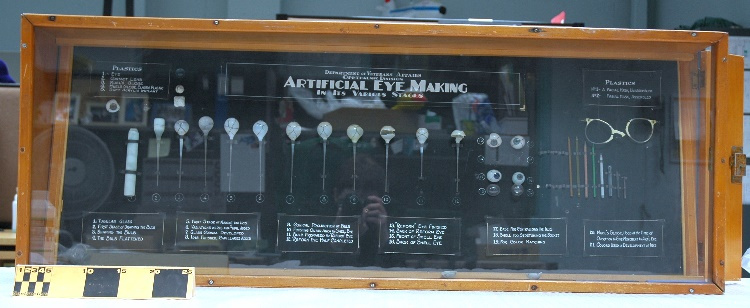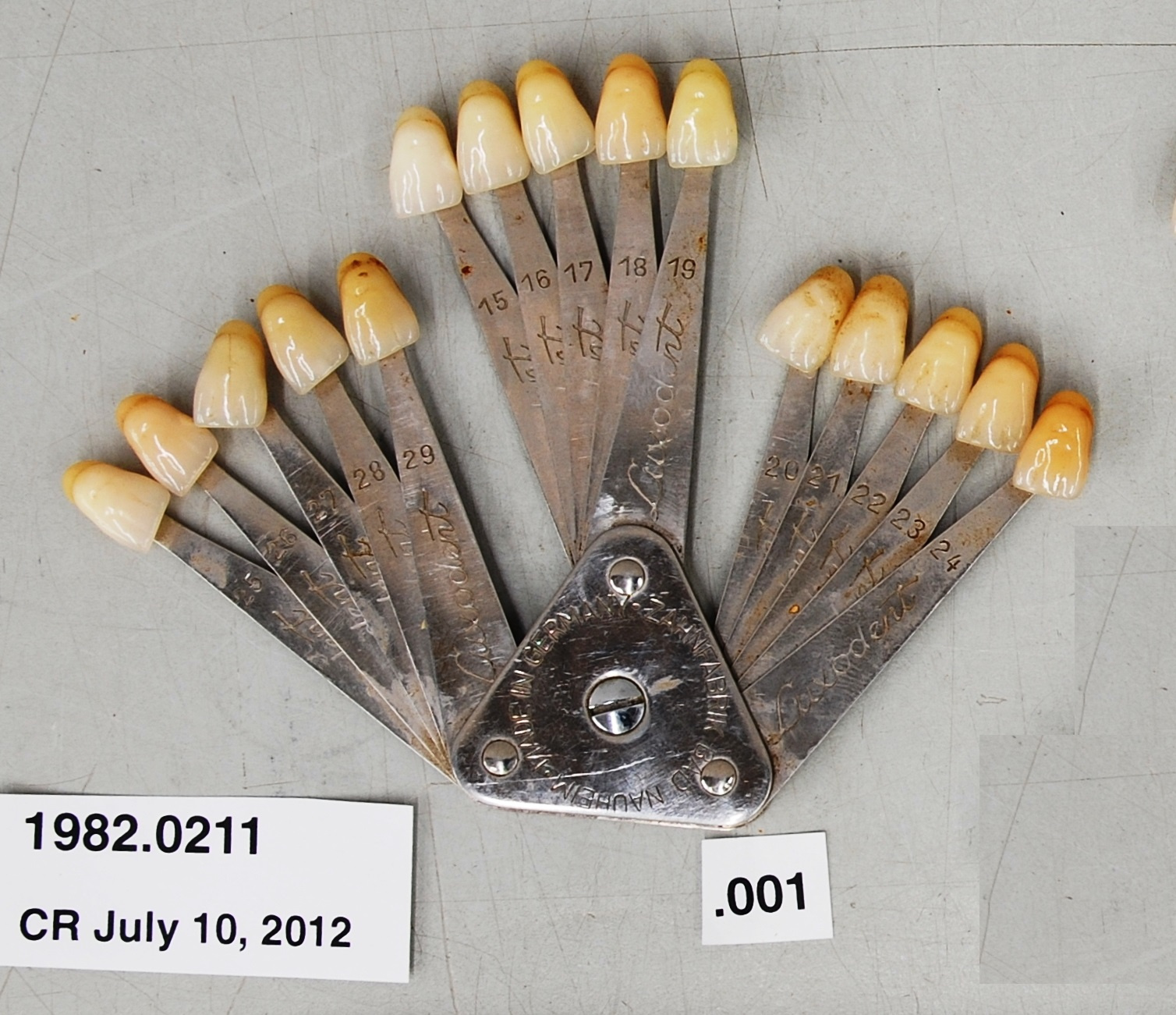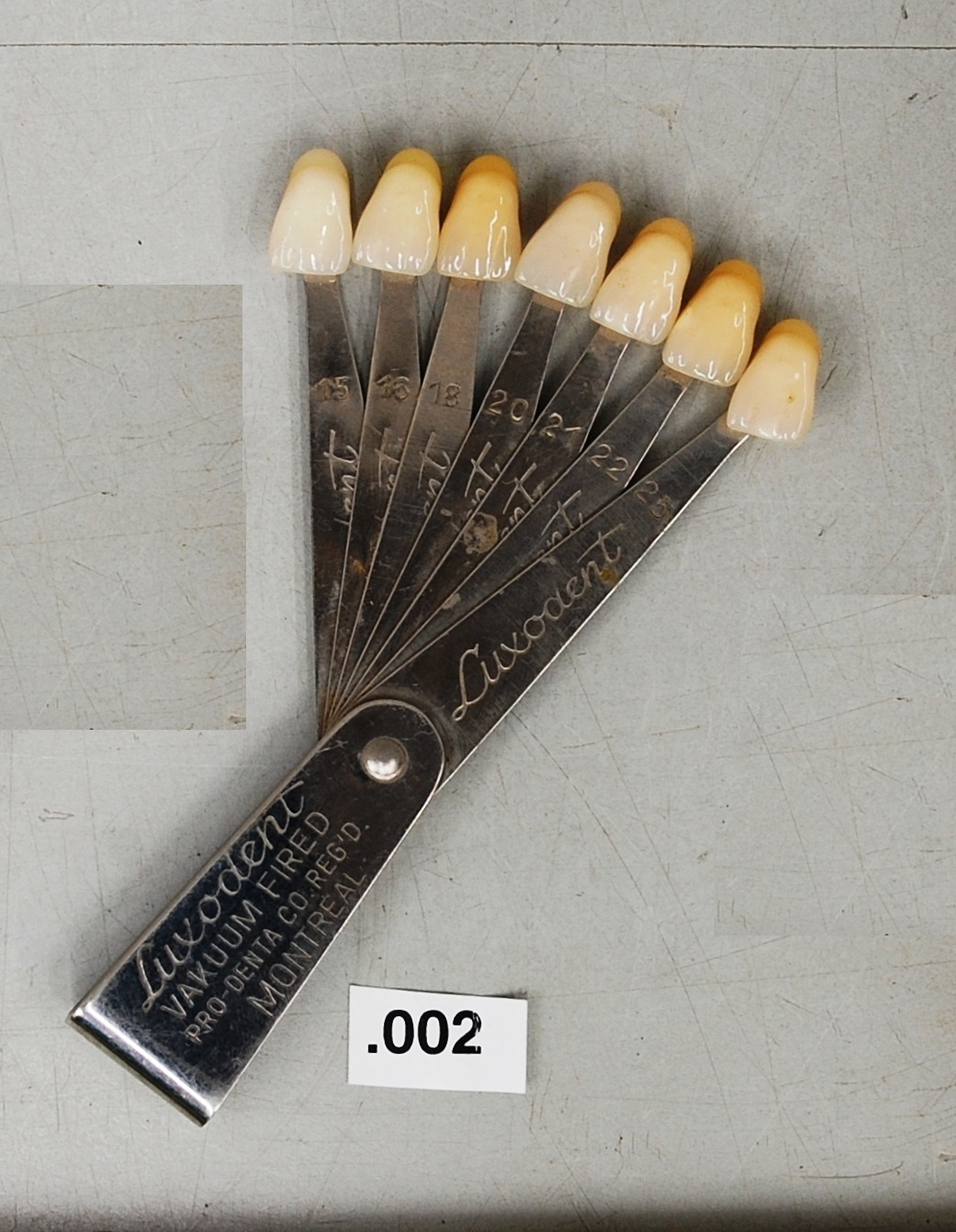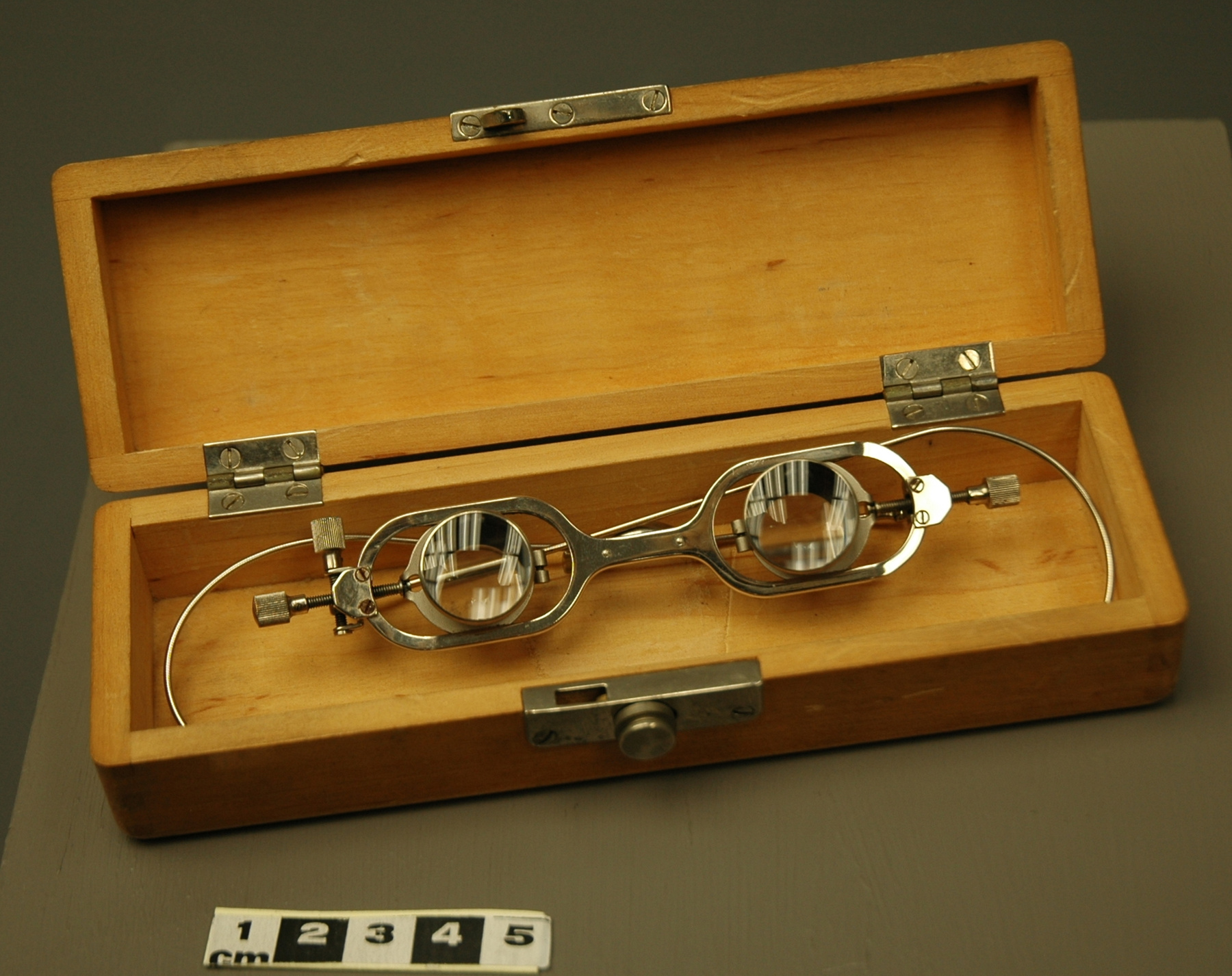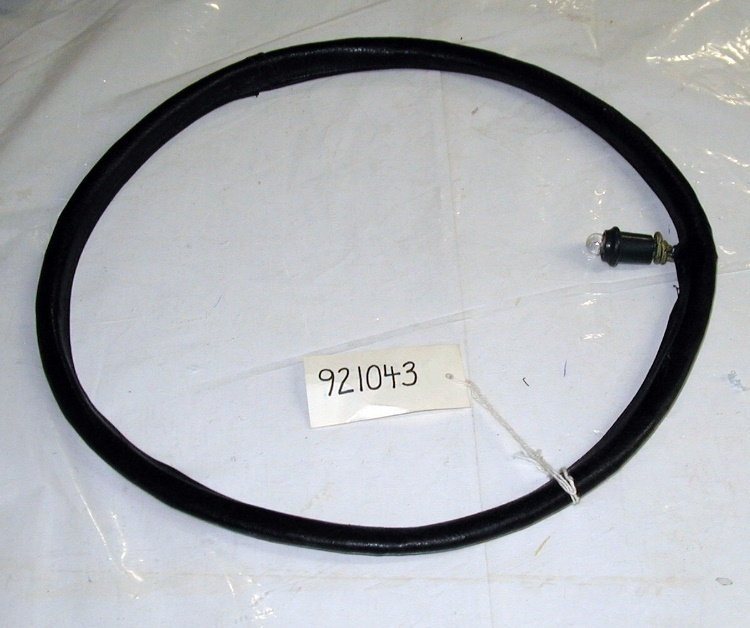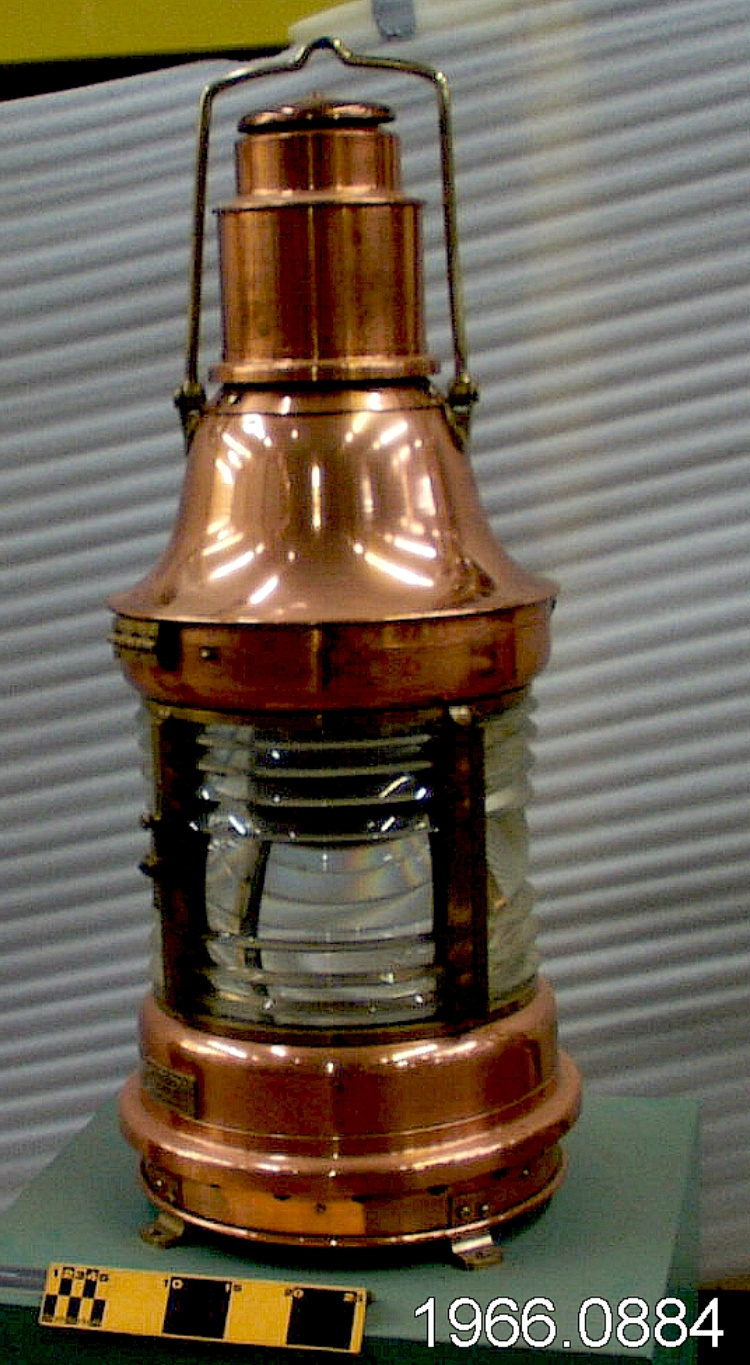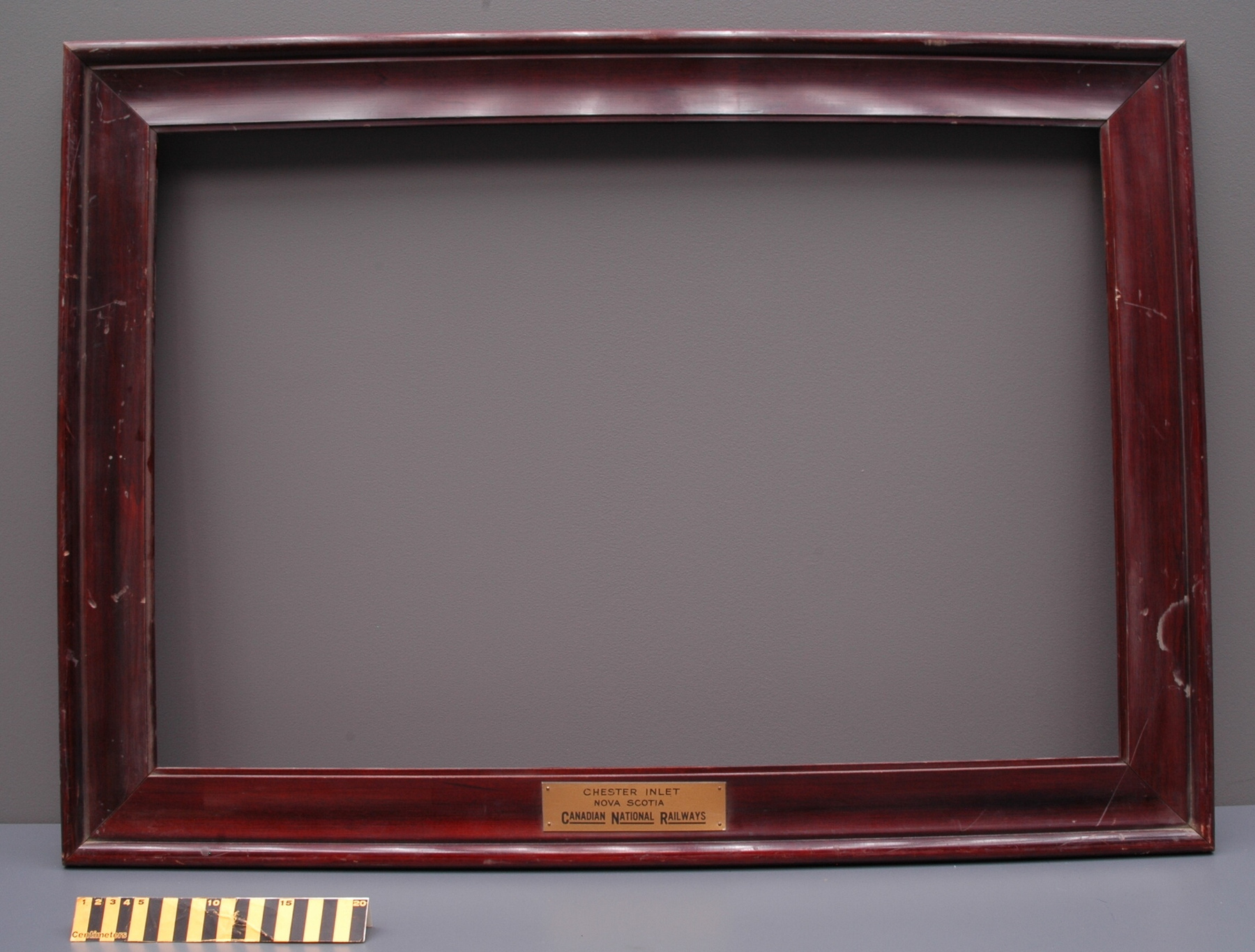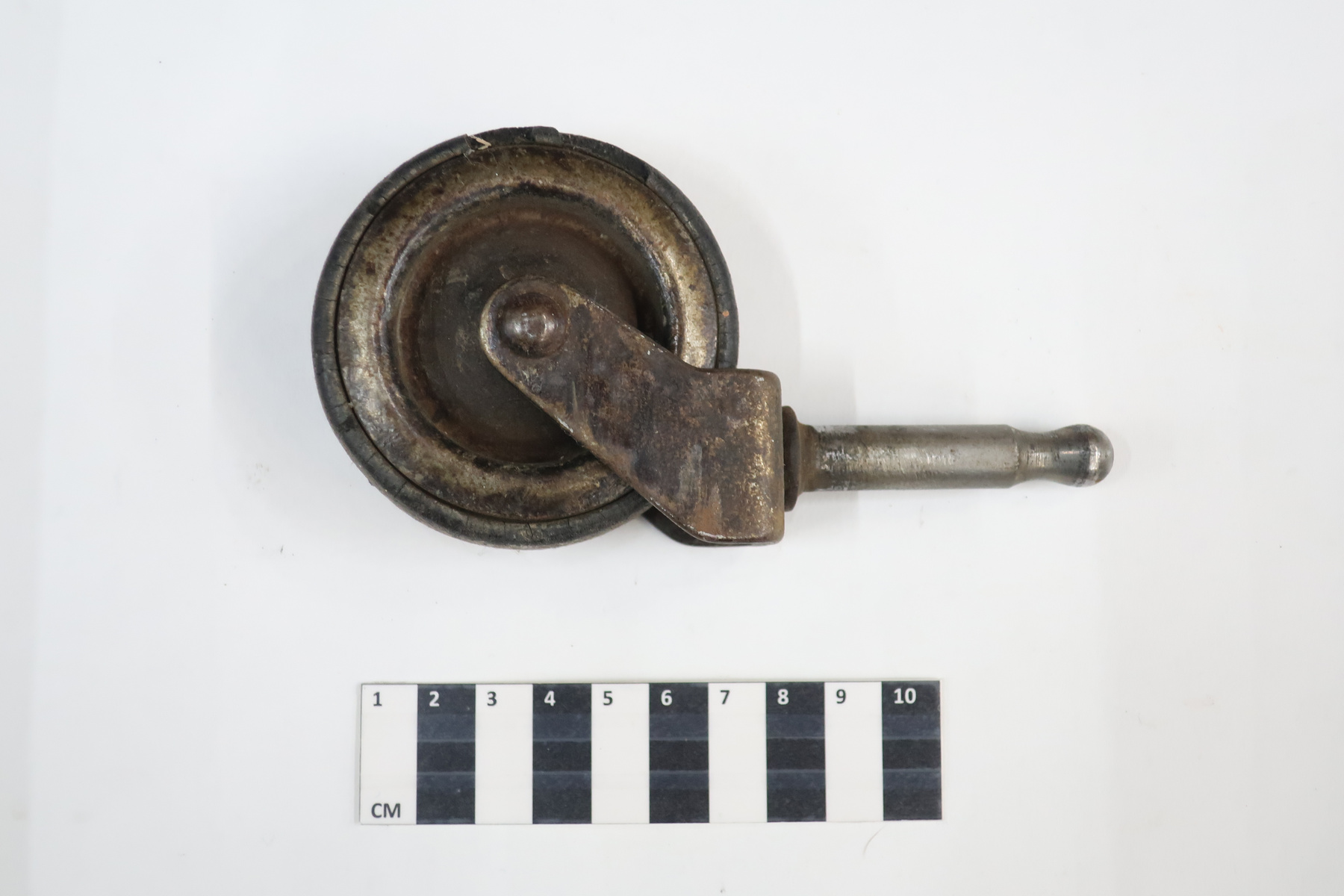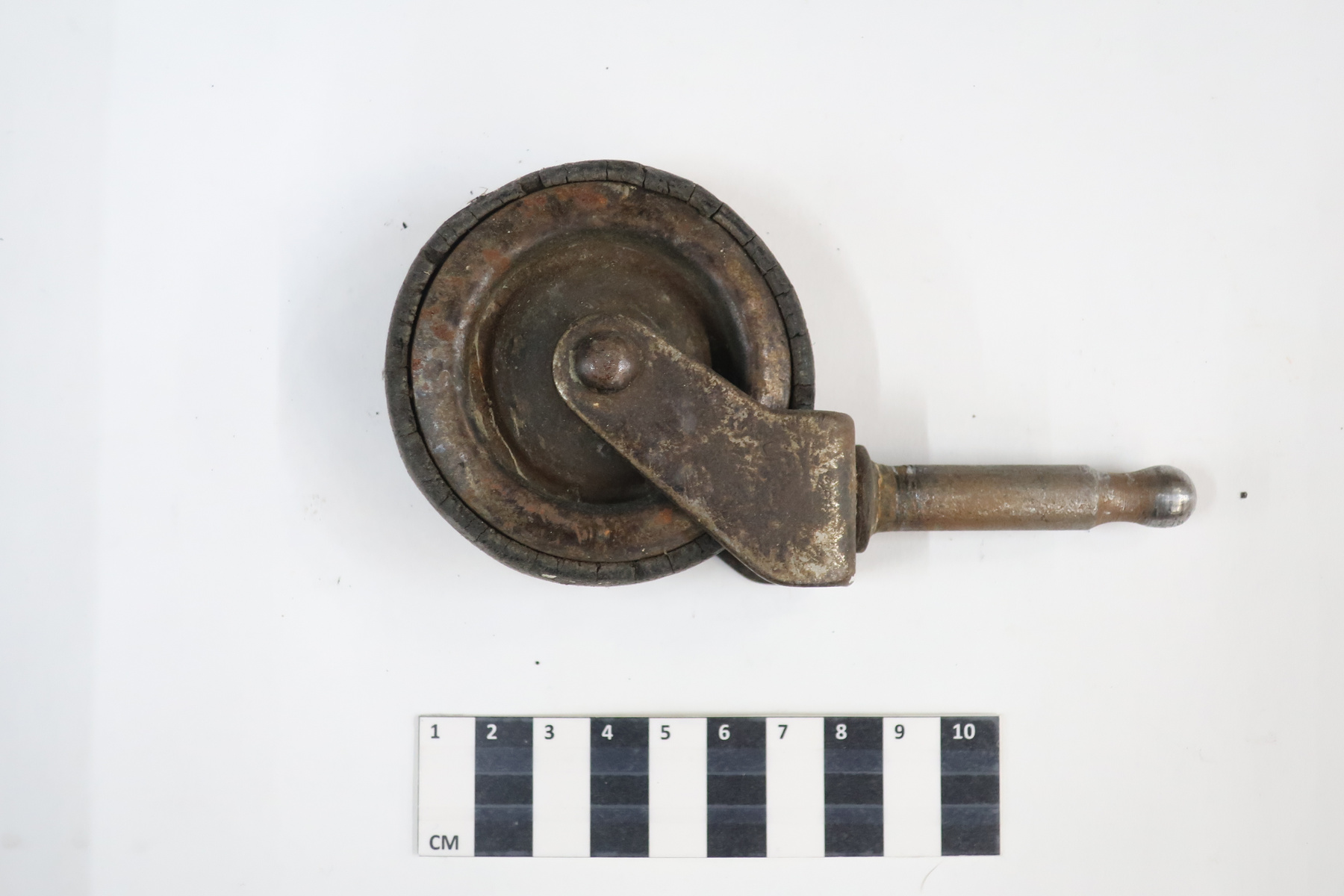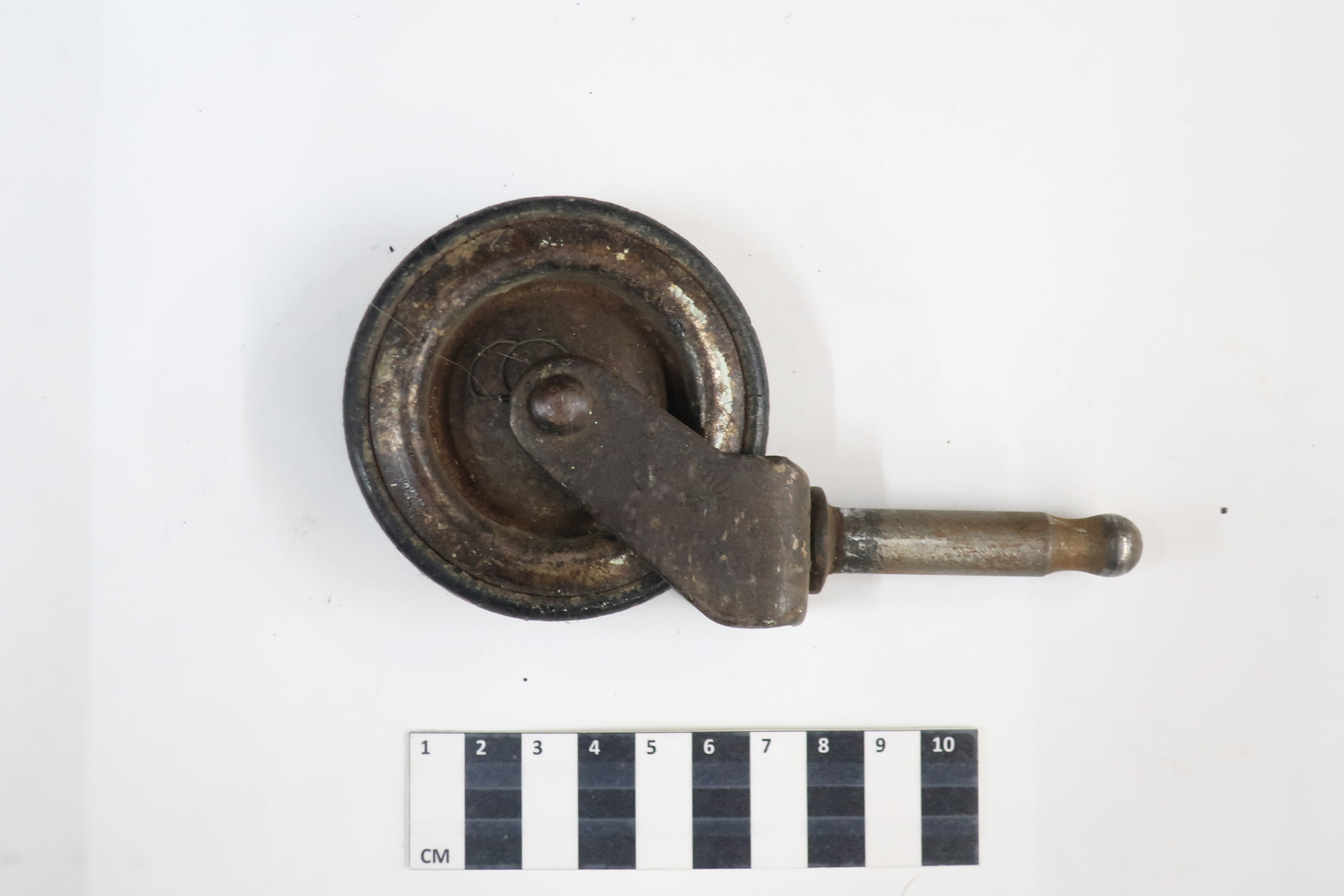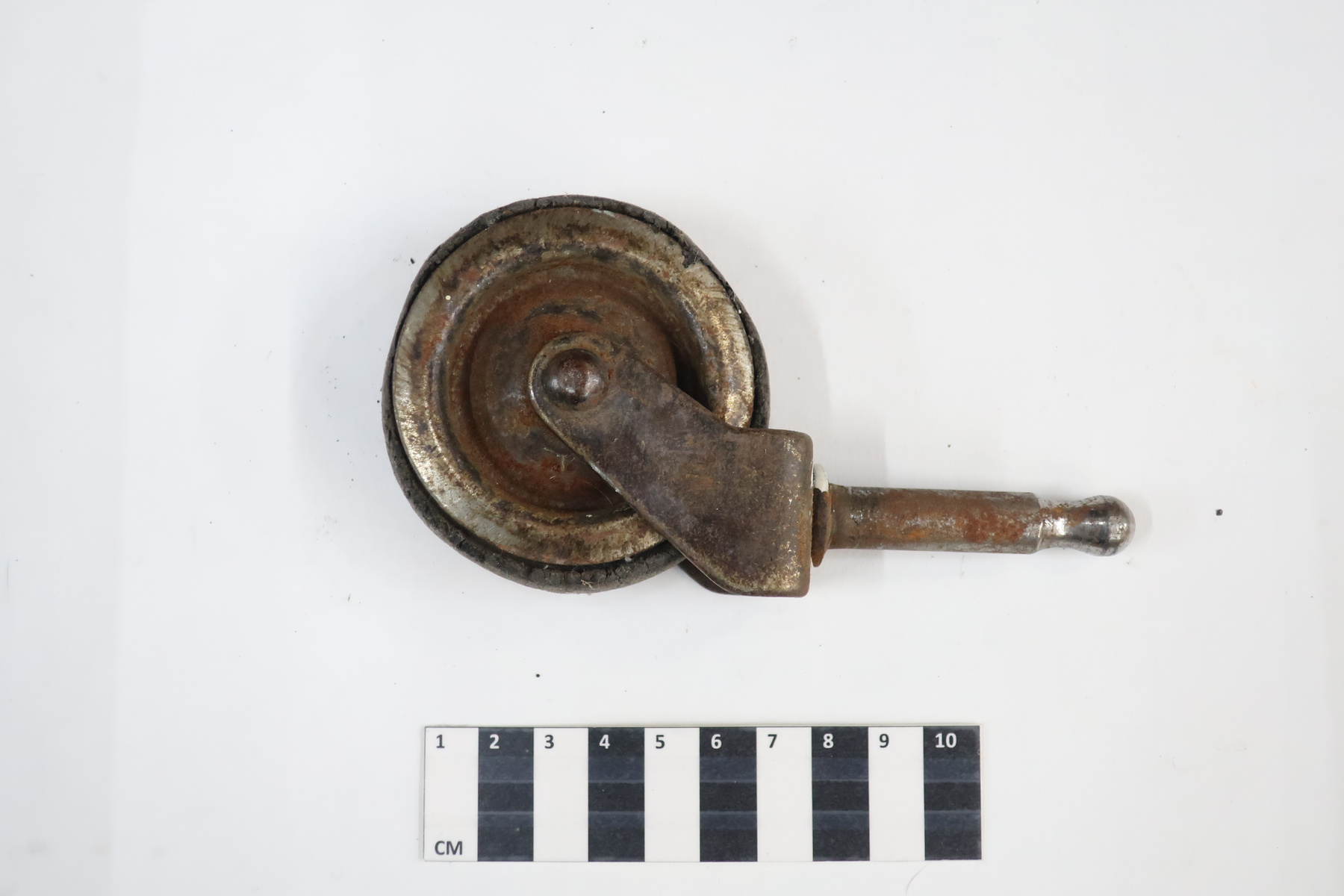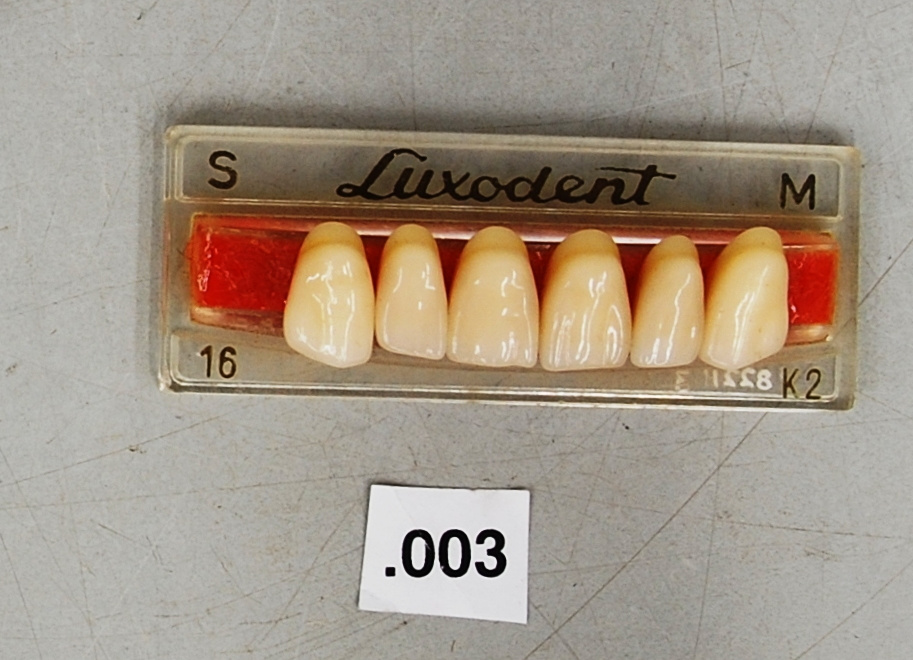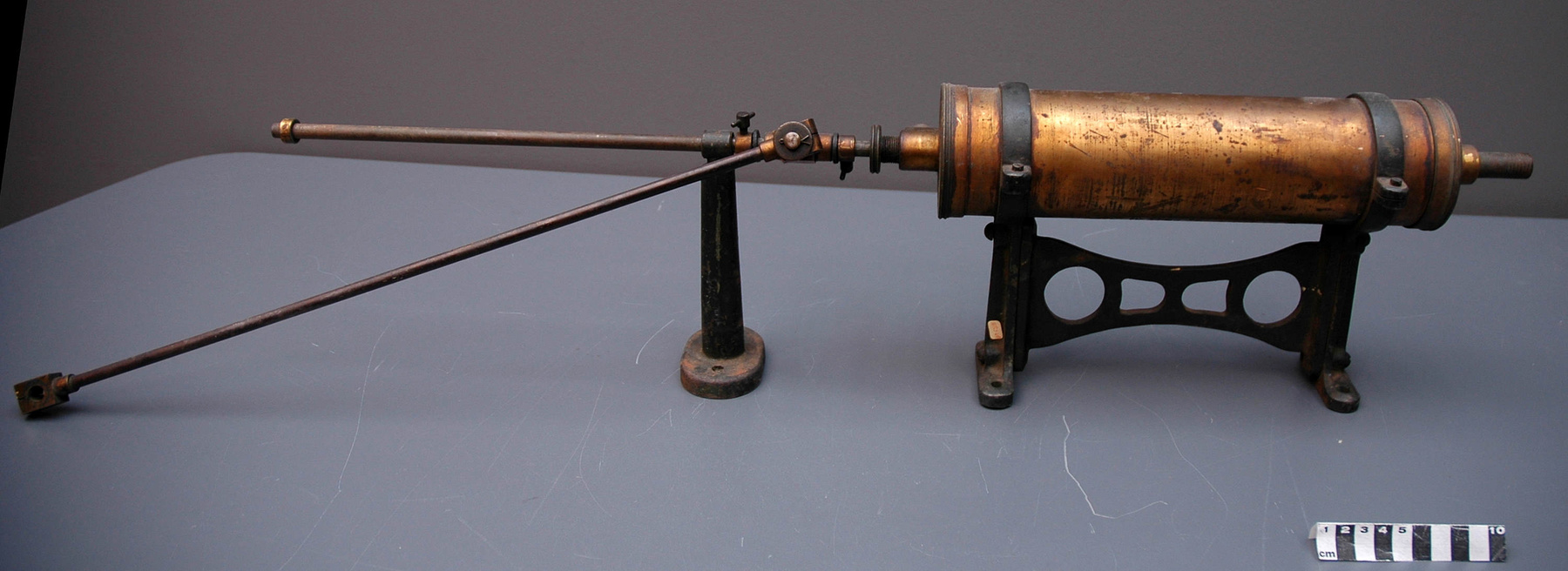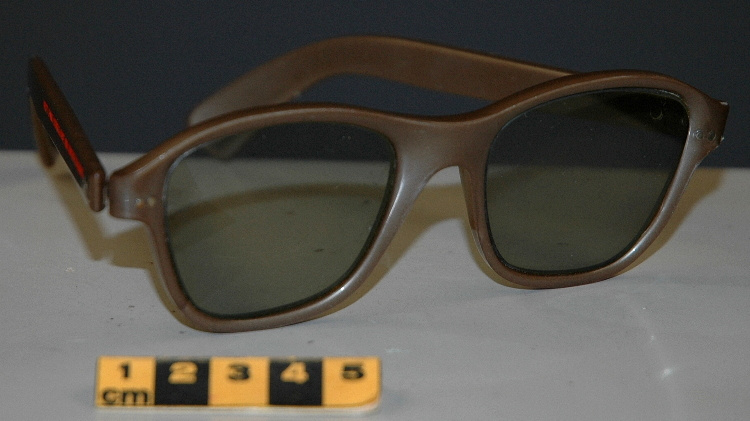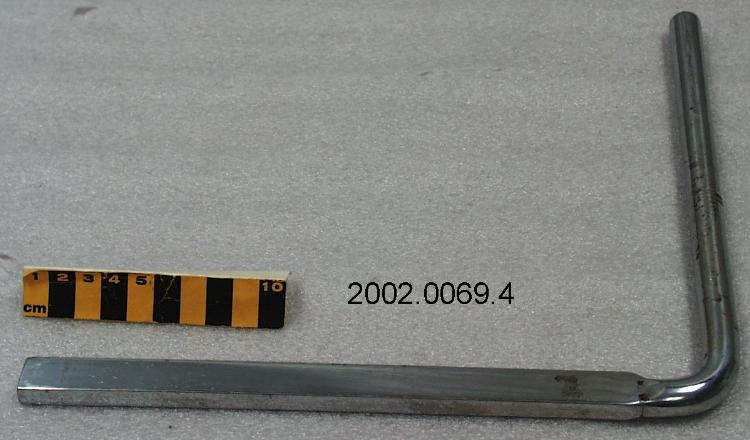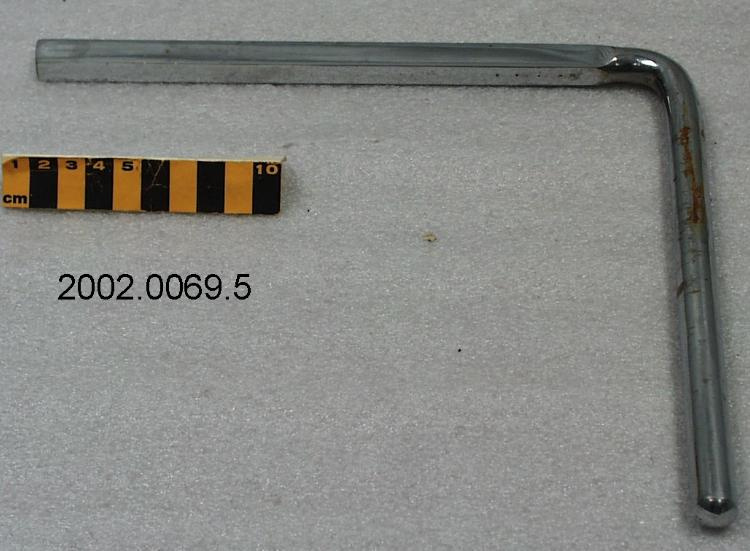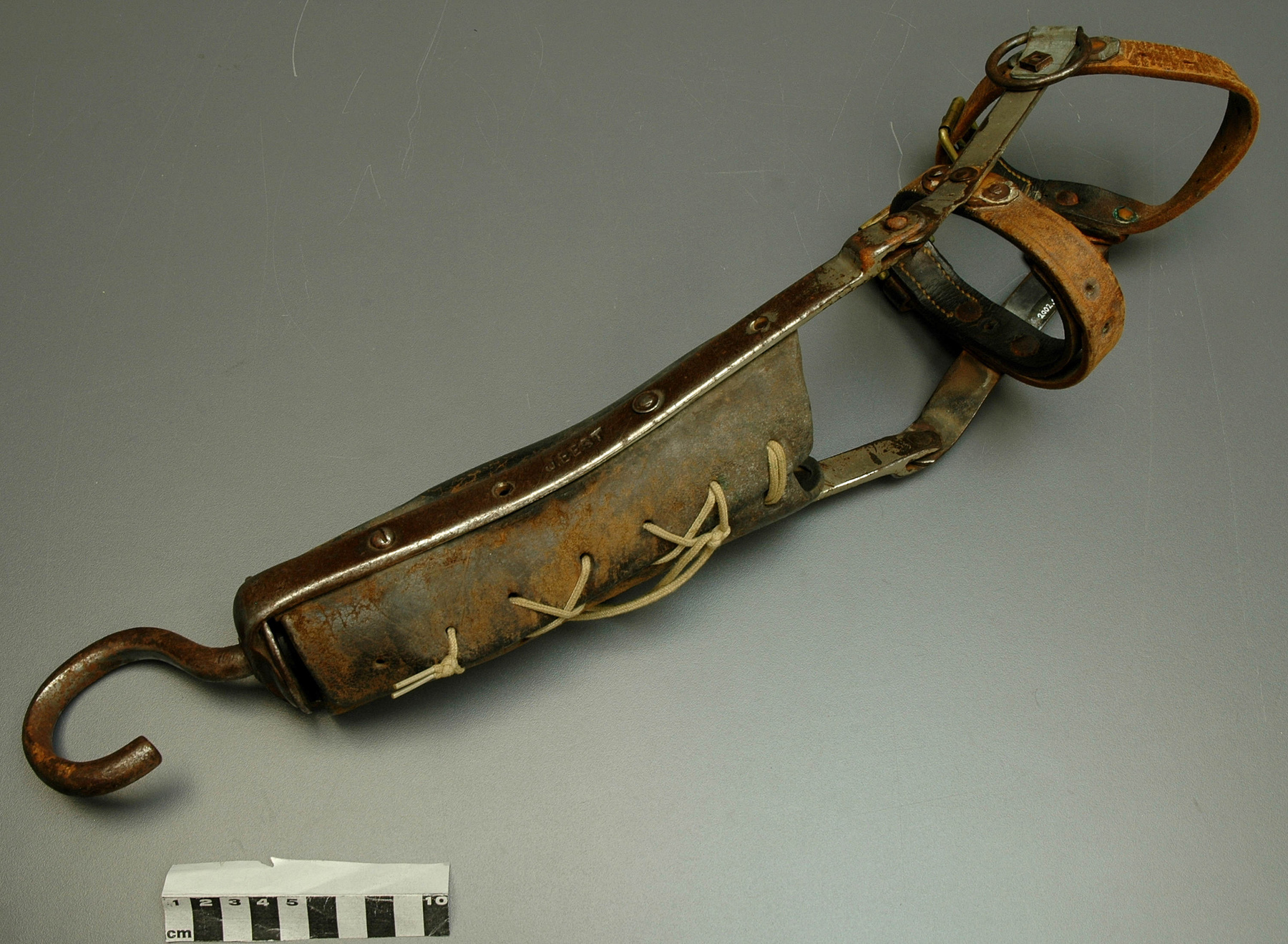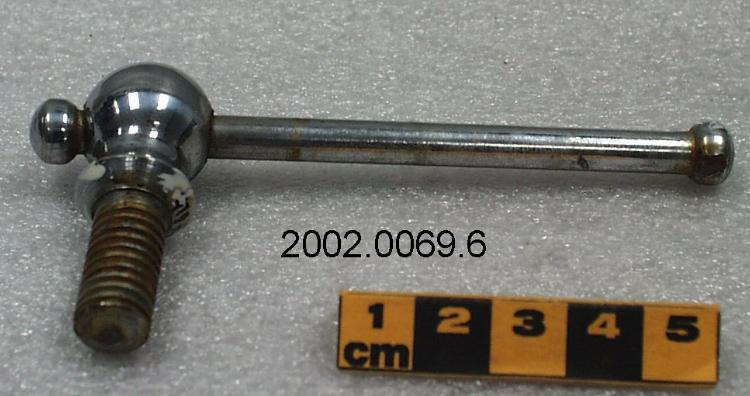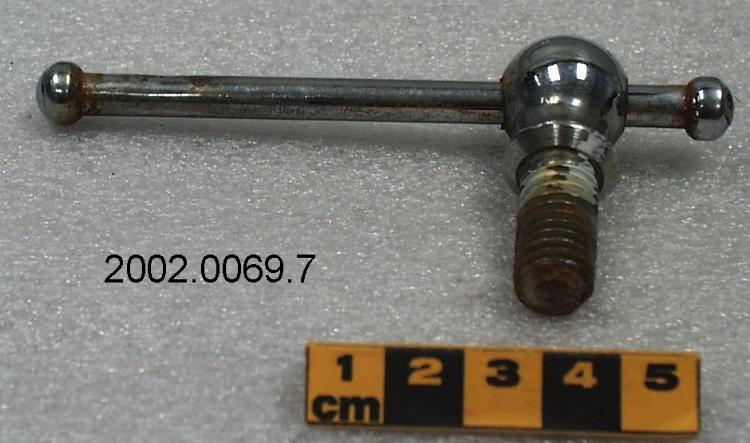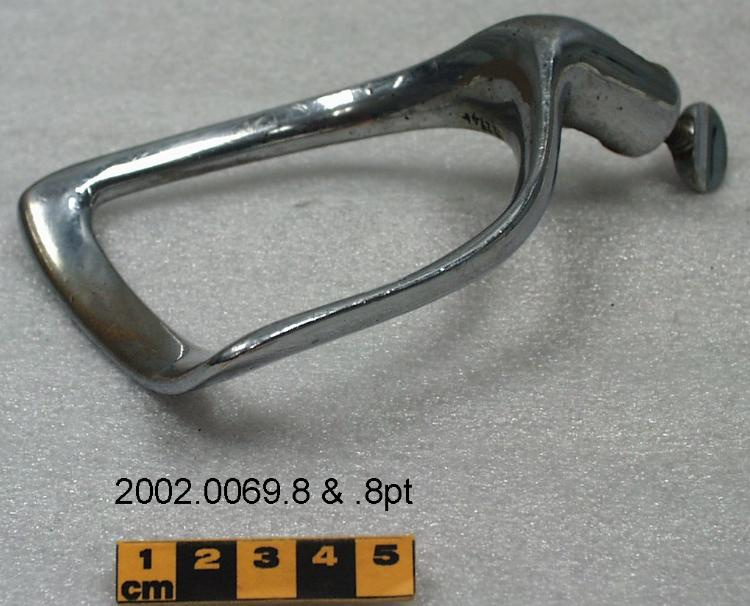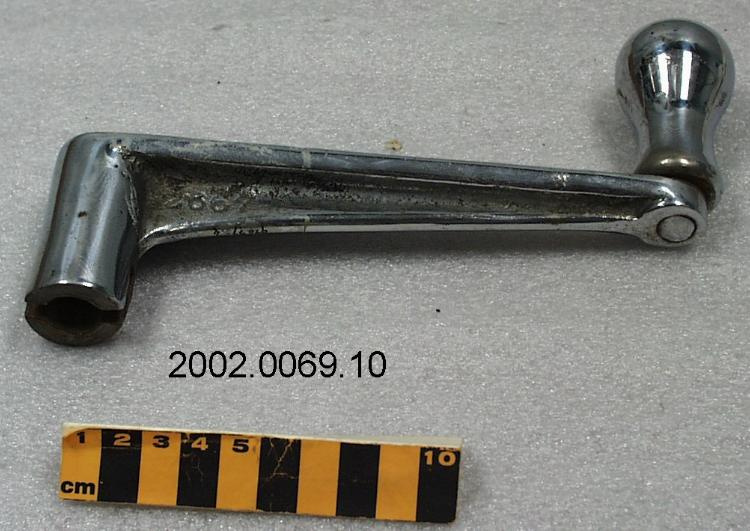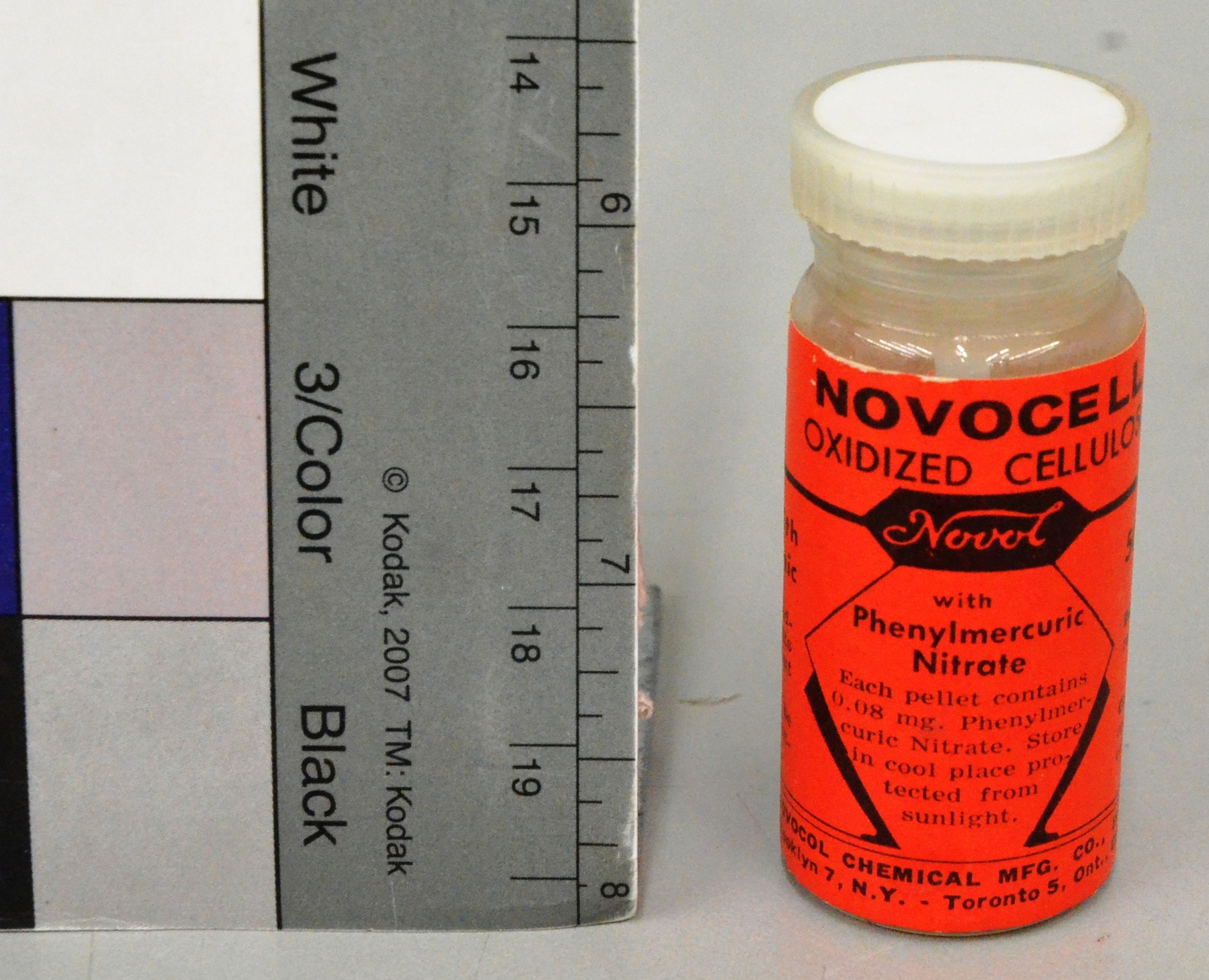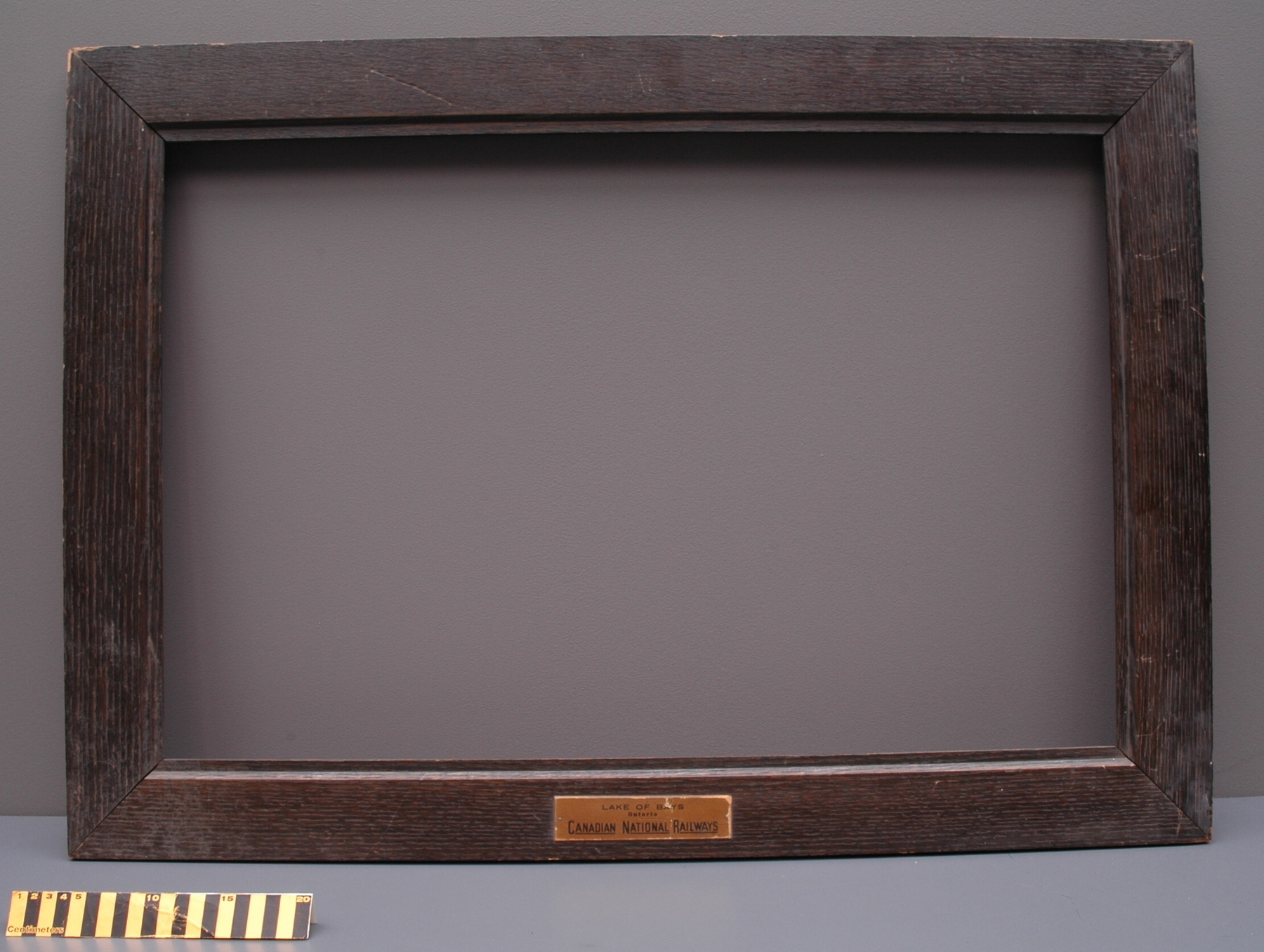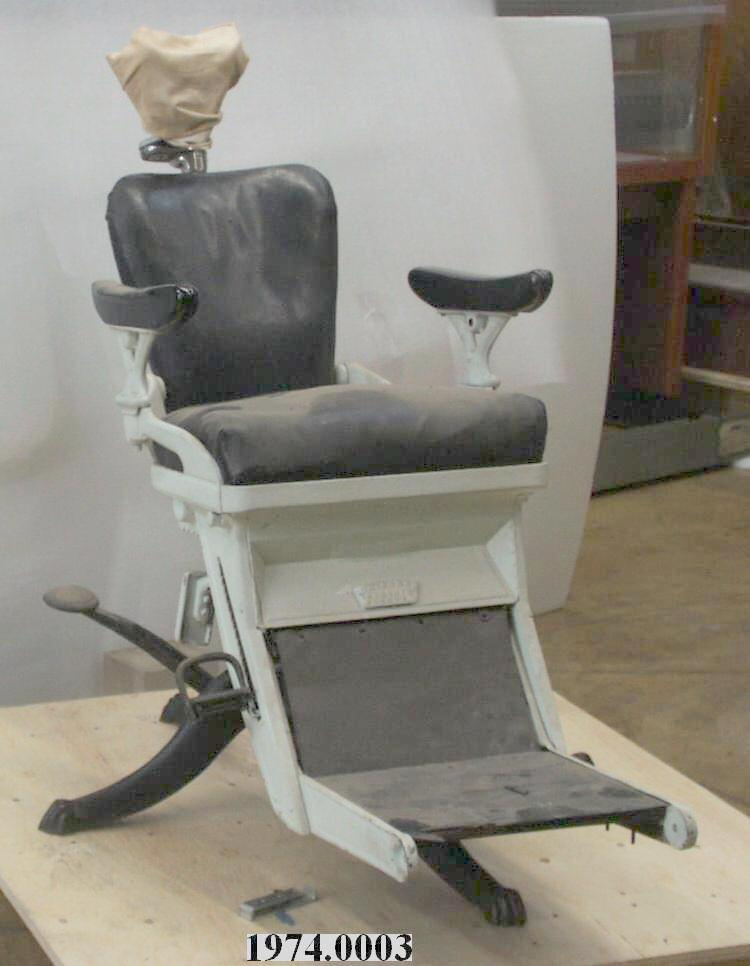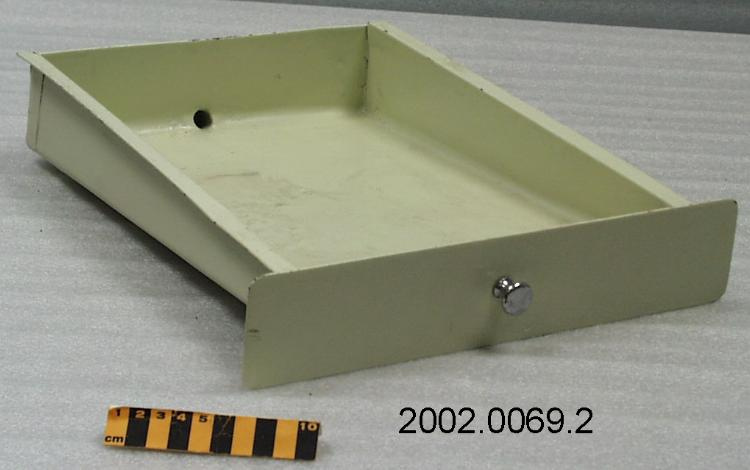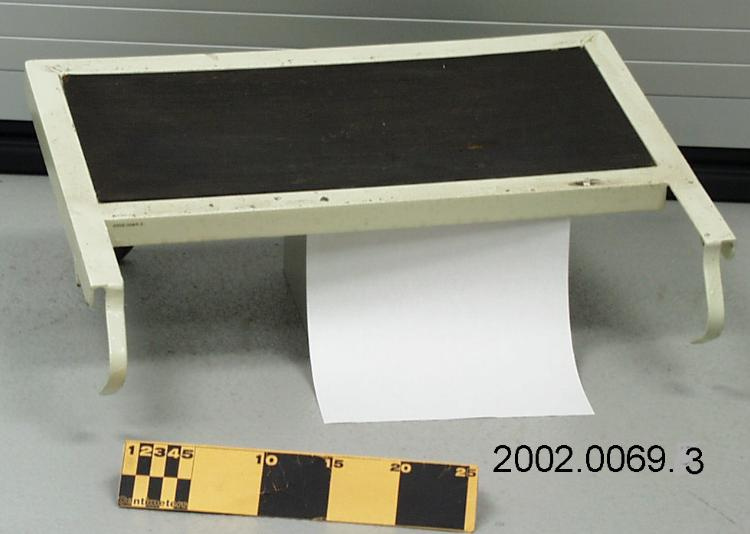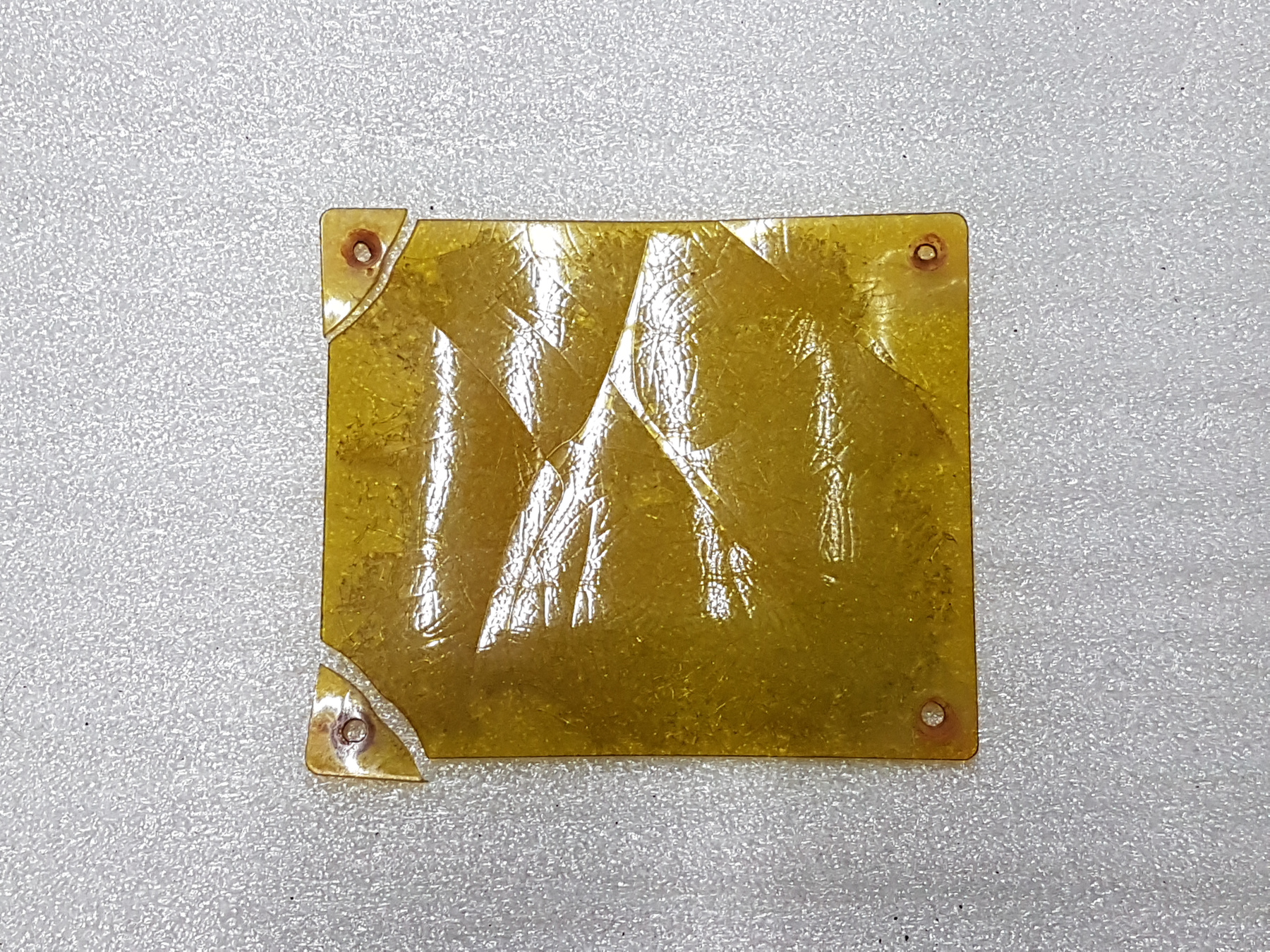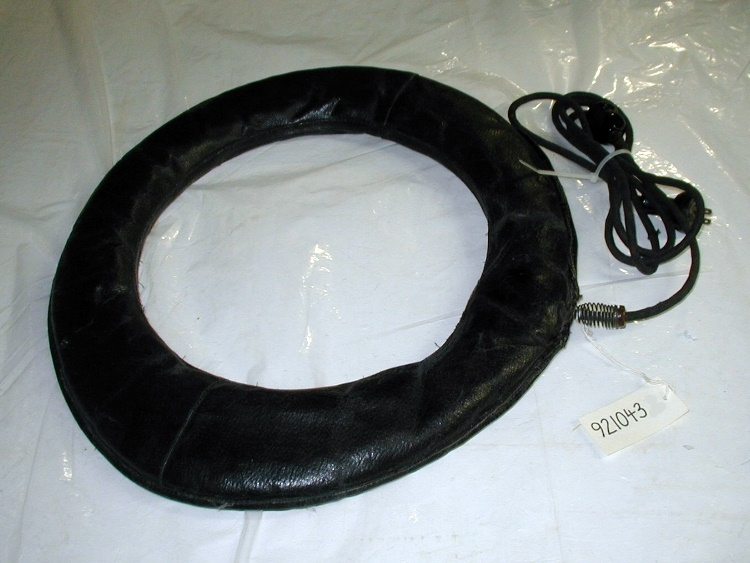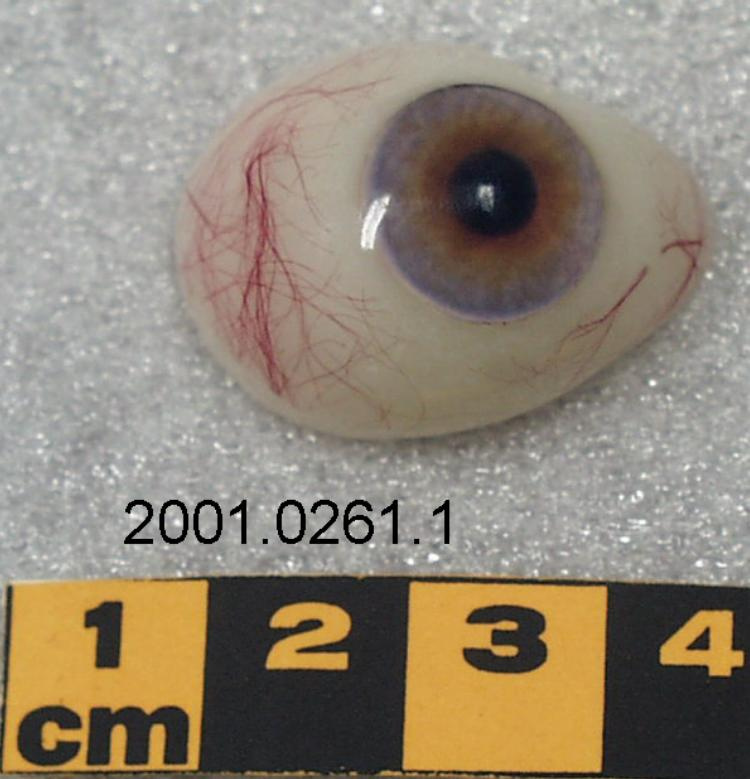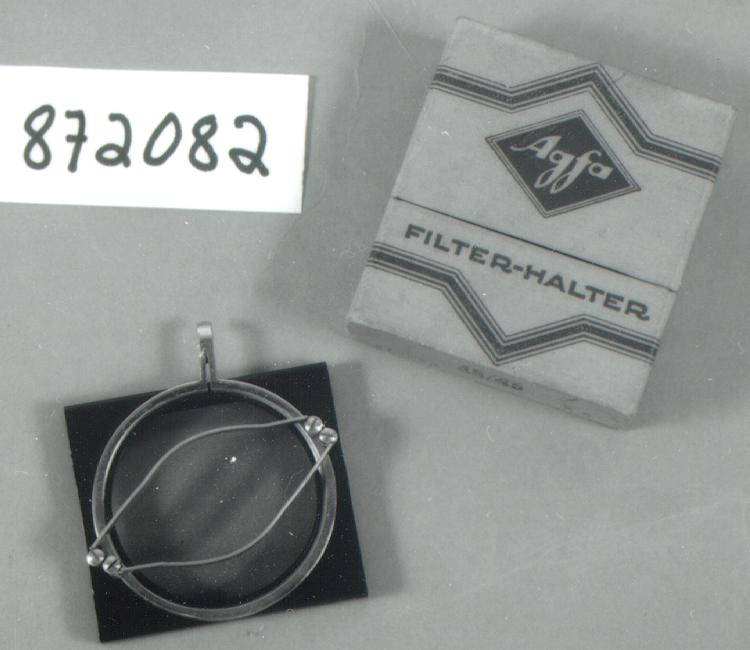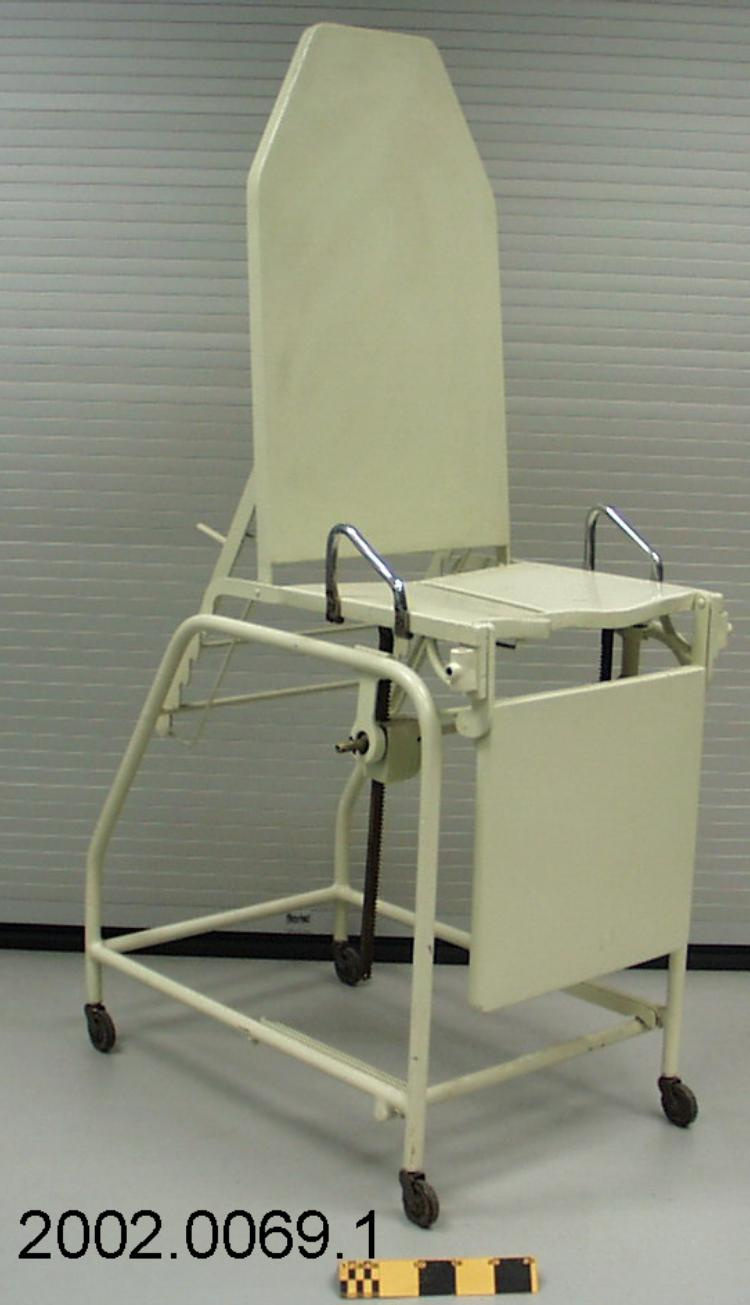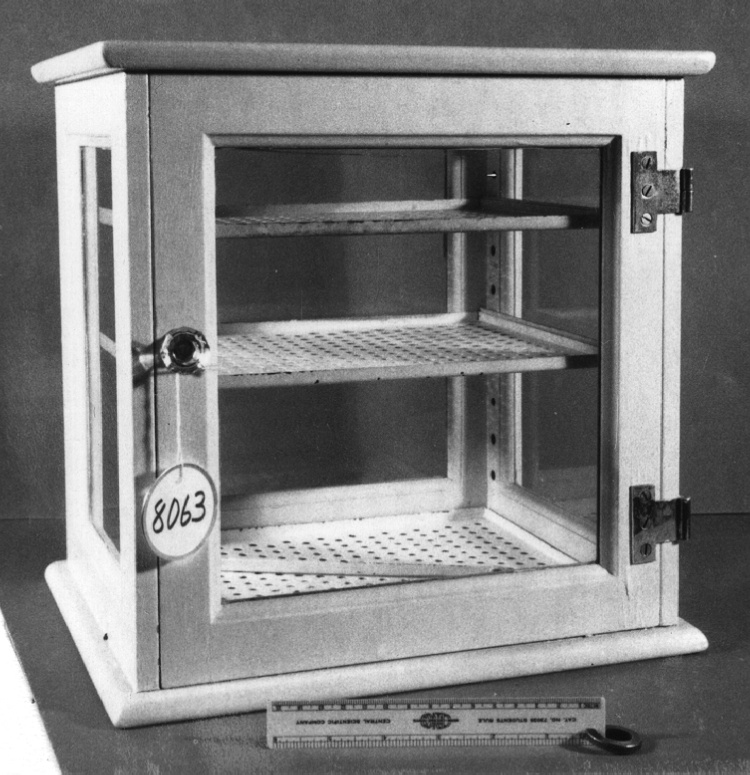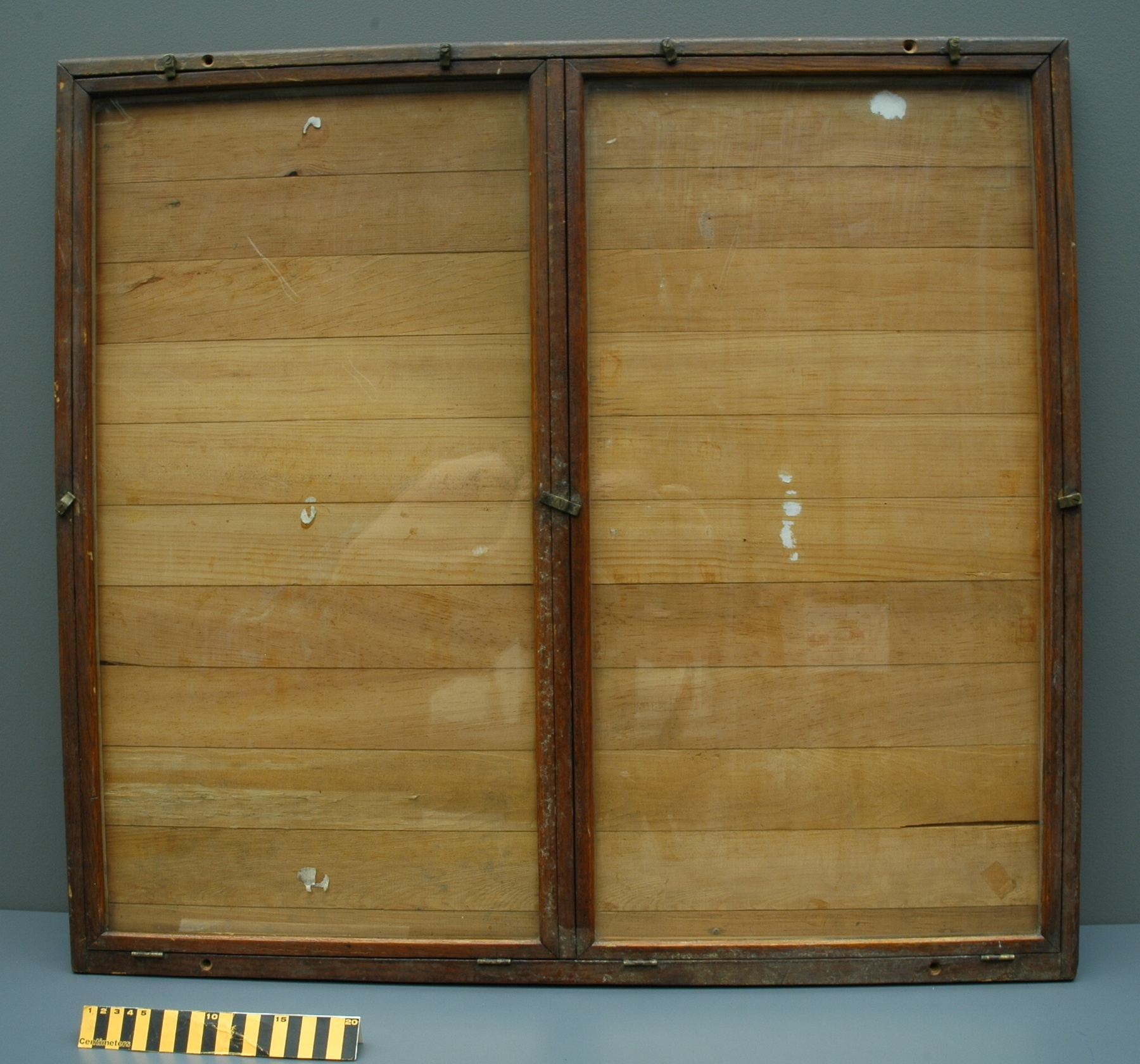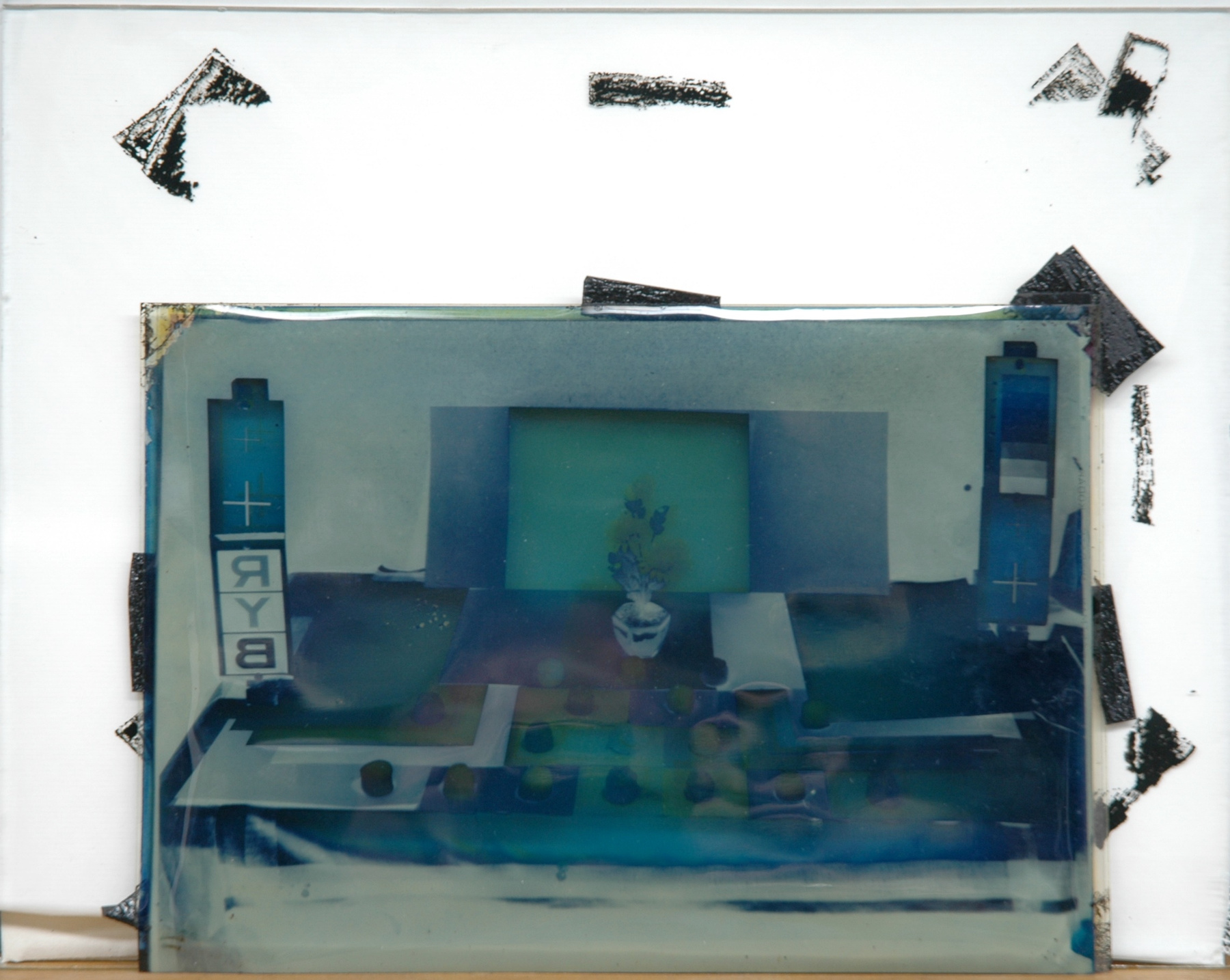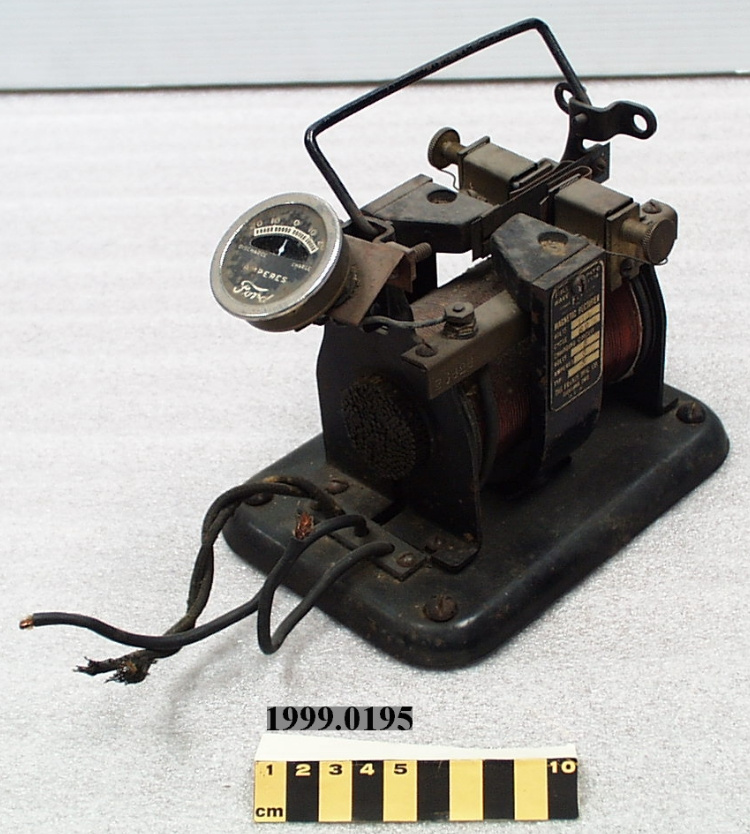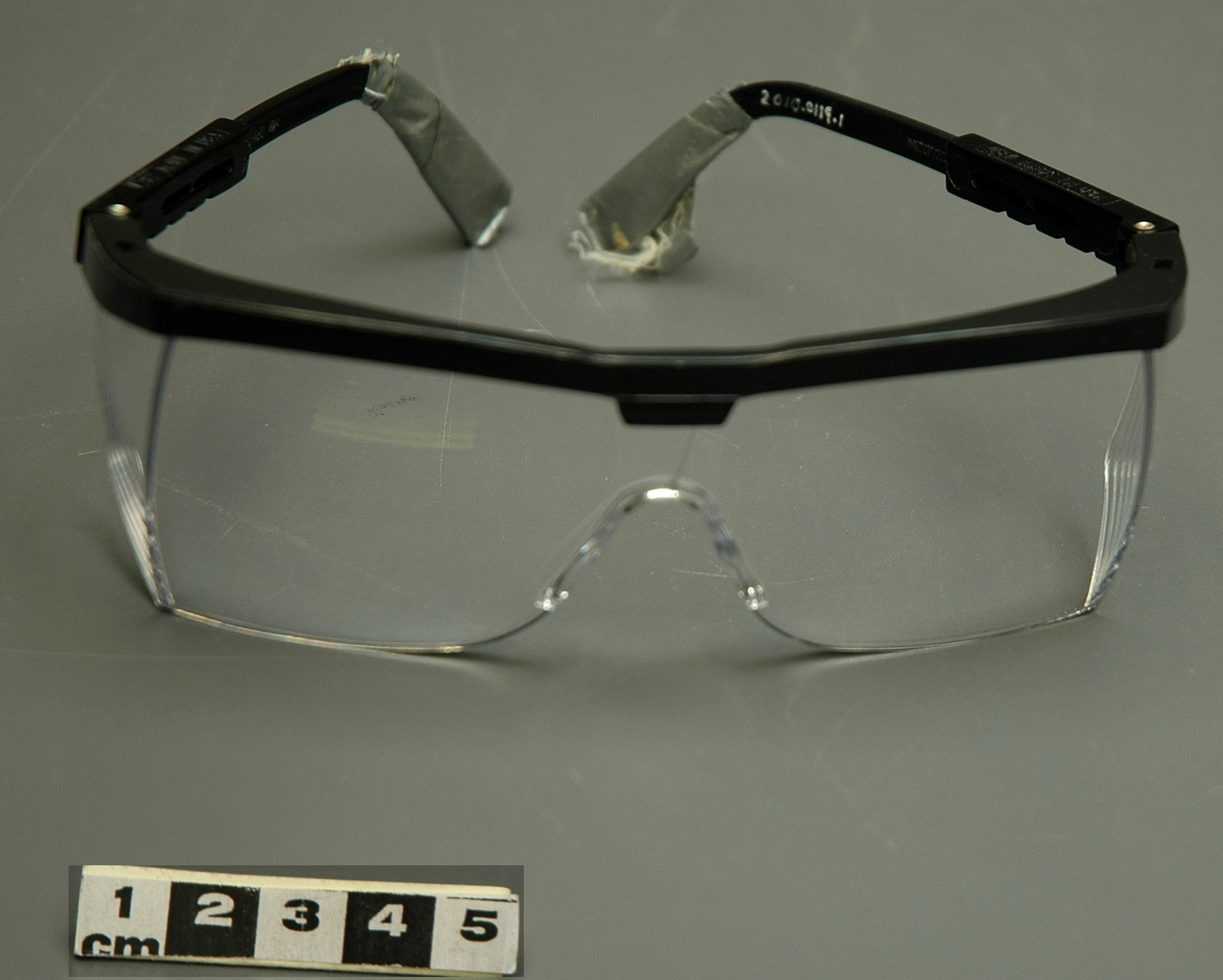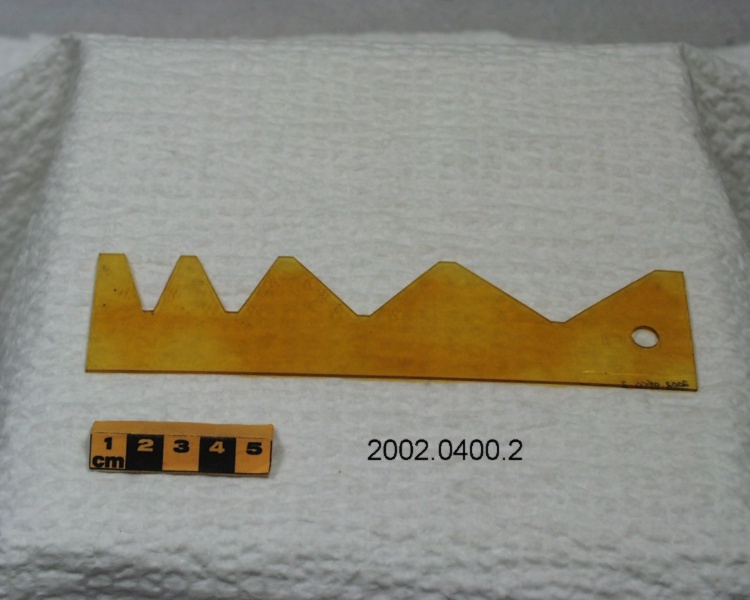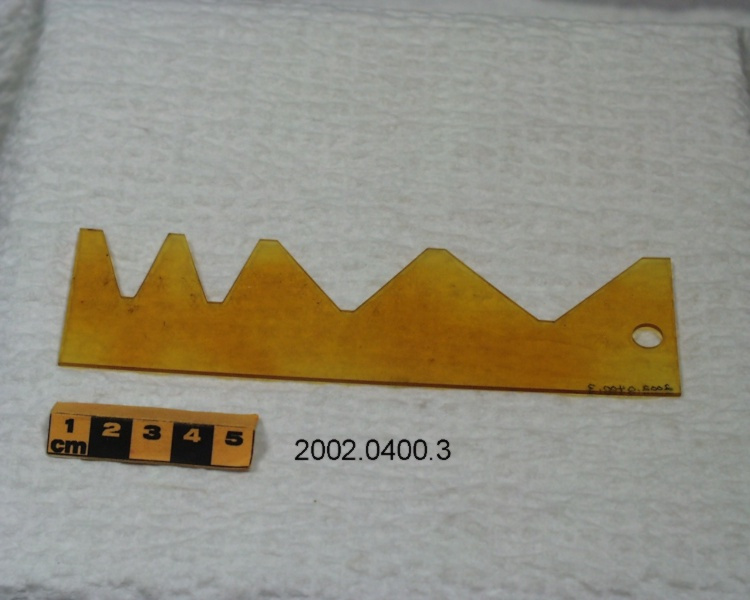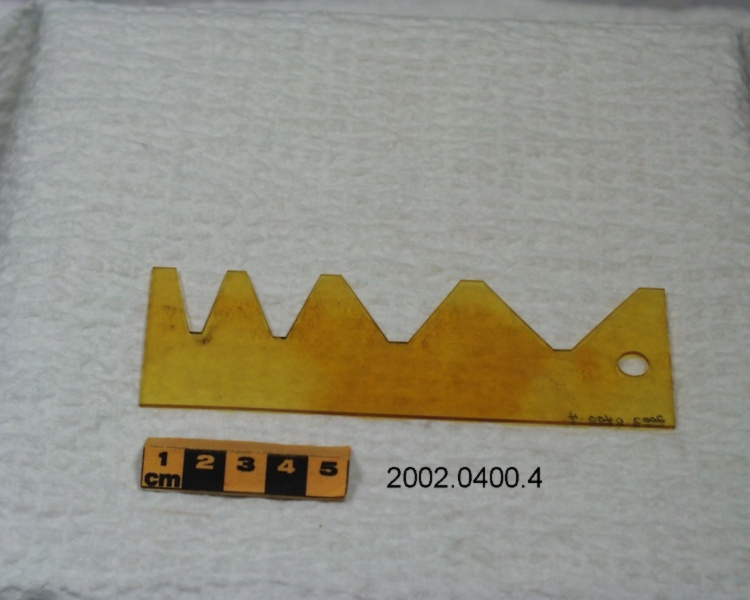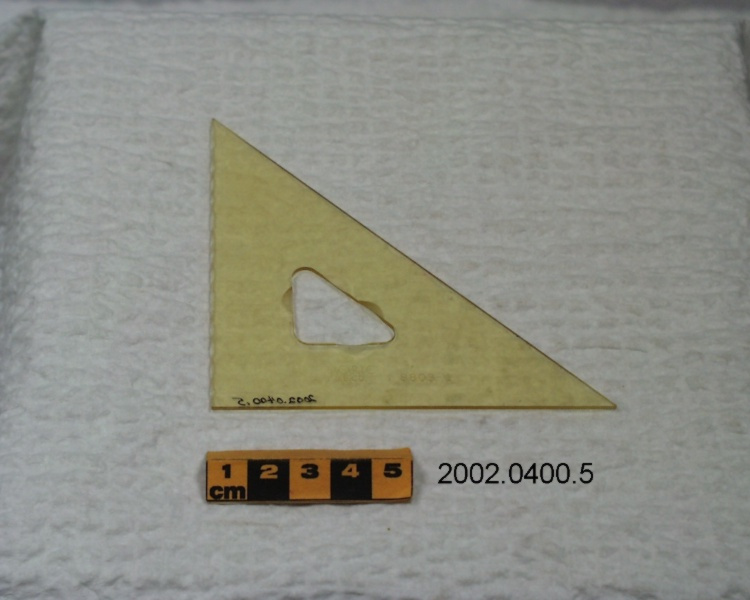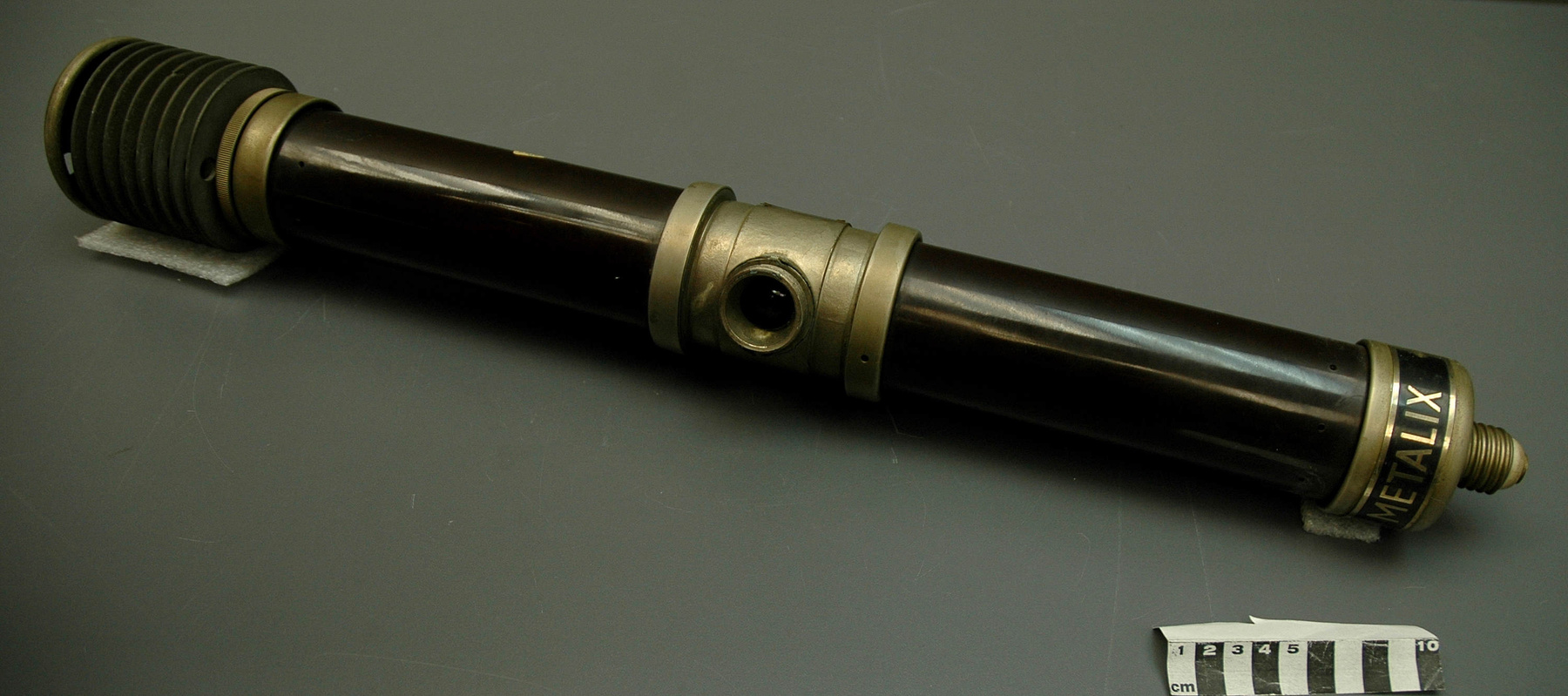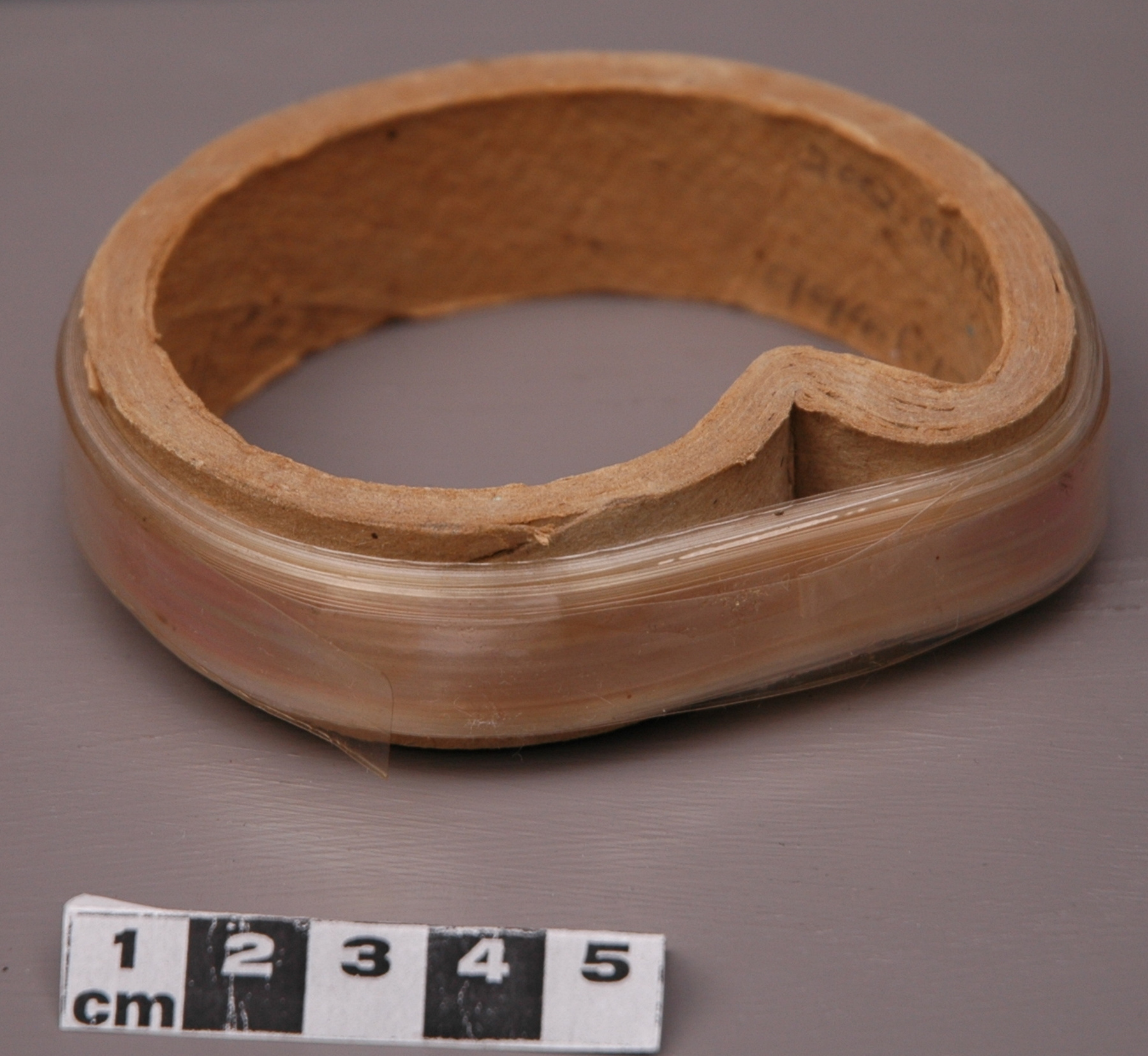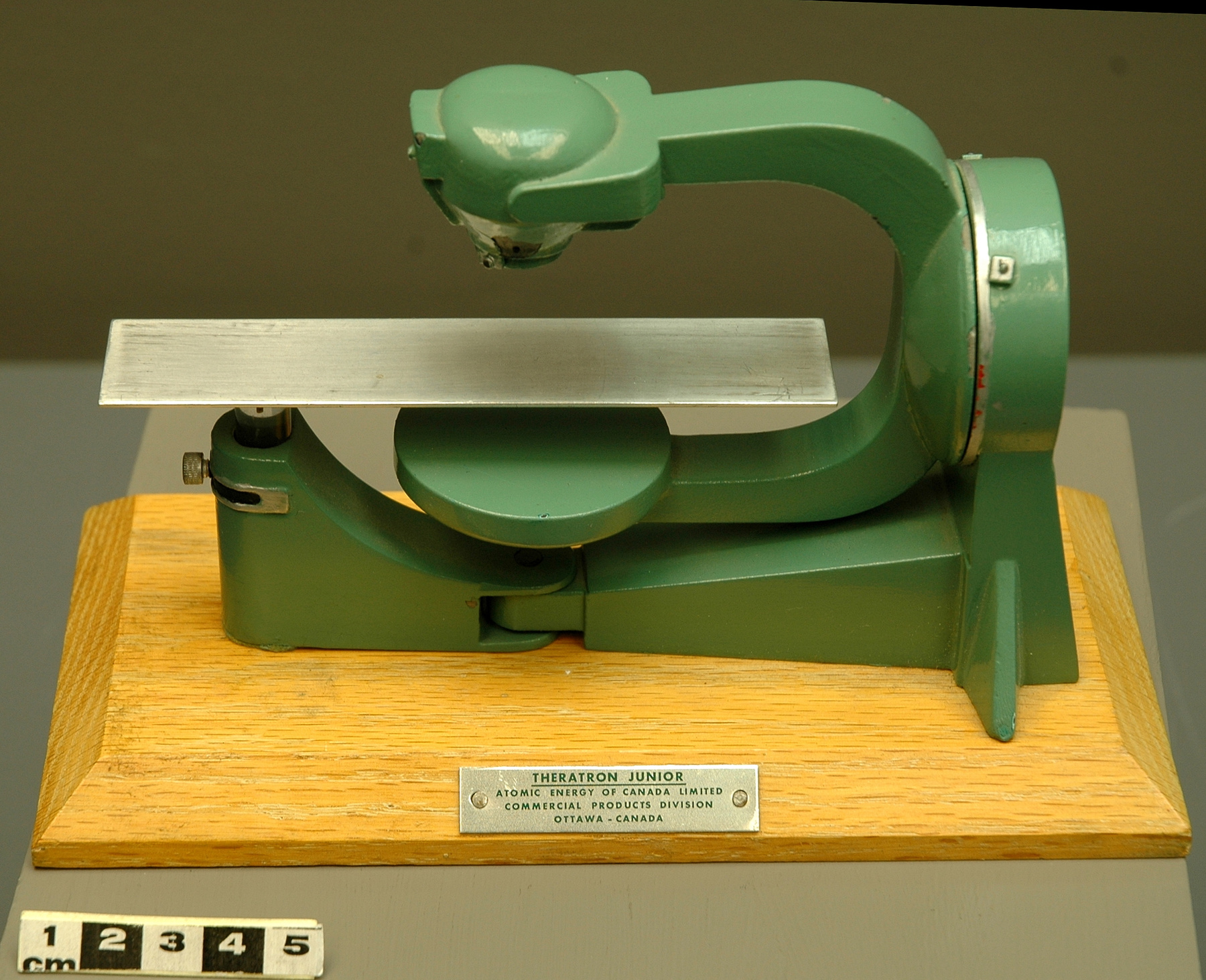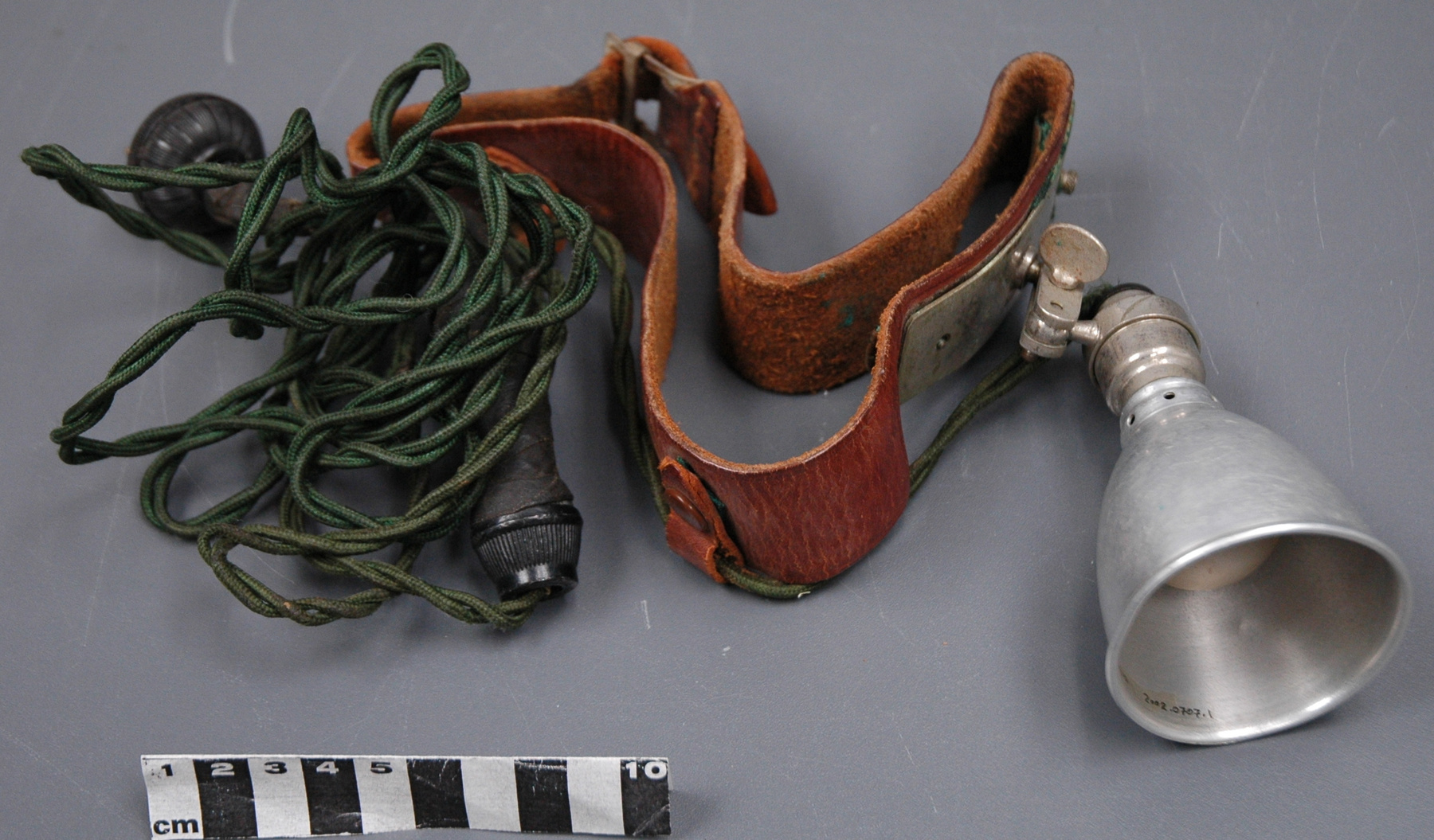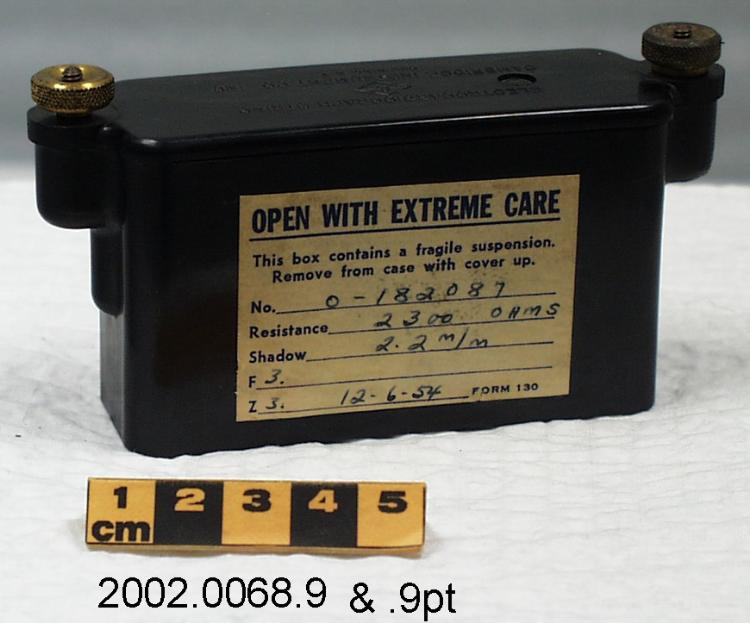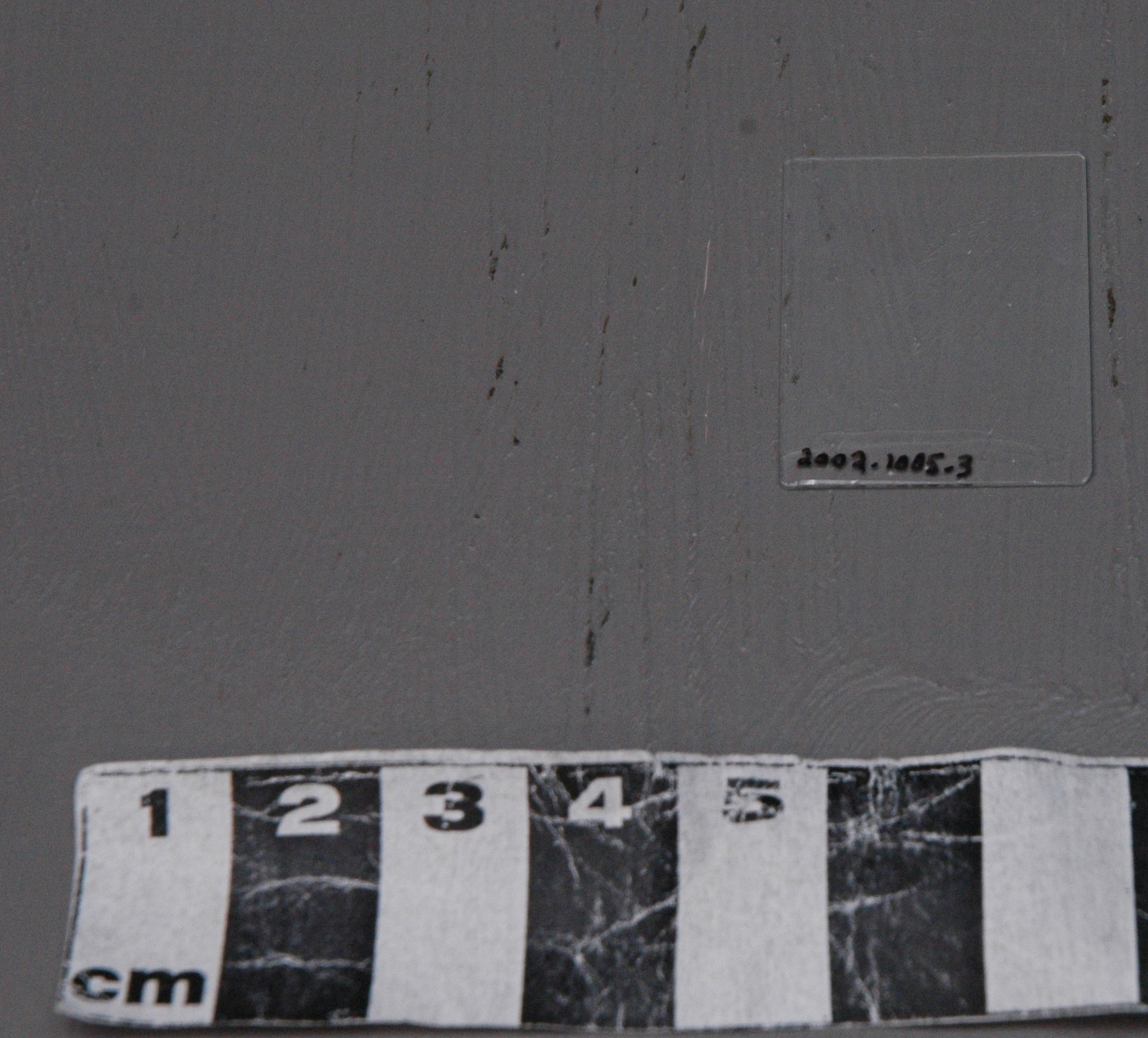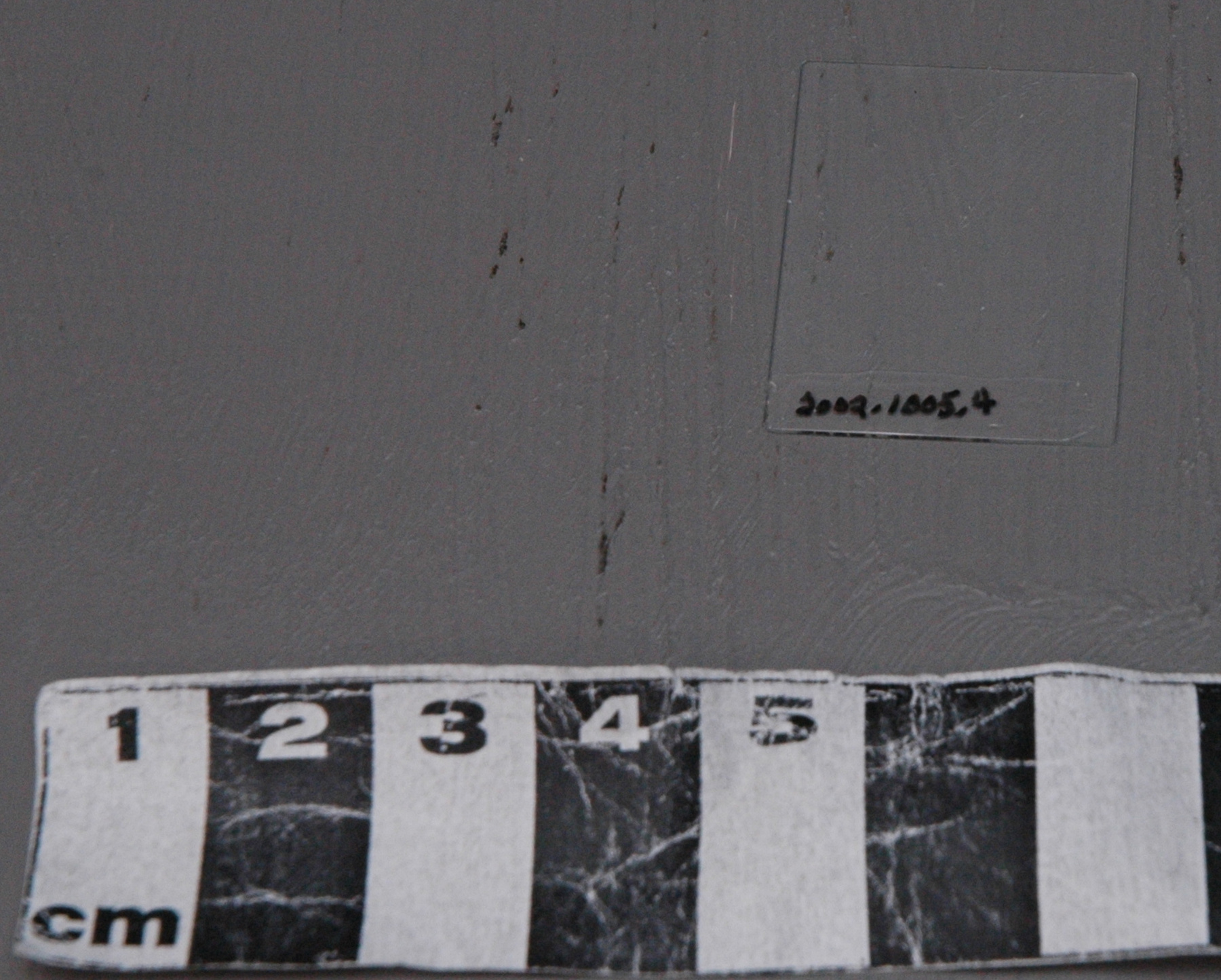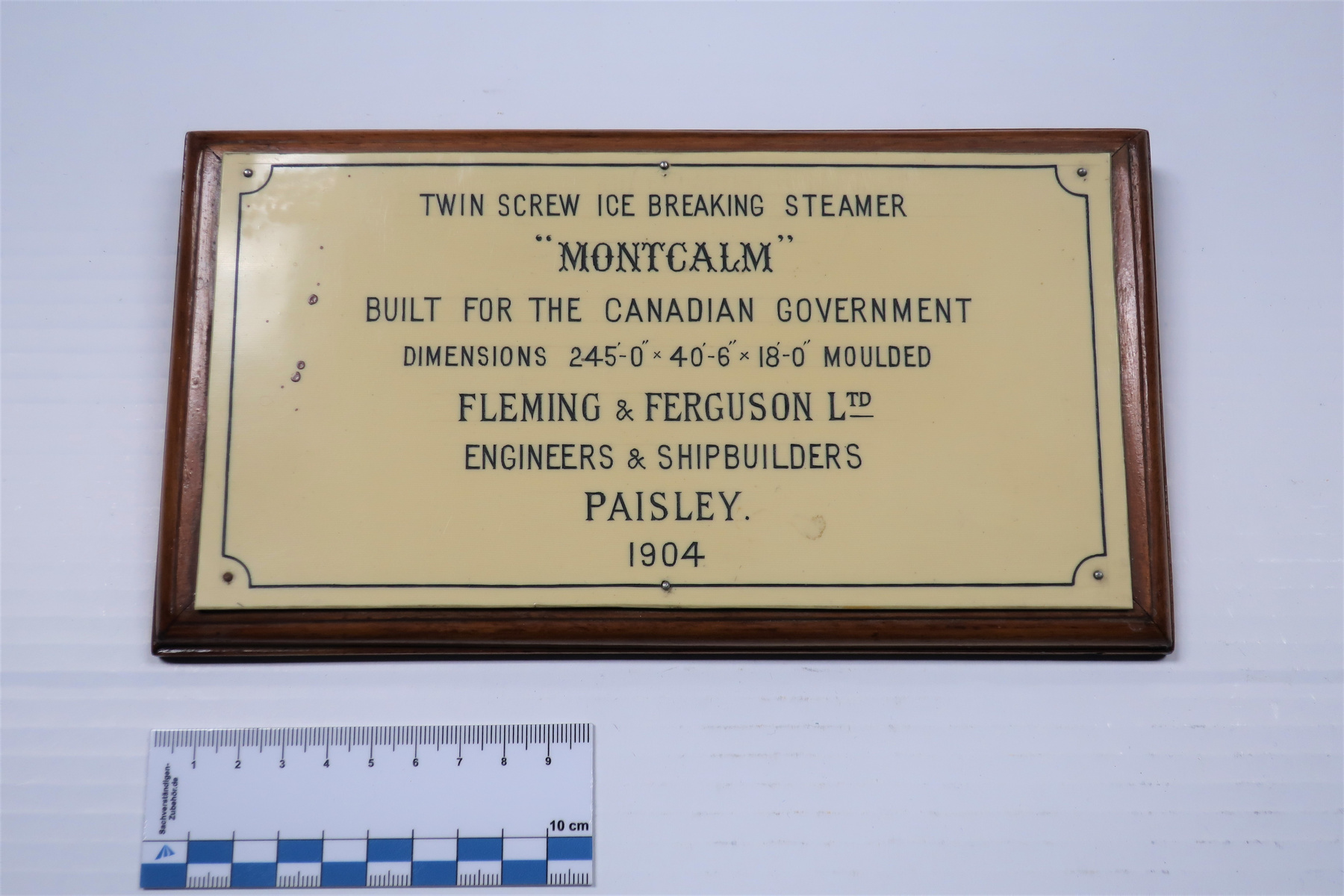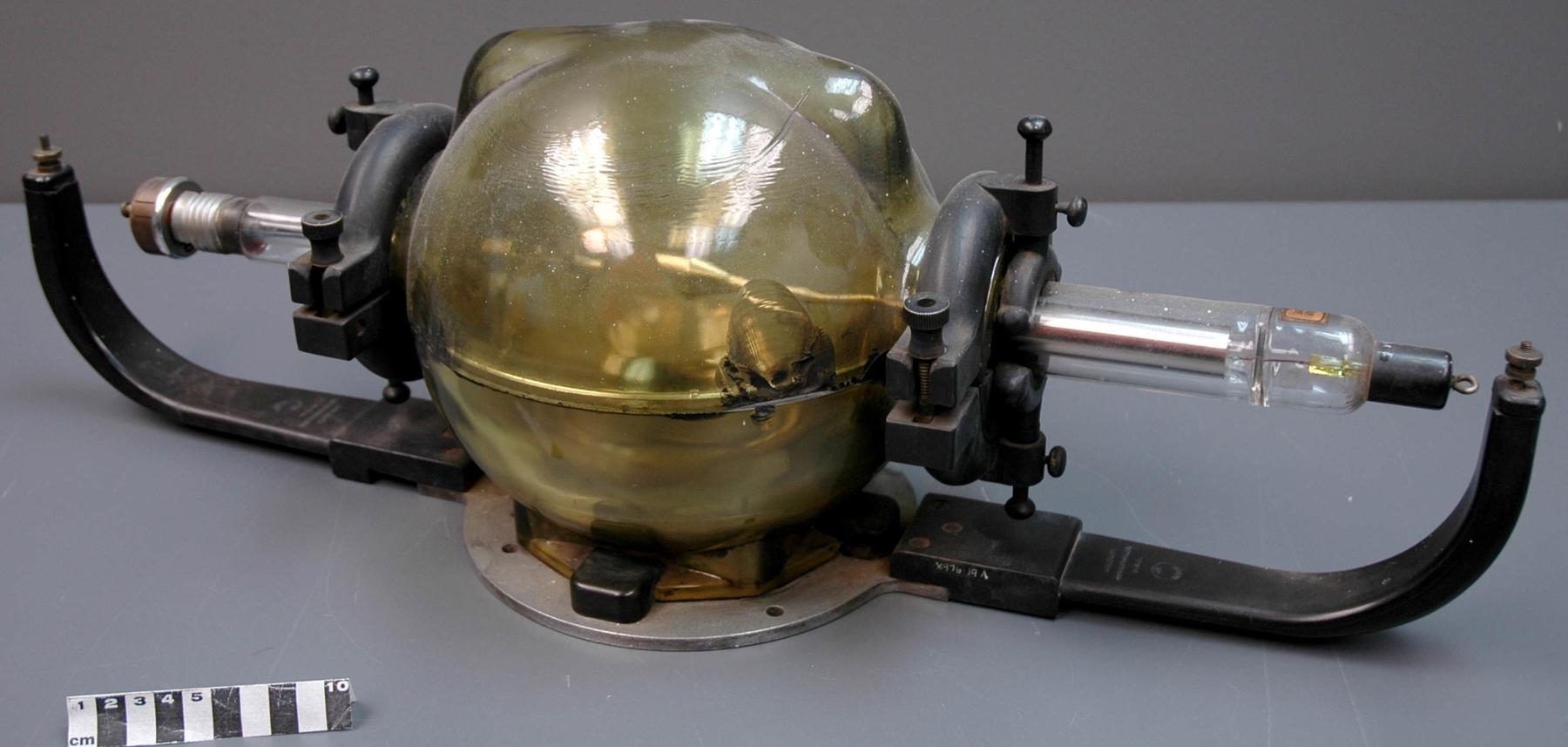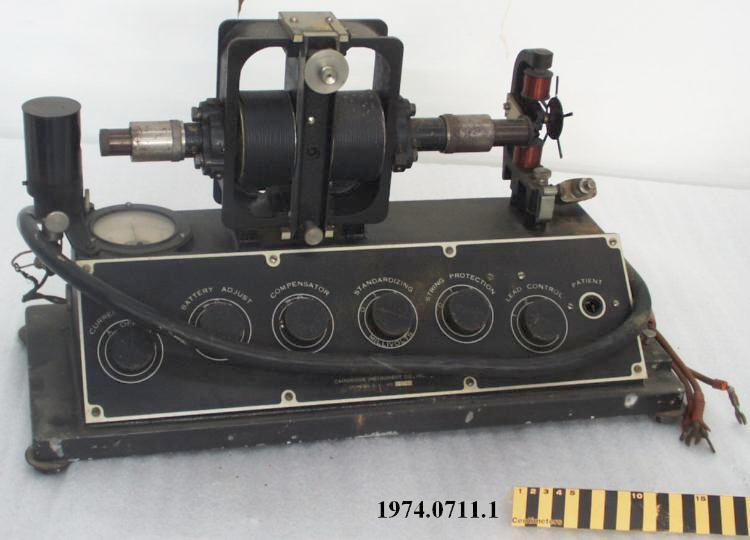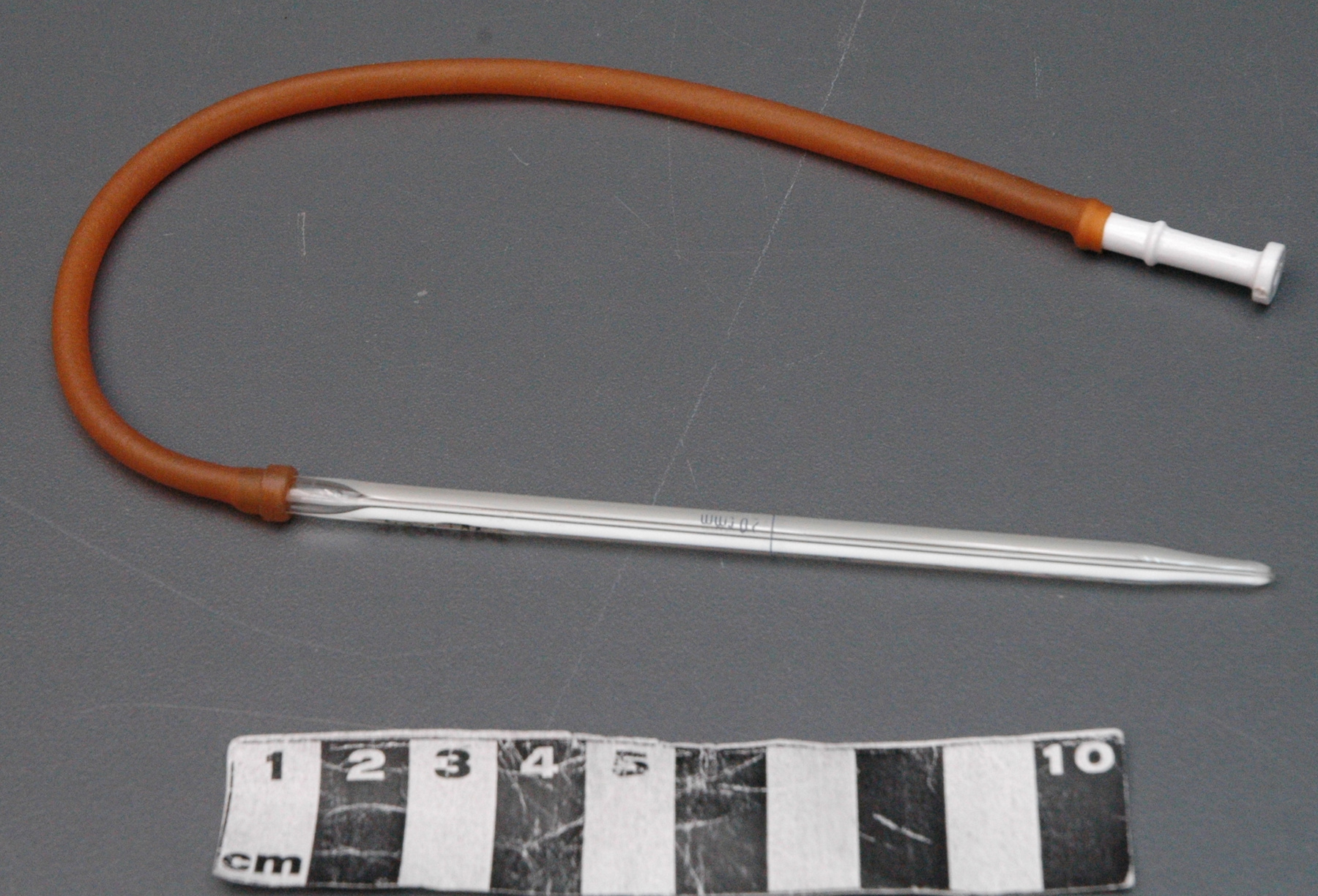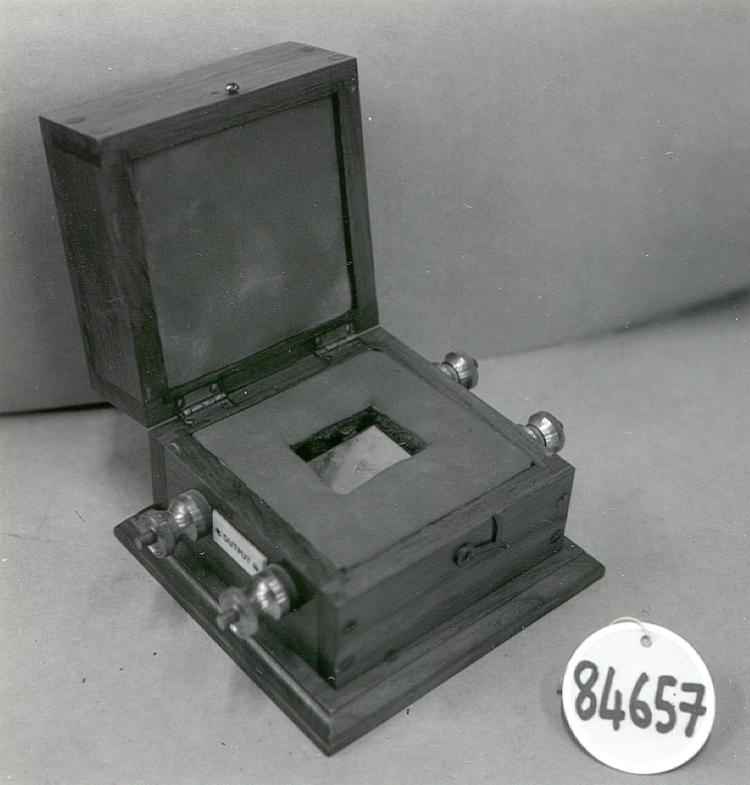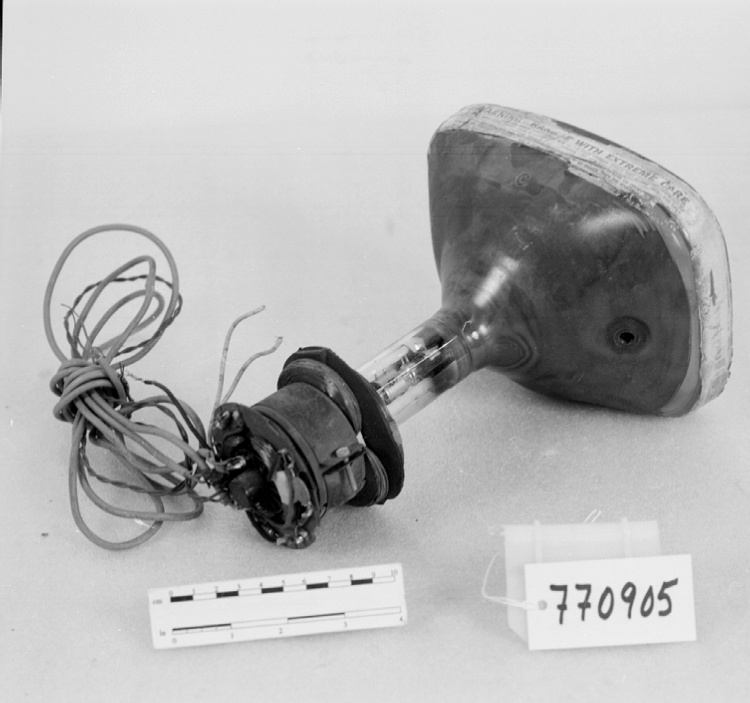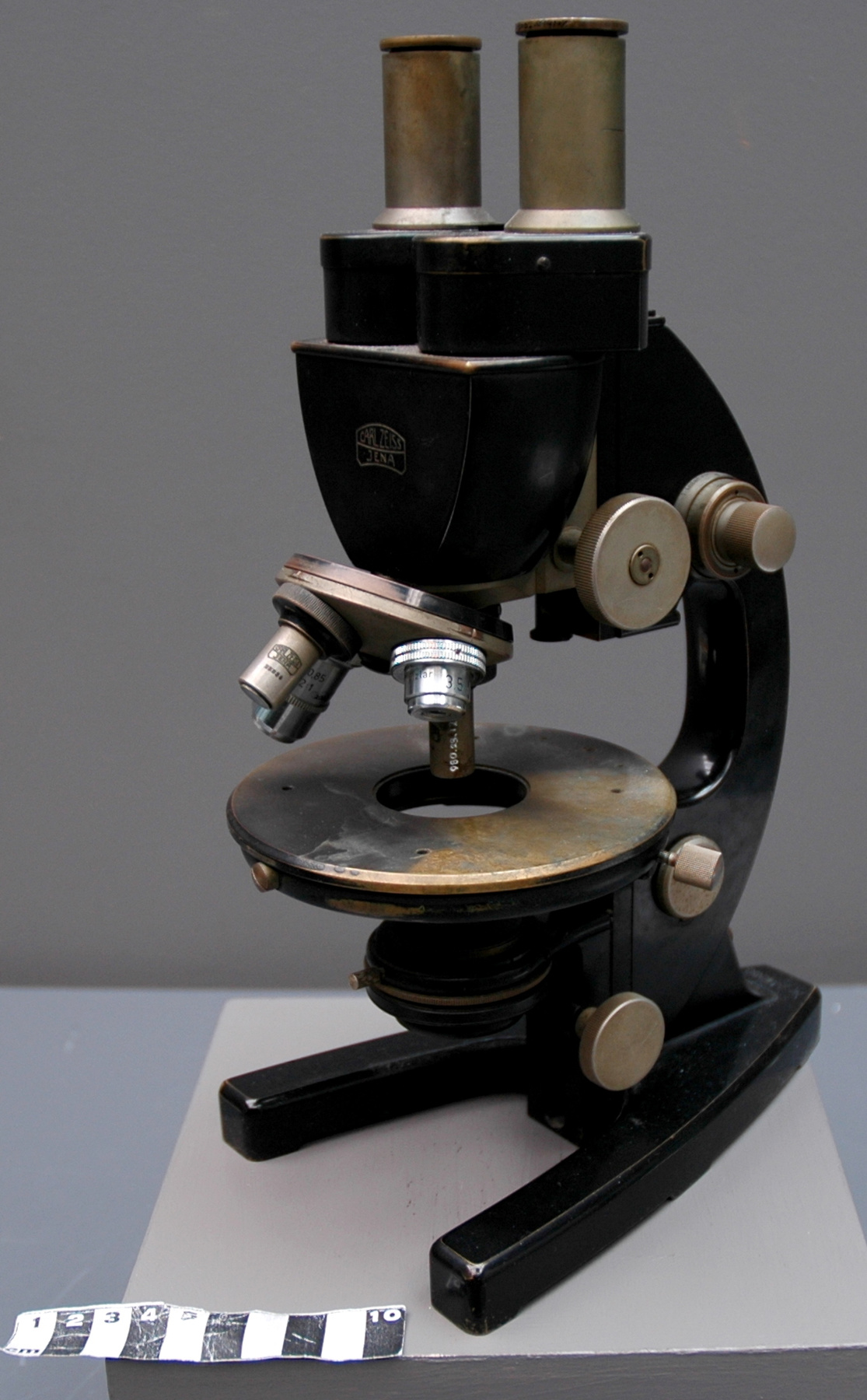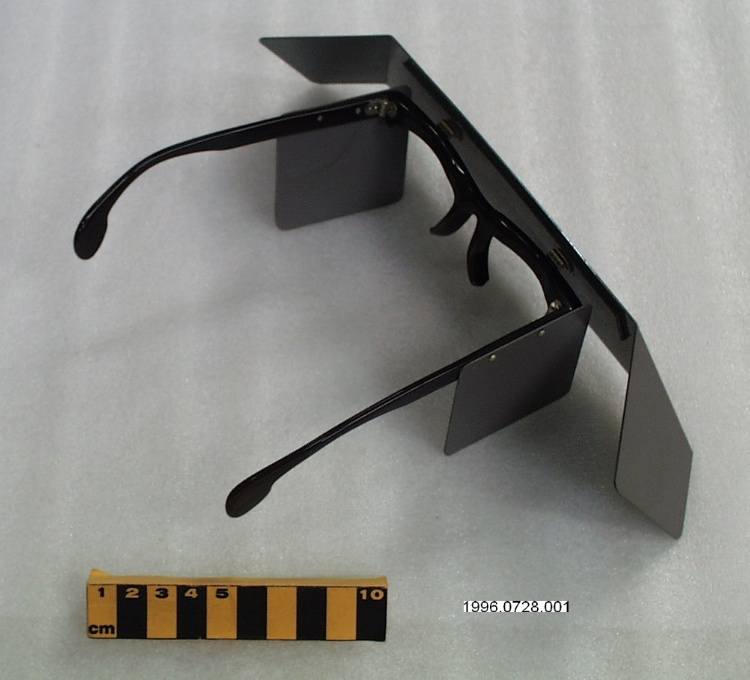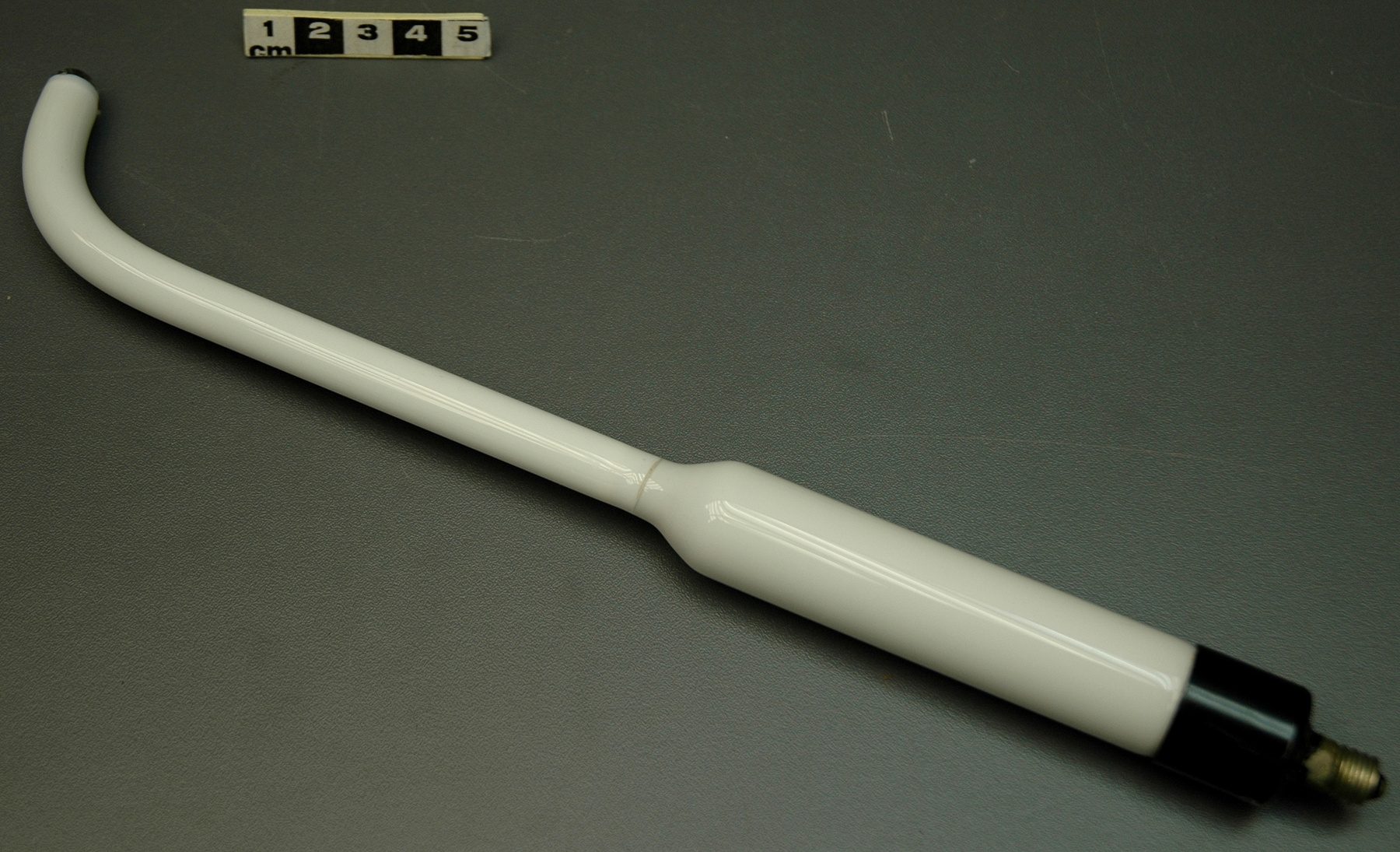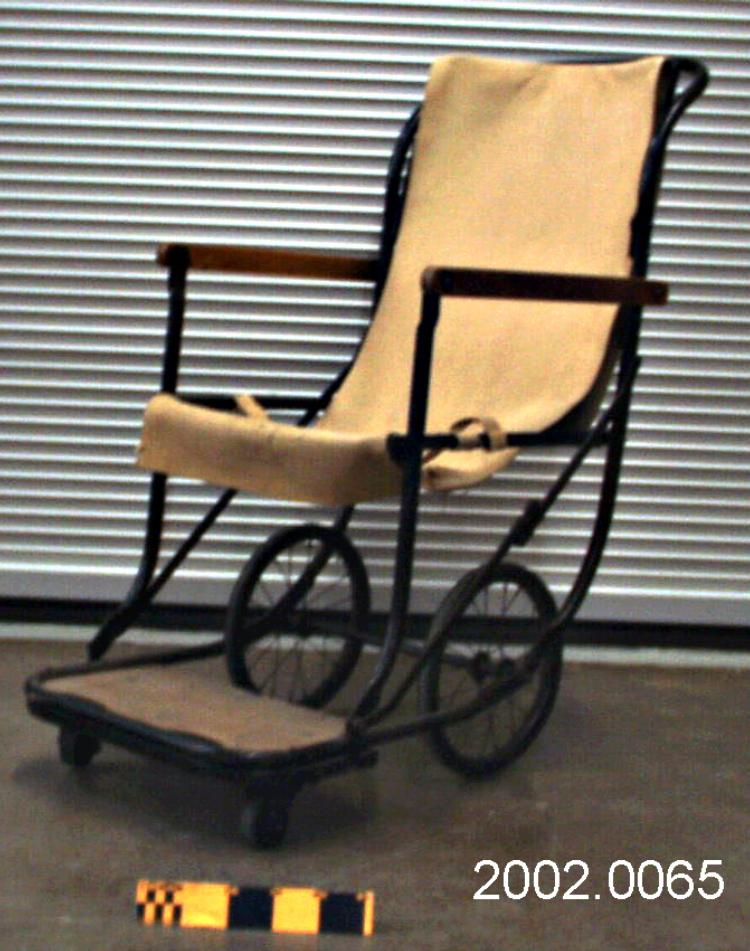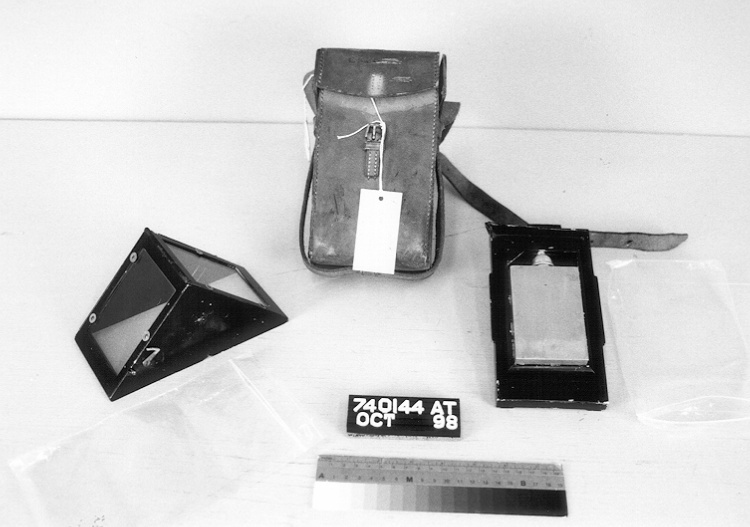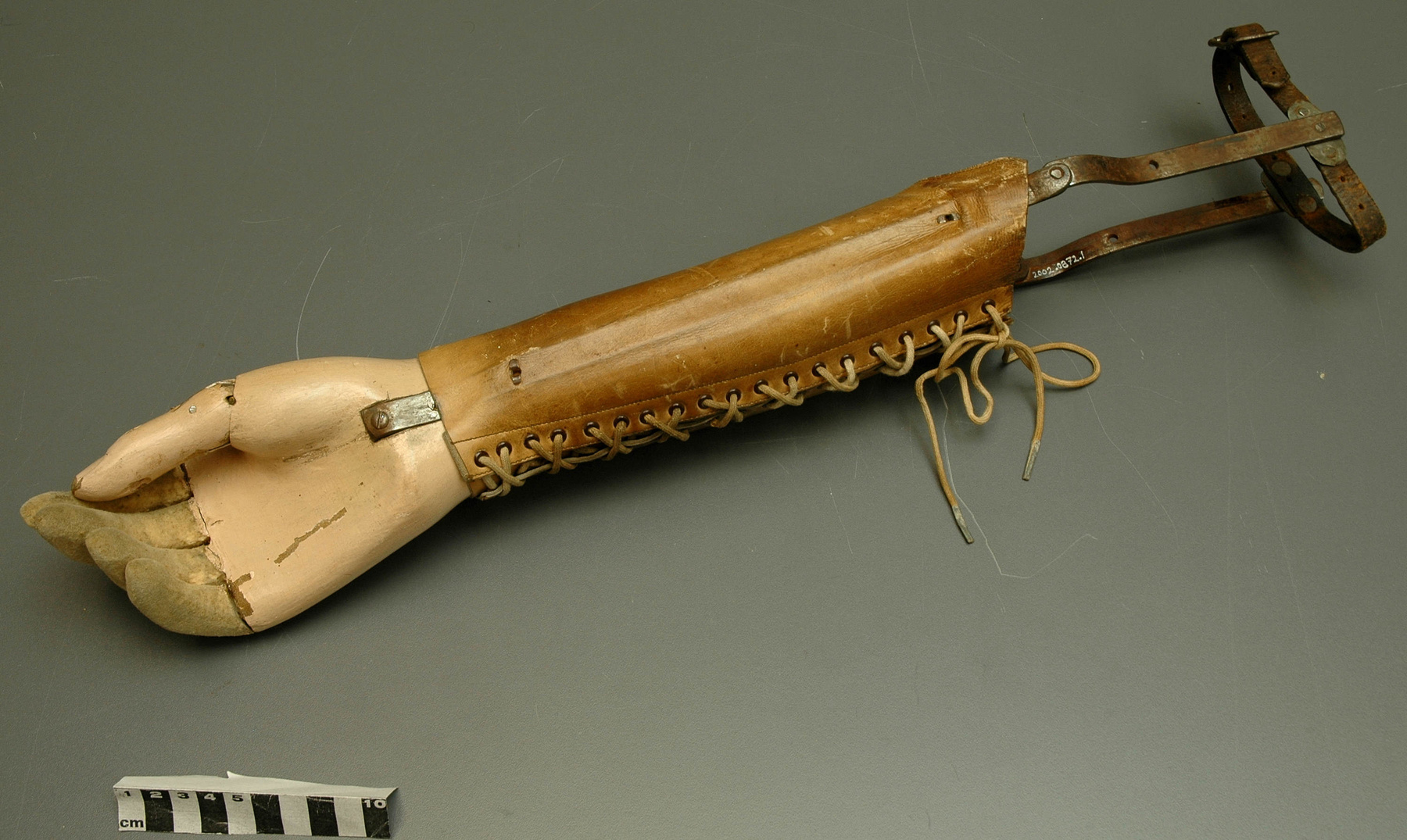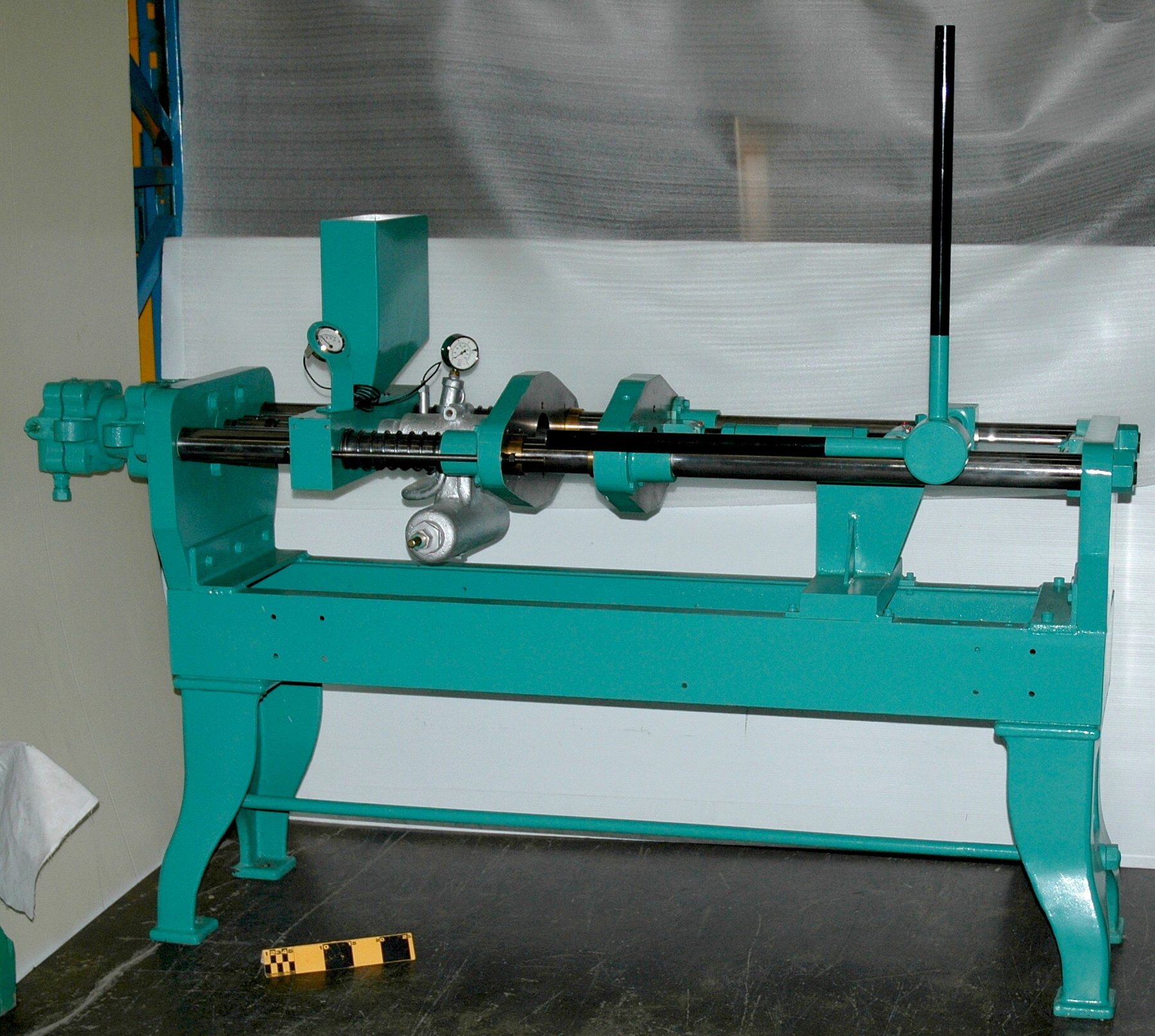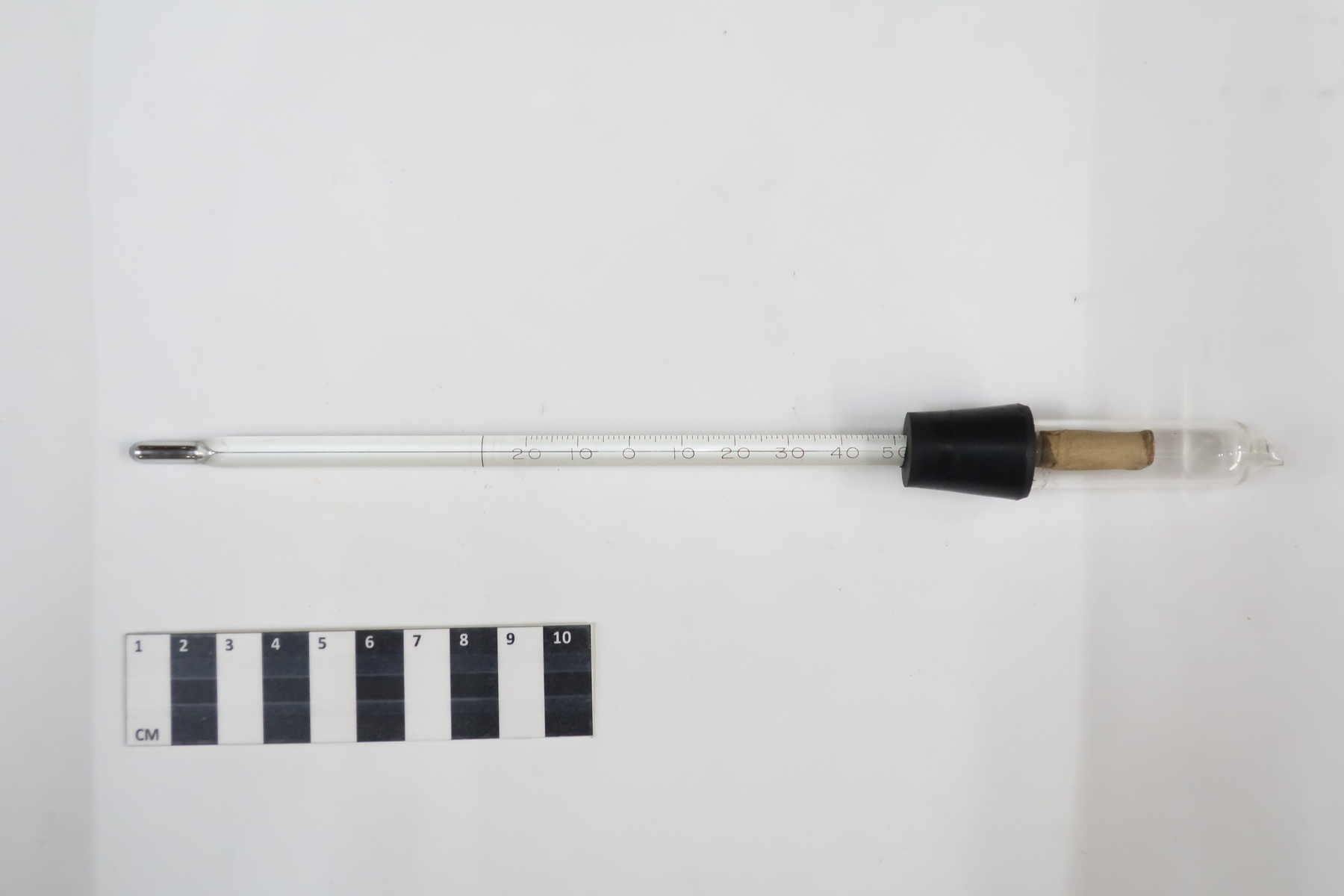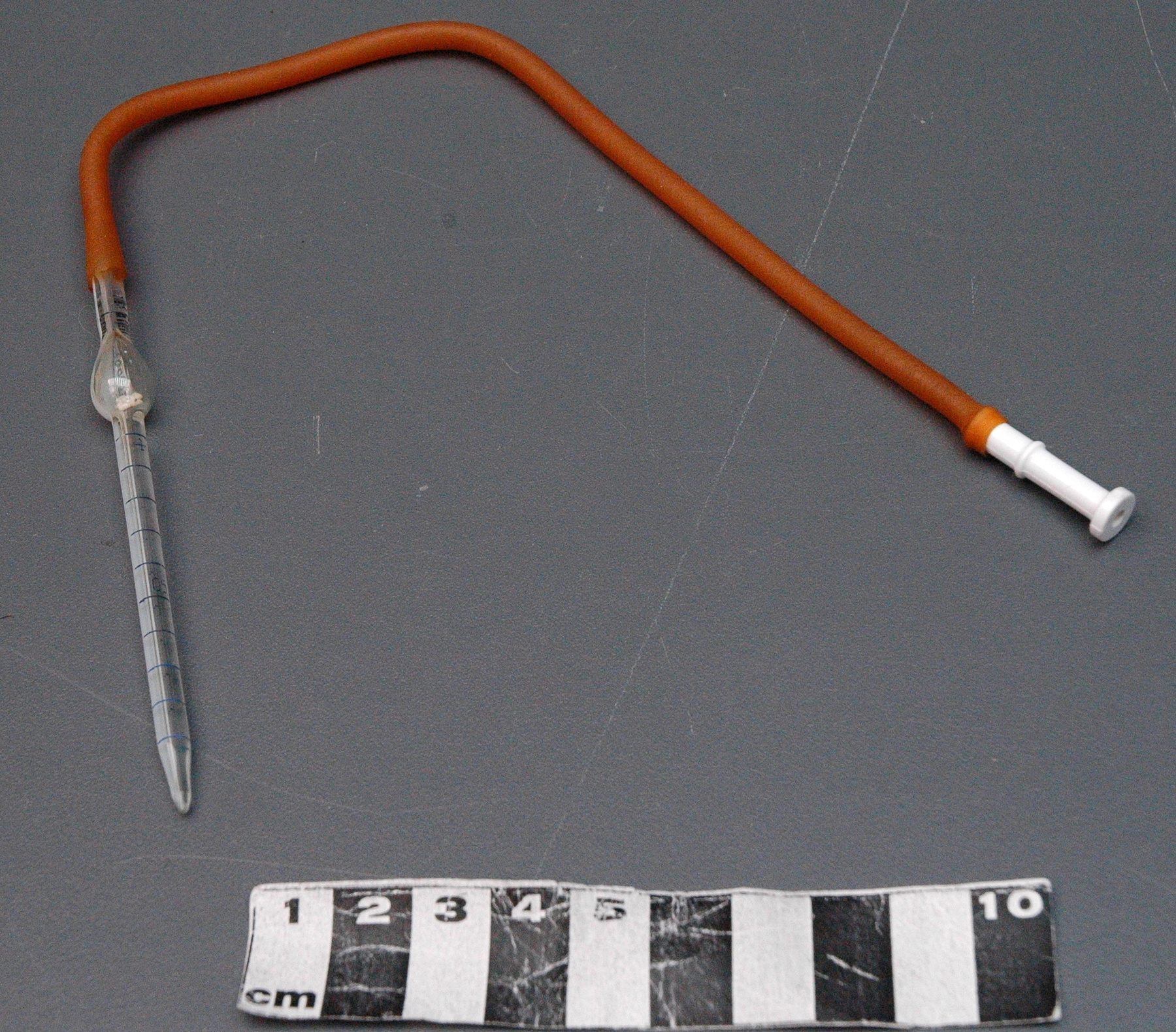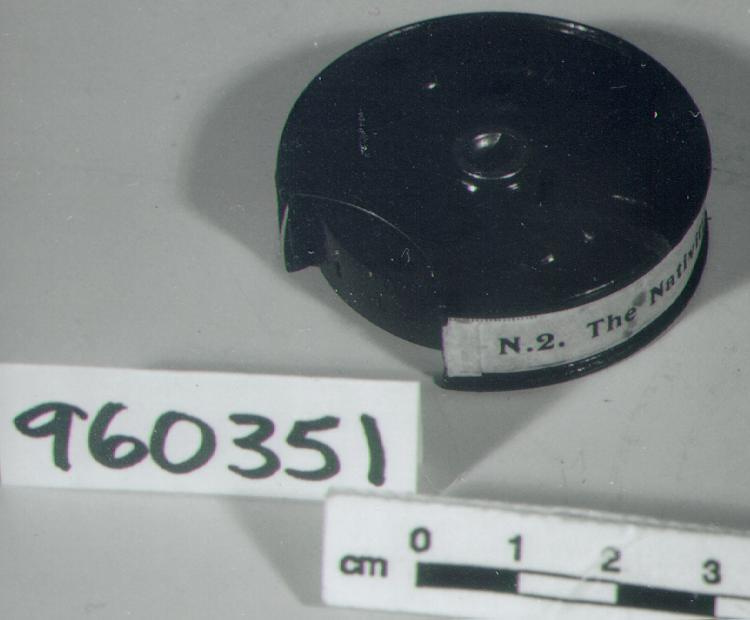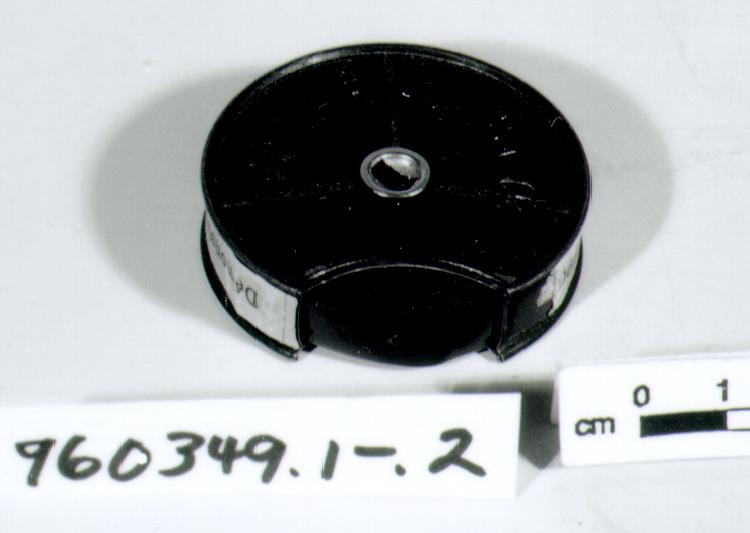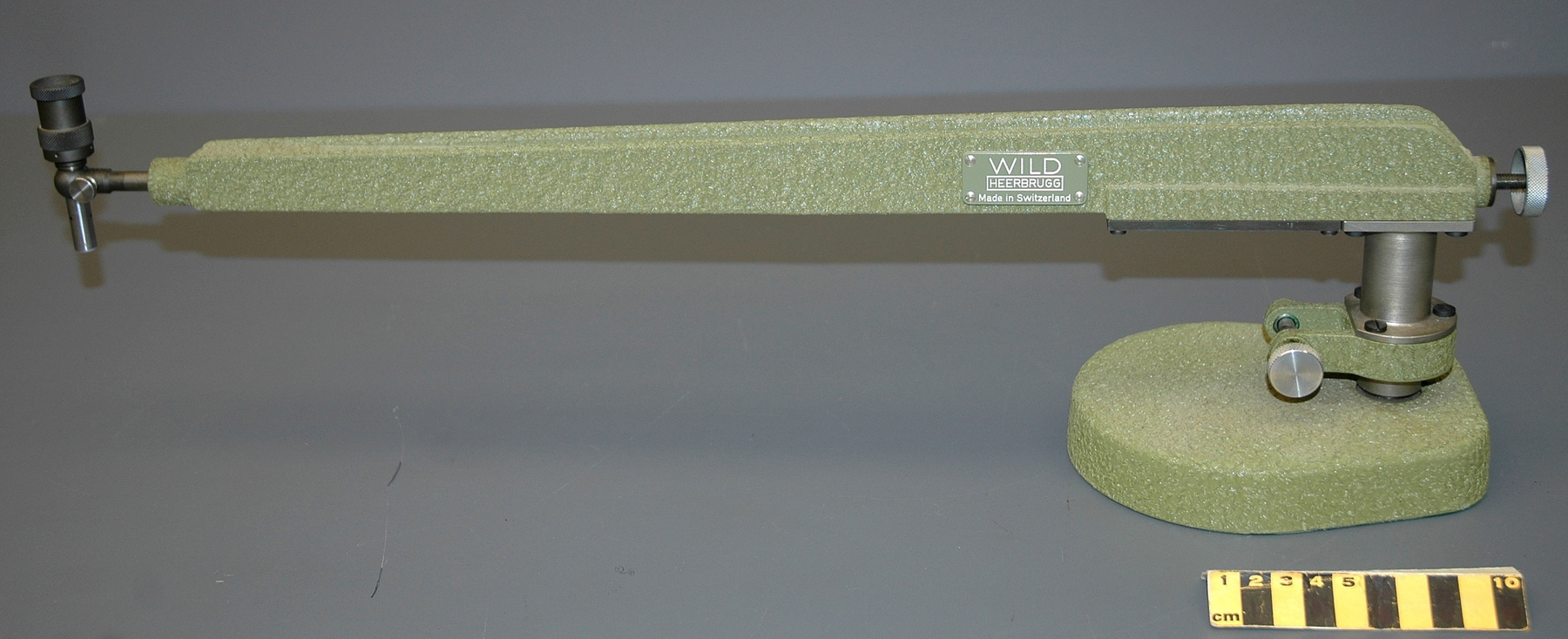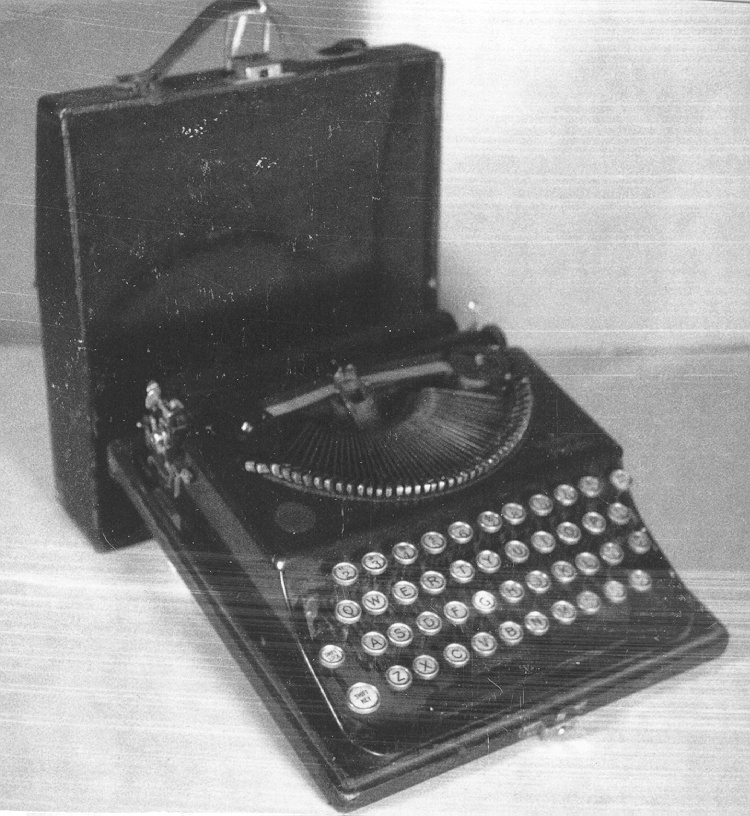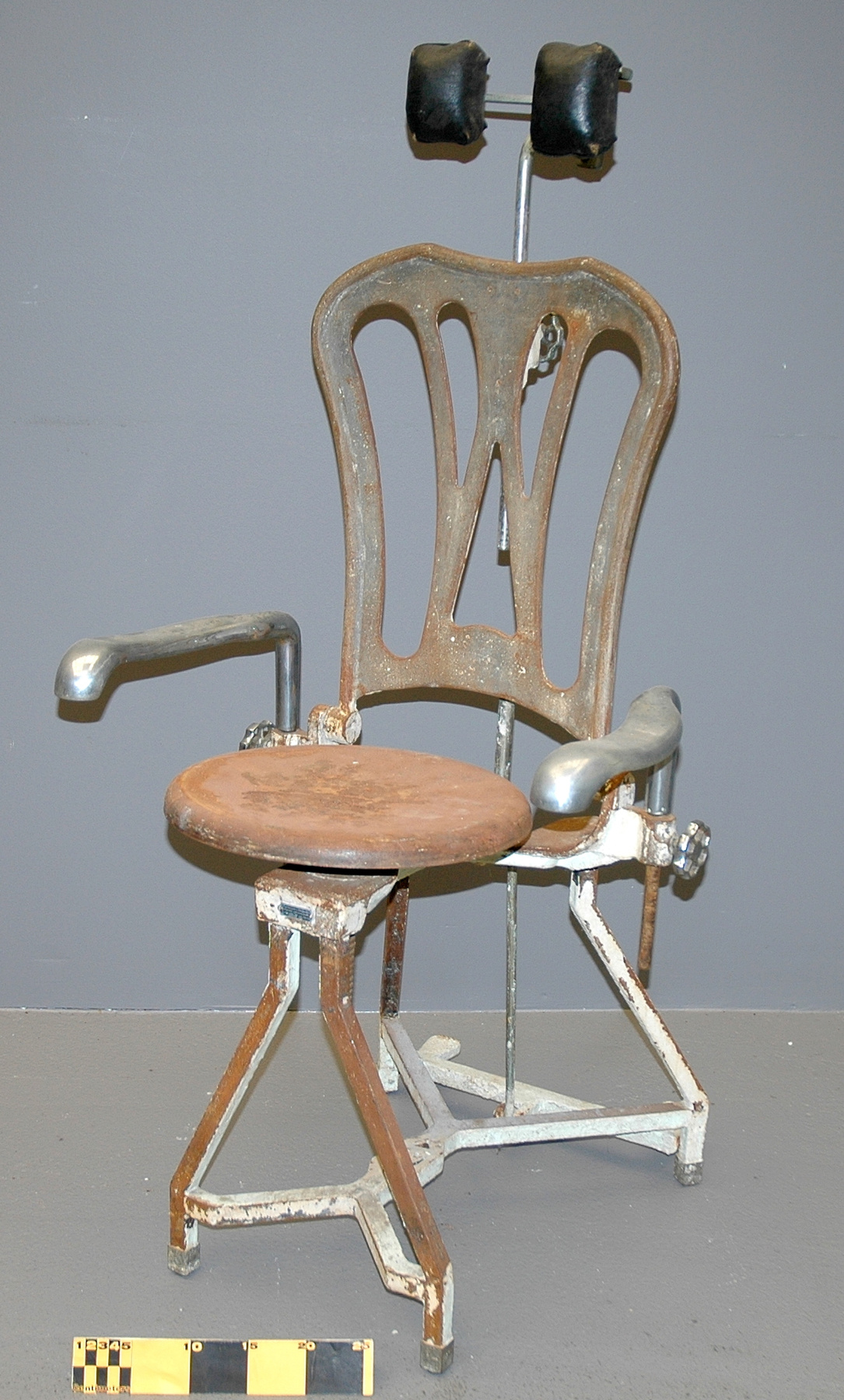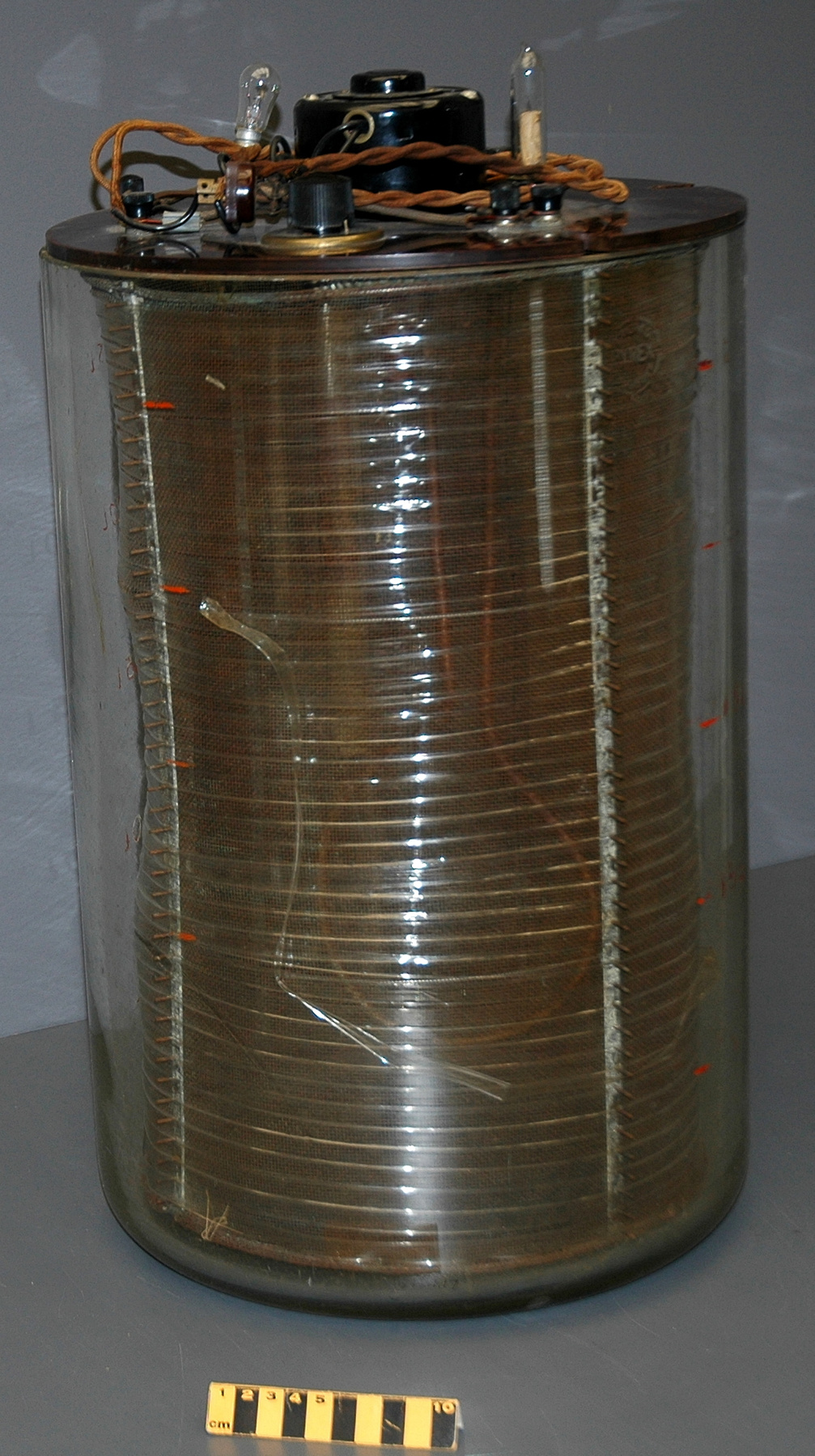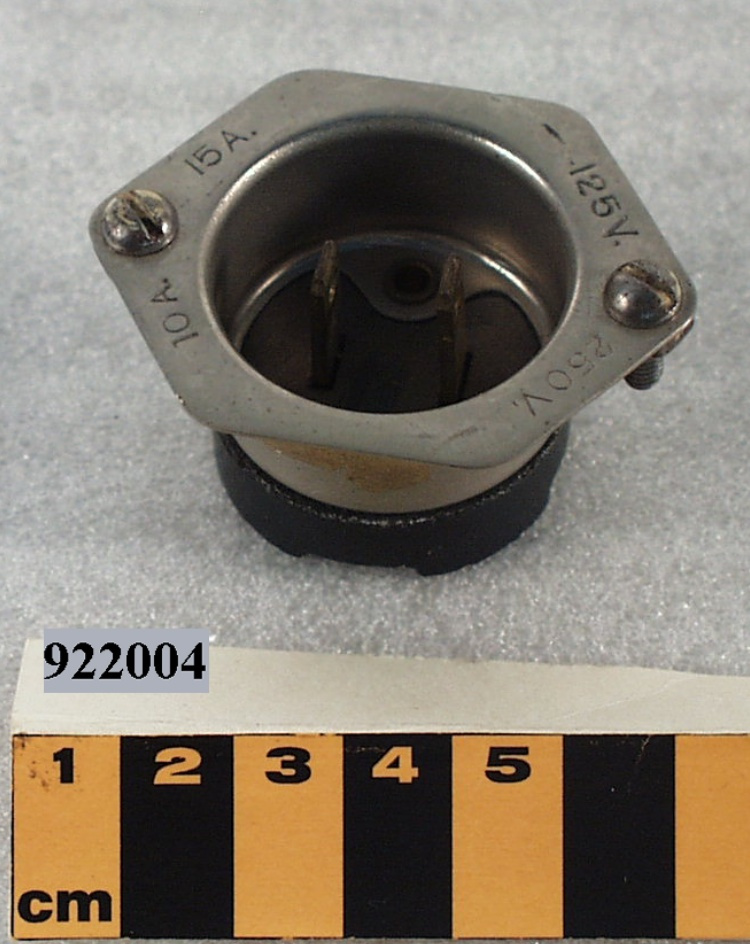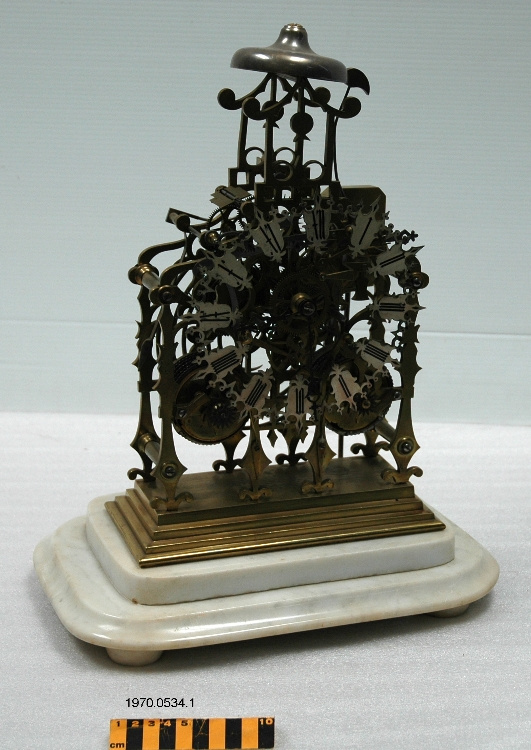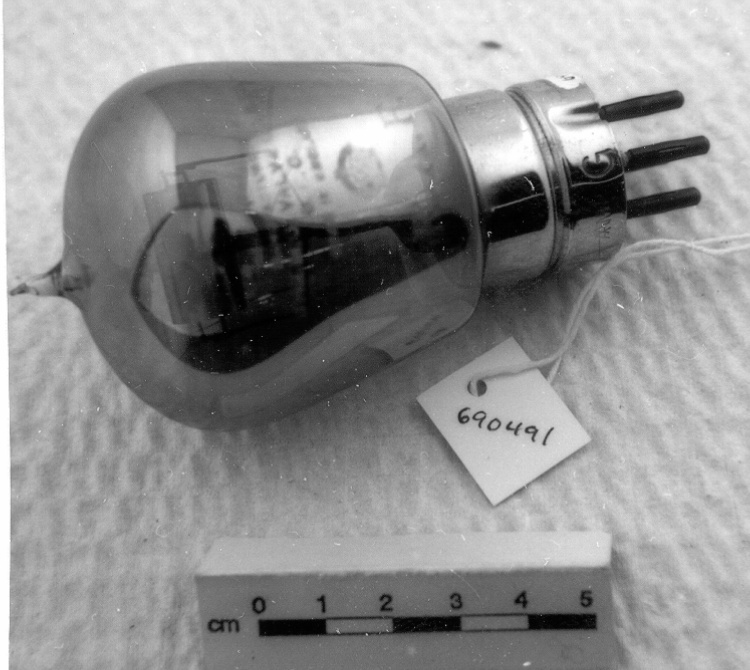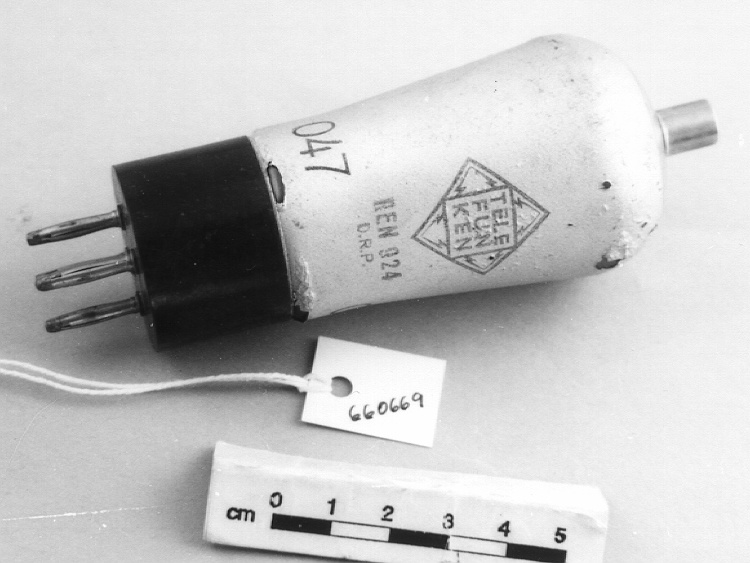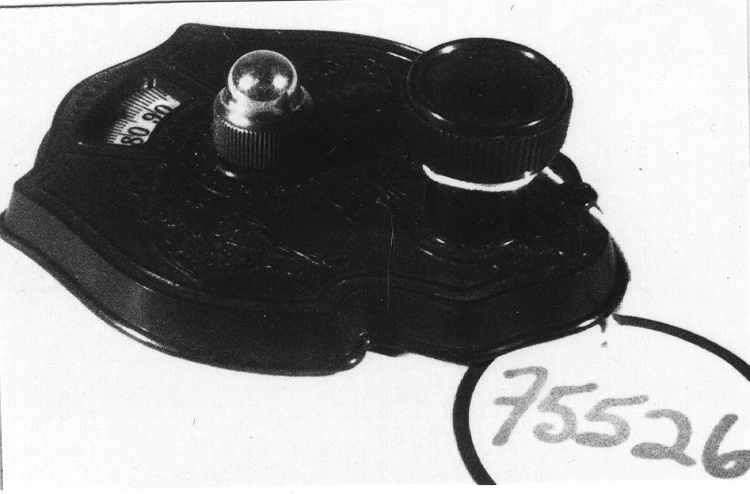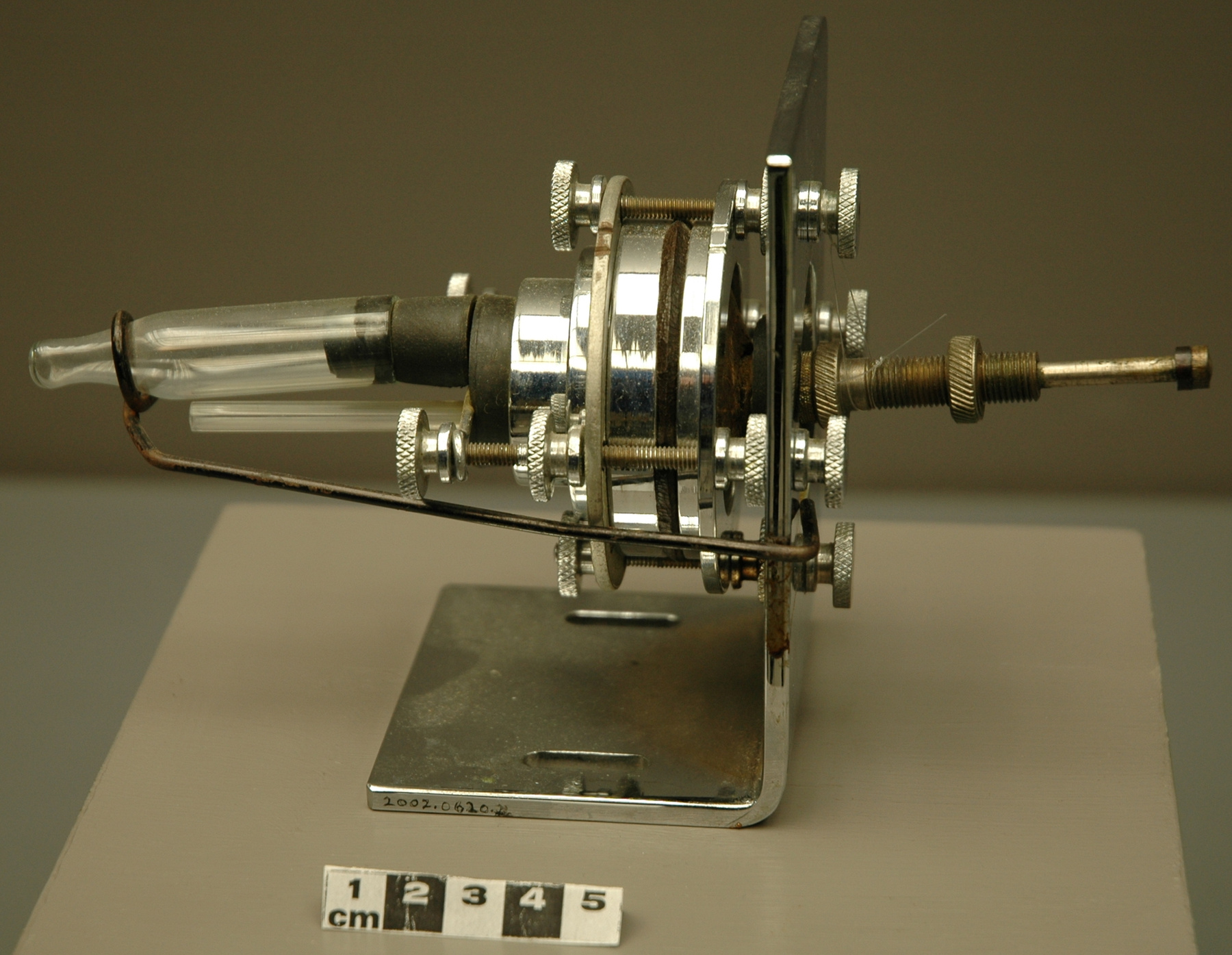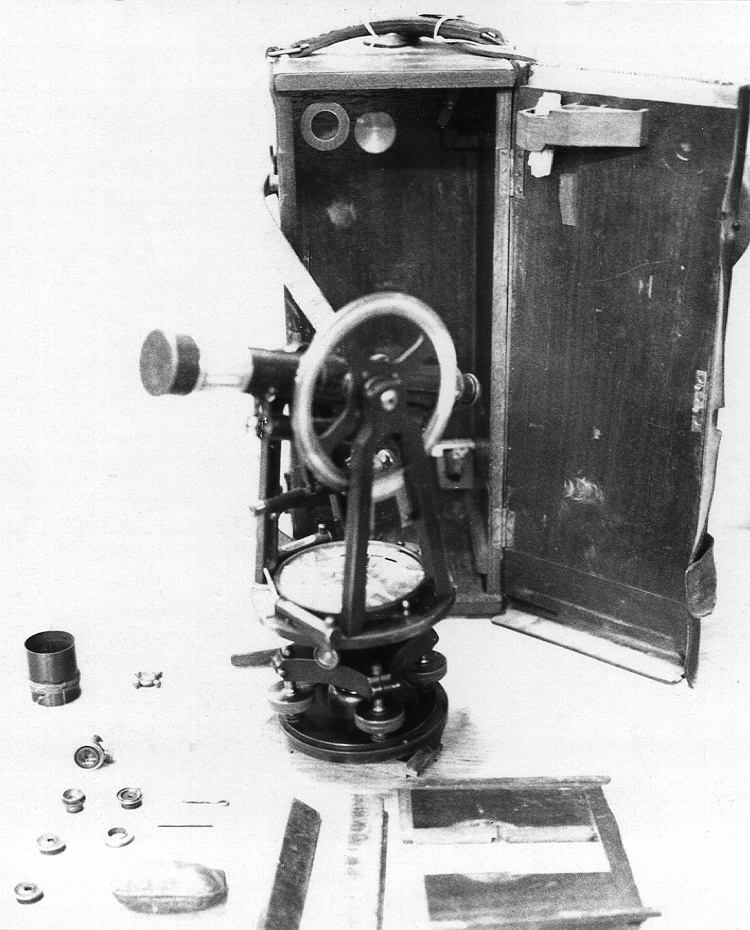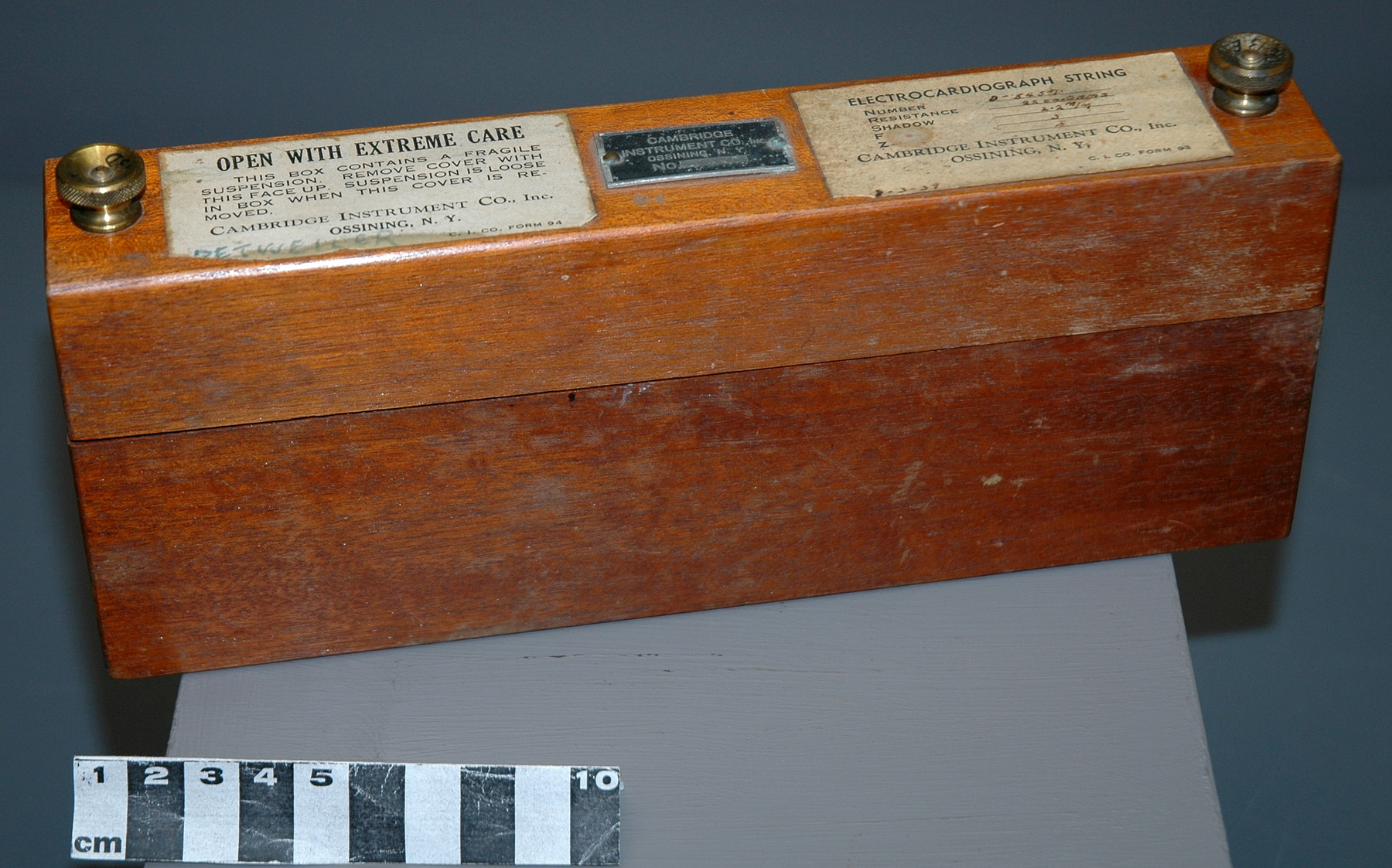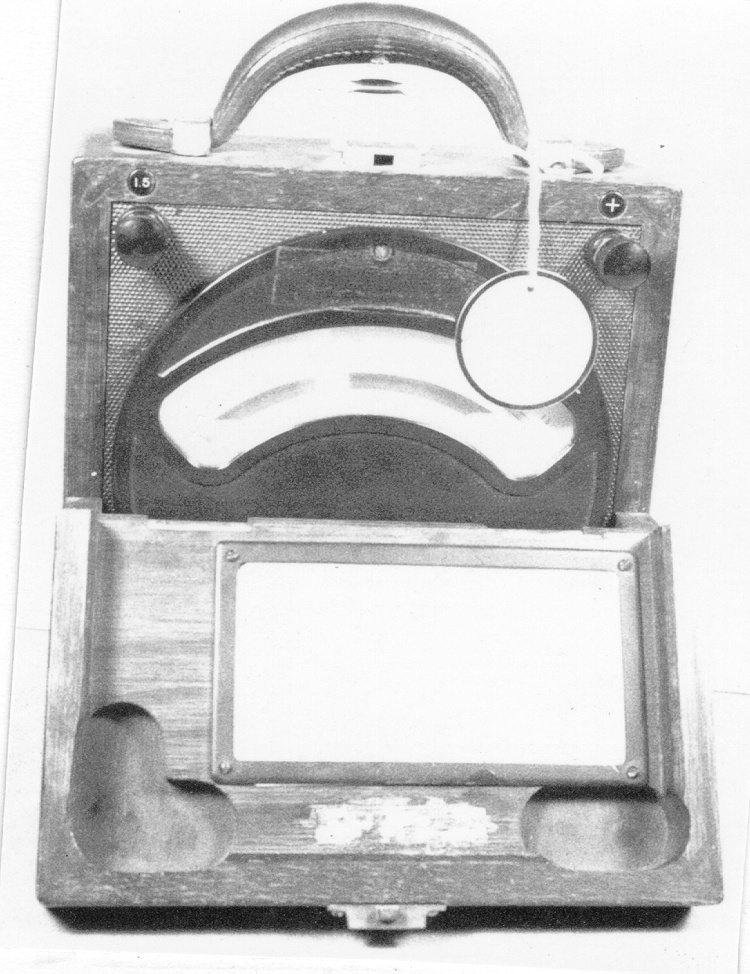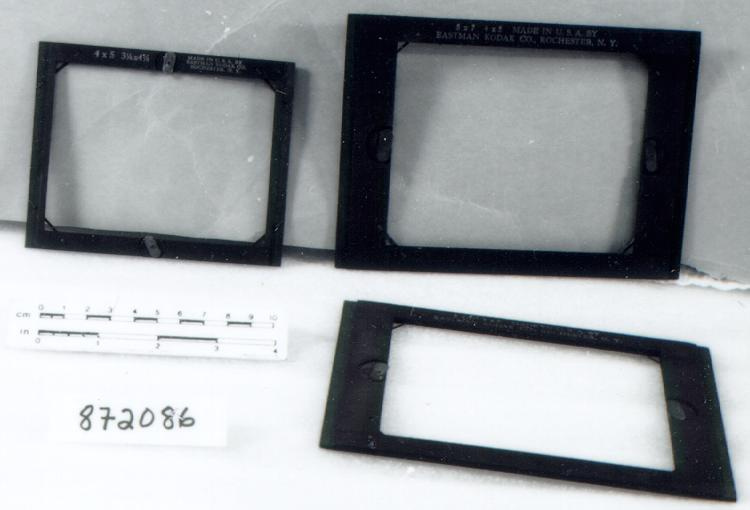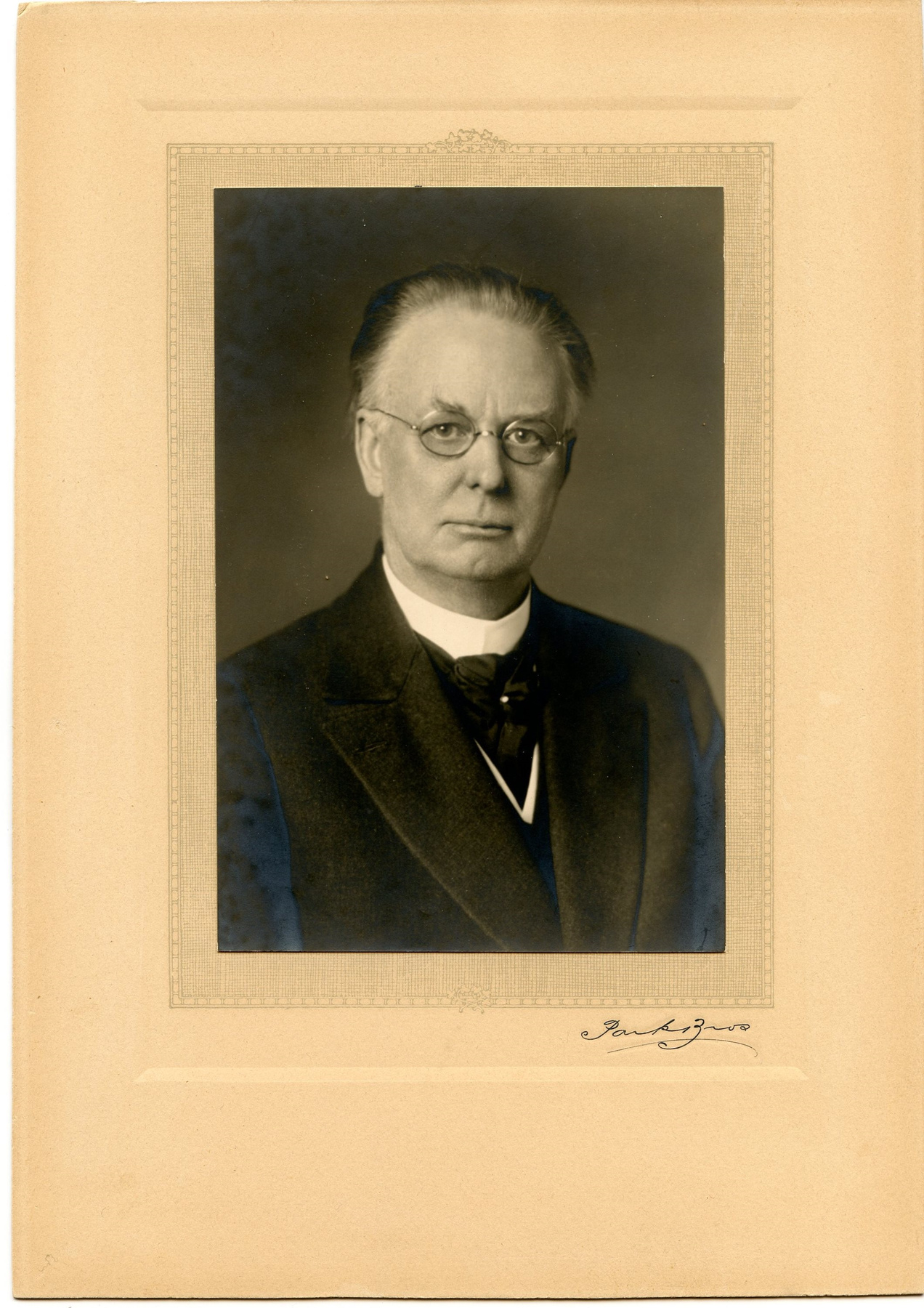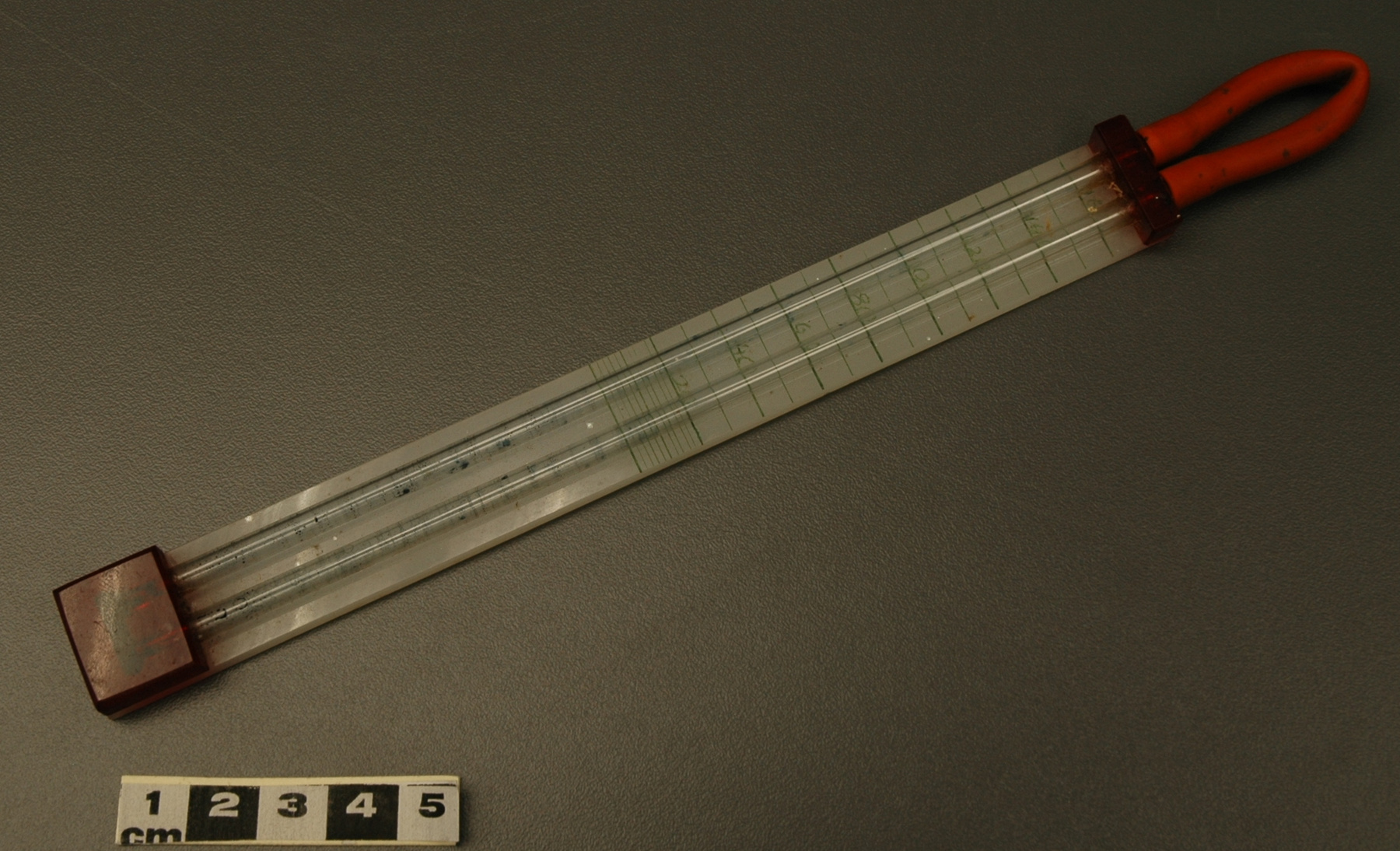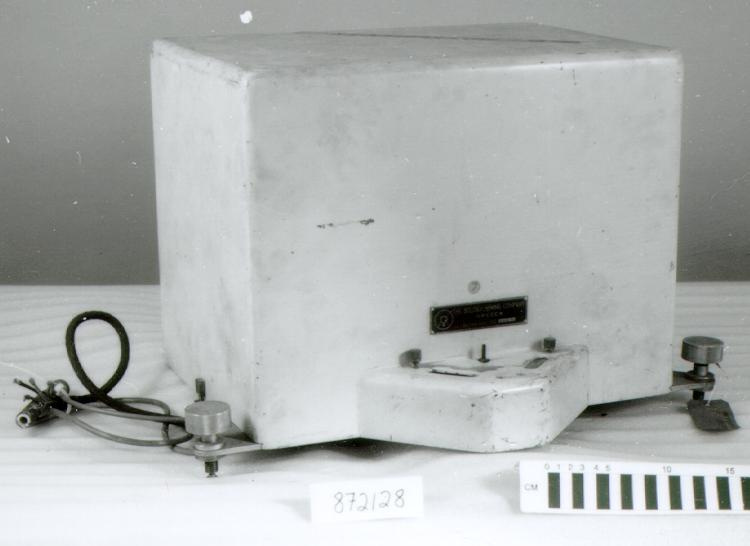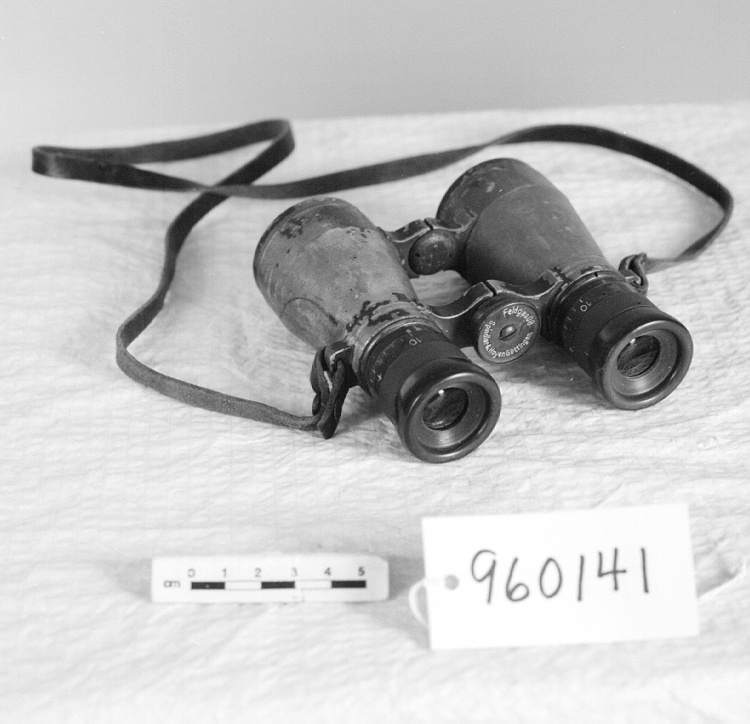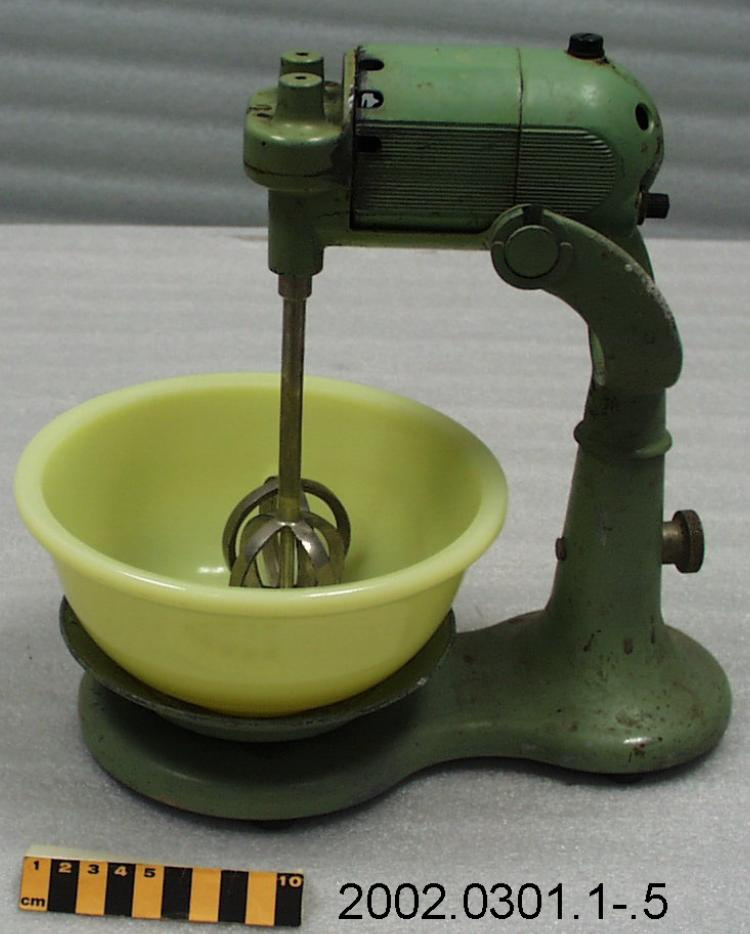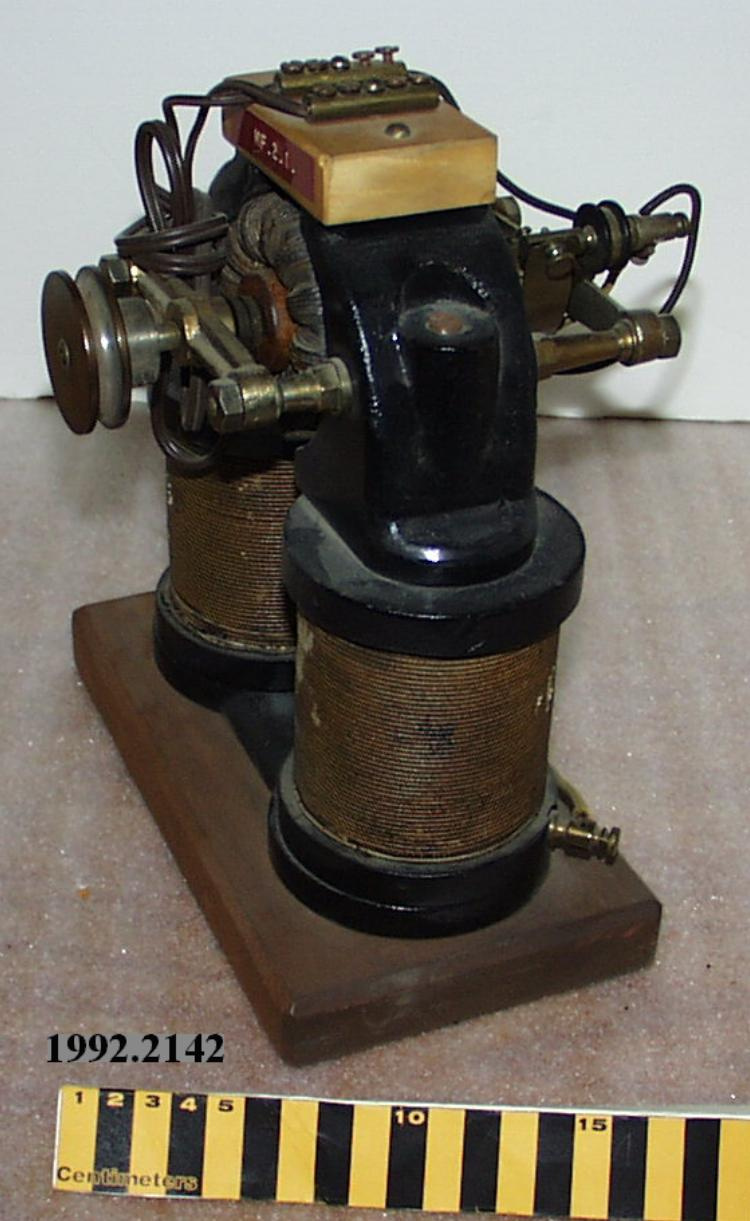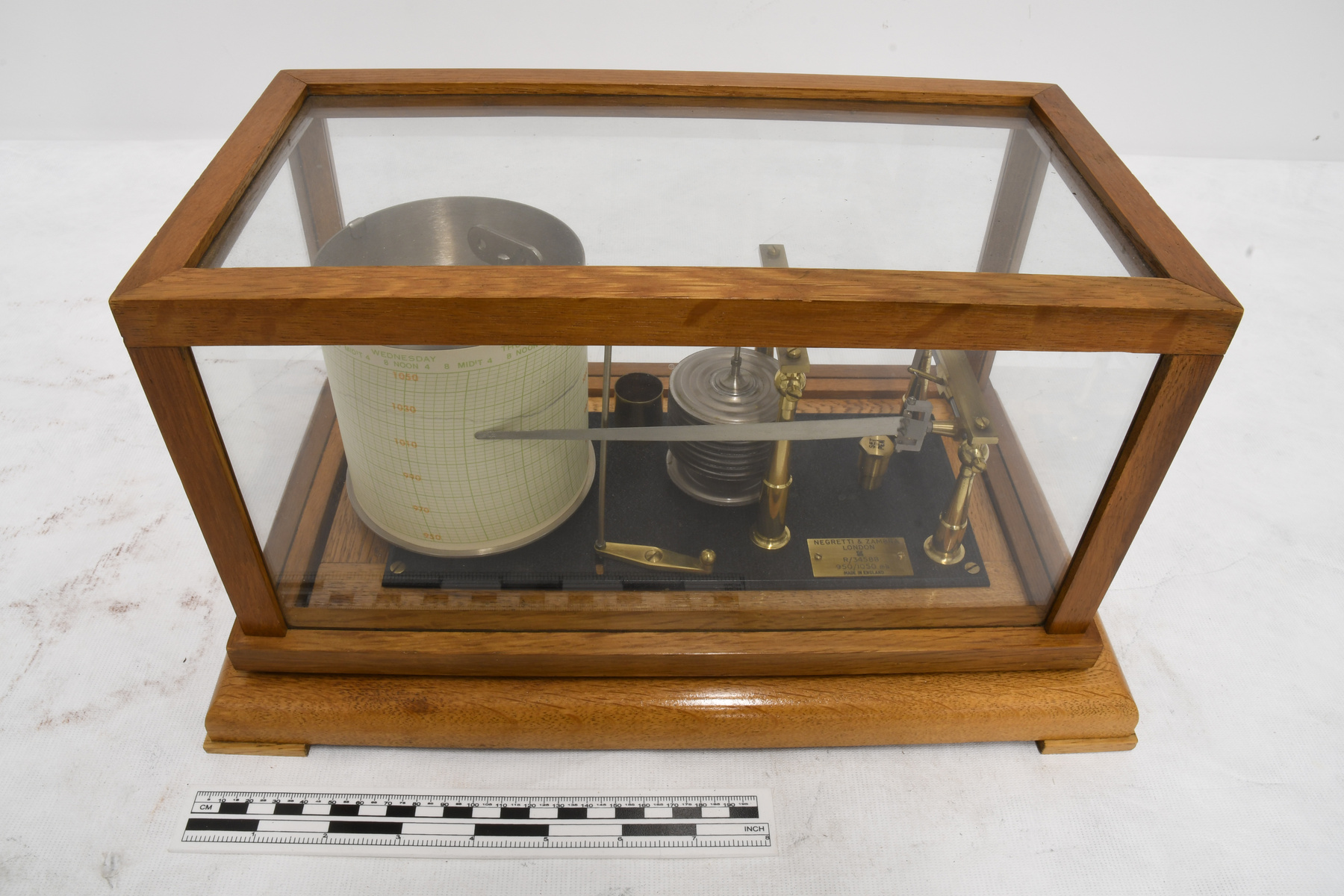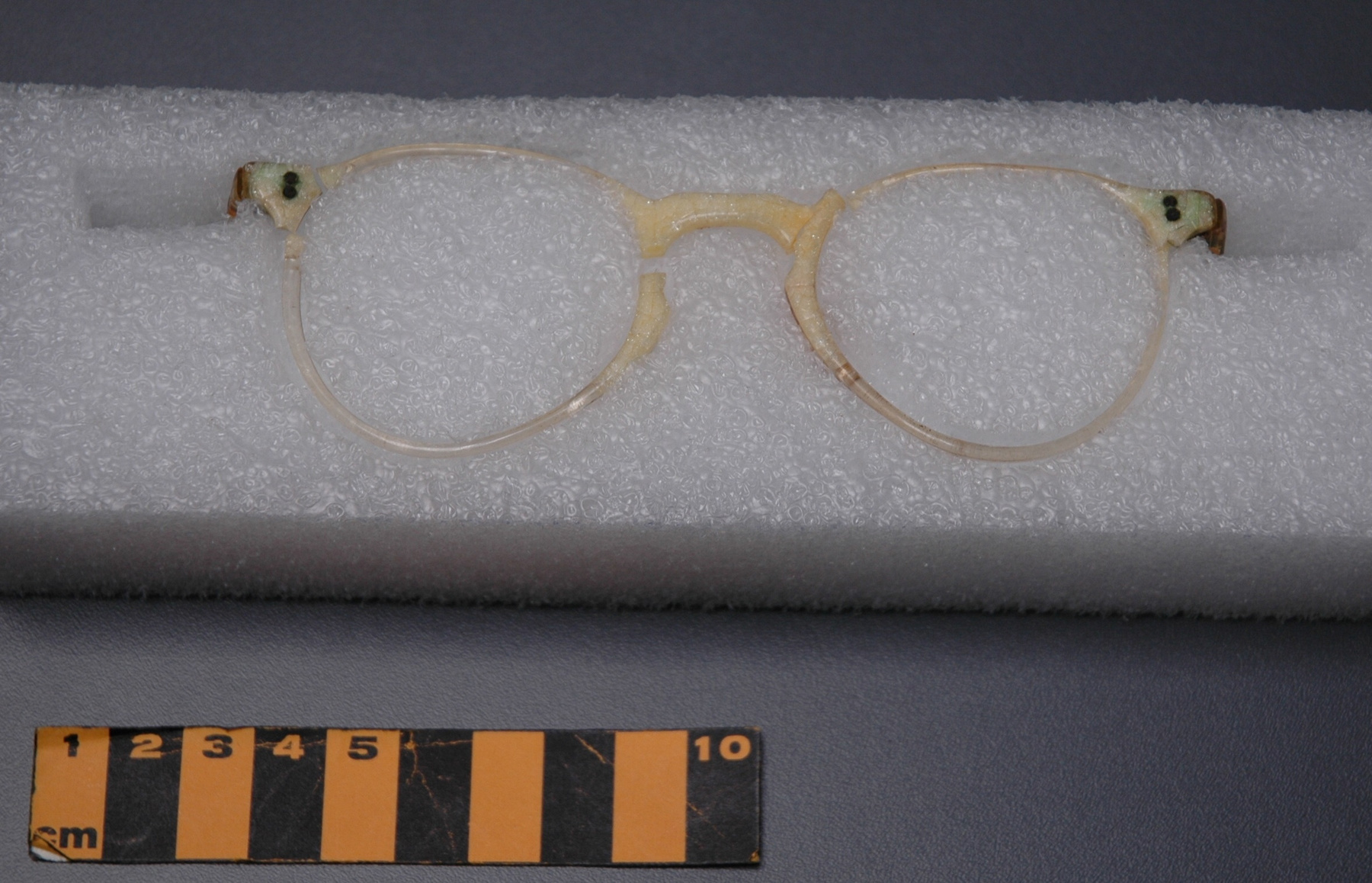Frame, eyeglass
Use this image
Can I reuse this image without permission? Yes
Object images on the Ingenium Collection’s portal have the following Creative Commons license:
Copyright Ingenium / CC BY-NC-ND (Attribution-NonCommercial 4.0 International (CC BY-NC 4.0)
ATTRIBUTE THIS IMAGE
Ingenium,
2002.0437.002
Permalink:
Ingenium is releasing this image under the Creative Commons licensing framework, and encourages downloading and reuse for non-commercial purposes. Please acknowledge Ingenium and cite the artifact number.
DOWNLOAD IMAGEPURCHASE THIS IMAGE
This image is free for non-commercial use.
For commercial use, please consult our Reproduction Fees and contact us to purchase the image.
- OBJECT TYPE
- N/A
- DATE
- 1920–1935
- ARTIFACT NUMBER
- 2002.0437.002
- MANUFACTURER
- Unknown
- MODEL
- Unknown
- LOCATION
- Unknown
More Information
General Information
- Serial #
- N/A
- Part Number
- 2
- Total Parts
- 2
- AKA
- facial mask
- Patents
- N/A
- General Description
- cellulose nitrate based frame; metal fittings
Dimensions
Note: These reflect the general size for storage and are not necessarily representative of the object's true dimensions.
- Length
- 17.4 cm
- Width
- 4.6 cm
- Height
- 3.5 cm
- Thickness
- N/A
- Weight
- N/A
- Diameter
- N/A
- Volume
- N/A
Lexicon
- Group
- Medical Technology
- Category
- Miscellaneous
- Sub-Category
- N/A
Manufacturer
- AKA
- Unknown
- Country
- Unknown
- State/Province
- Unknown
- City
- Unknown
Context
- Country
- Unknown
- State/Province
- Unknown
- Period
- This display probably assembled and subsequently used late1920s- 1930s.
- Canada
-
Display presumably made by Dept. of Veterans Affairs, probably following WW1. Prior to 1973, this display was loaned to the museum at the Academy of Medicine by the D.A. via the Princess Margaret Hospital, Toronto. (Ref. 3) - Function
-
Unknown - Technical
-
Concentrated efforts made, particularly in Great Britain and North America, to develop practical, functional prostheses was largely driven by casualties of Great War. The sheer numbers of combatants and civilians requiring reconstructive surgery and the fitting of artificial limbs, including eyes, combined with advances in techniques and materials, taught medical practioners much and led to innovative designs and a better overall understanding of patients' needs. This display was probably fabricated during later 1920s- early 1930s. It incorporates some synthetic materials, including a cellulose nitrate based eyeglass frame, but the artificial eyes are made of glass. Synthetics began to be widely used for making of artificial eyes in 1940s. Ironically, prior to WWII, most glass artificial eyes were made in Germany, using methods not well known or understood in N. America. It was largely because of hostilities with Germany that research into the use of synthetics for the making of artificial eyes was accelerated. Glass artificial eyes must be blown in a flame, are extremely fragile, and when completed can not be polished or altered in any way. (Ref. 4) - Area Notes
-
Unknown
Details
- Markings
- None evident.
- Missing
- Frame arms deliberately shortened, to facilitate mounting on display board: portion of each arm is missing. NB: Frame is extremely fragile, with many cracks and several areas of loss. Mounted within supportive case for long term storage.
- Finish
- Opaque synthetic (cellulose nitrate based) frame has metal screws securing arms to front; metal wires reinforce arms.
- Decoration
- N/A
CITE THIS OBJECT
If you choose to share our information about this collection object, please cite:
Unknown Manufacturer, Frame, eyeglass, circa 1920–1935, Artifact no. 2002.0437, Ingenium – Canada’s Museums of Science and Innovation, http://collections.ingeniumcanada.org/en/id/2002.0437.002/
FEEDBACK
Submit a question or comment about this artifact.
More Like This
